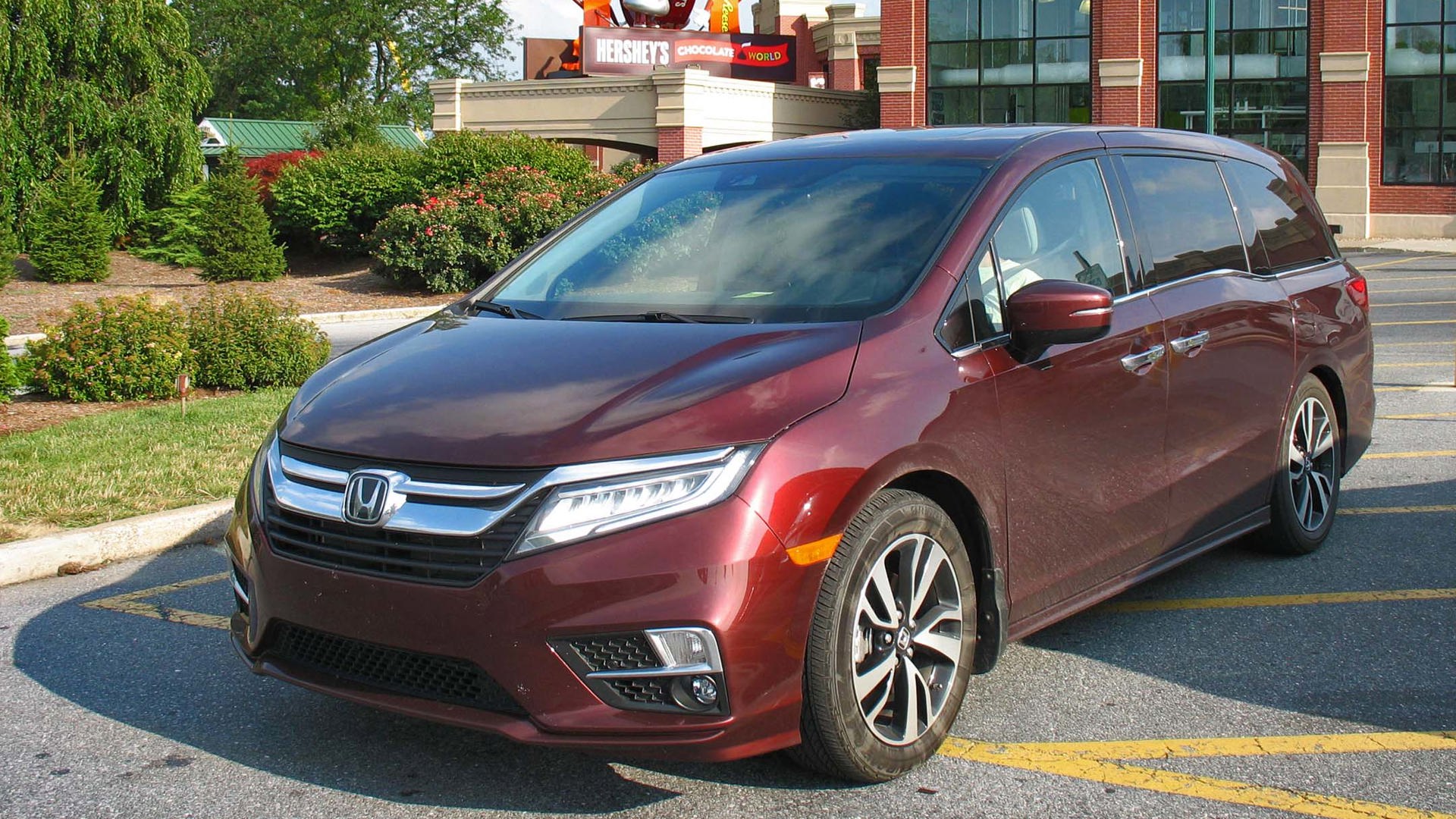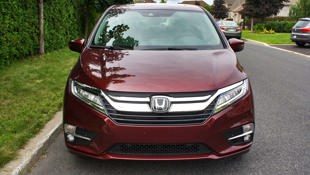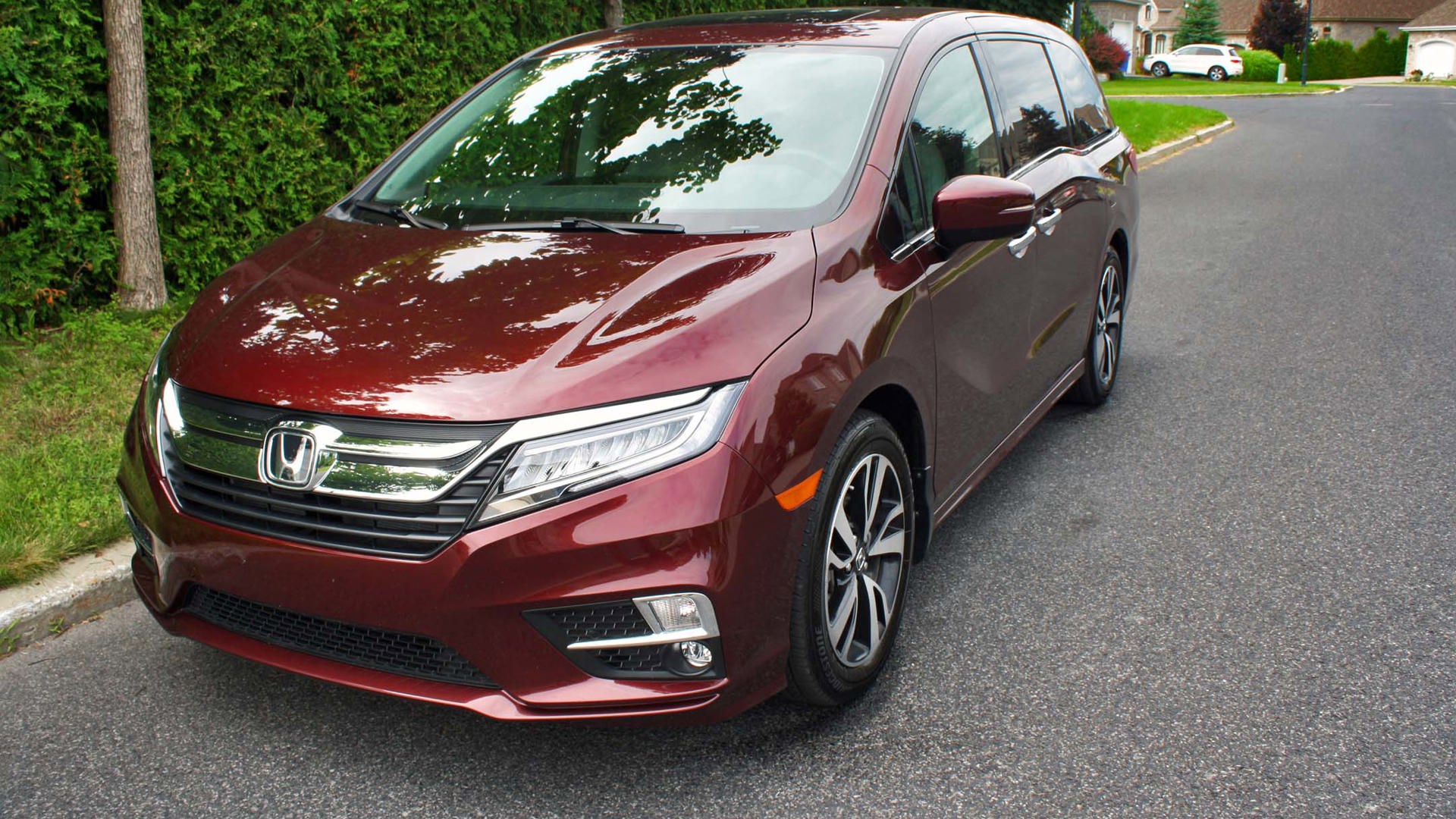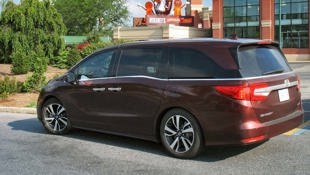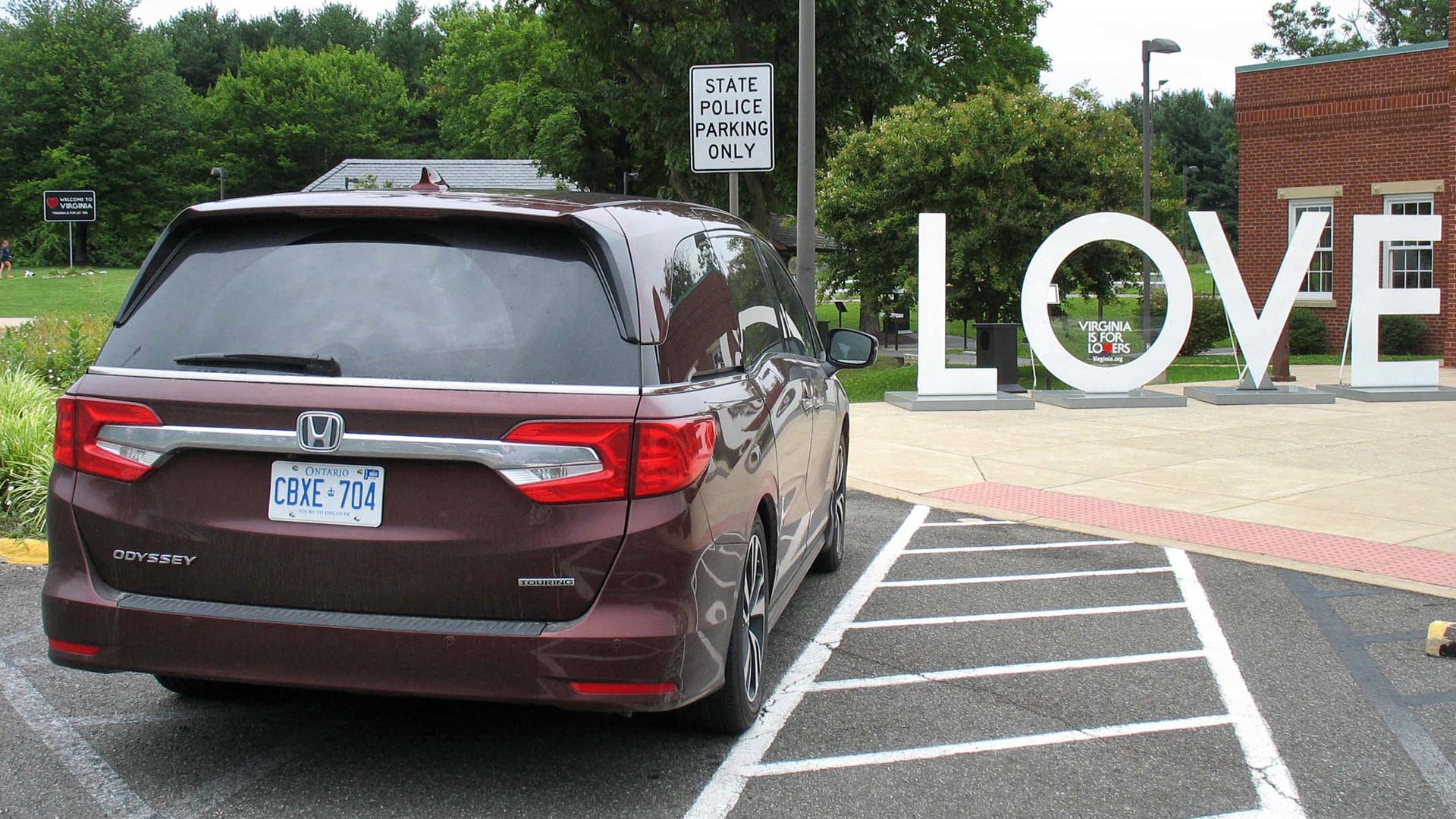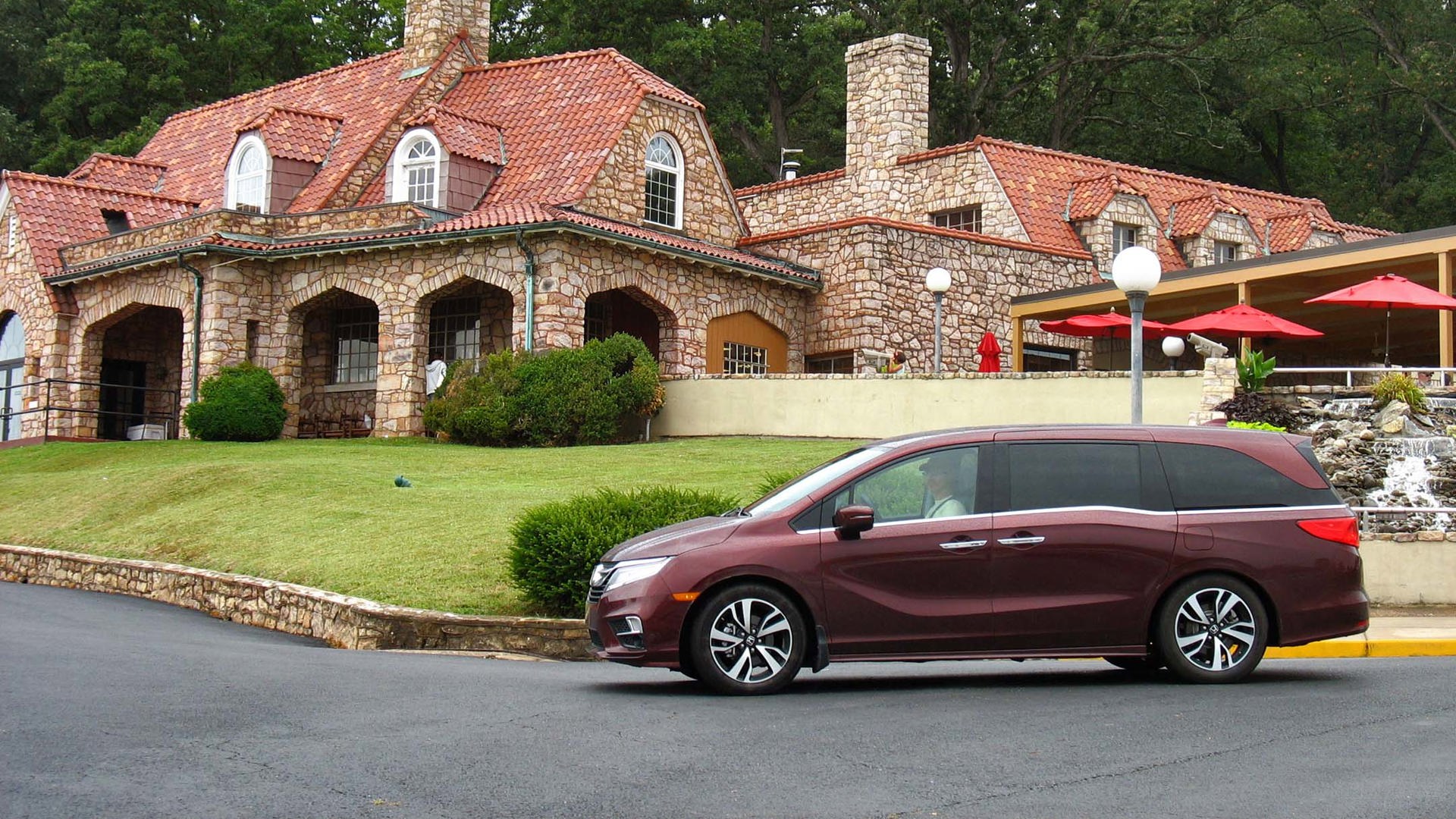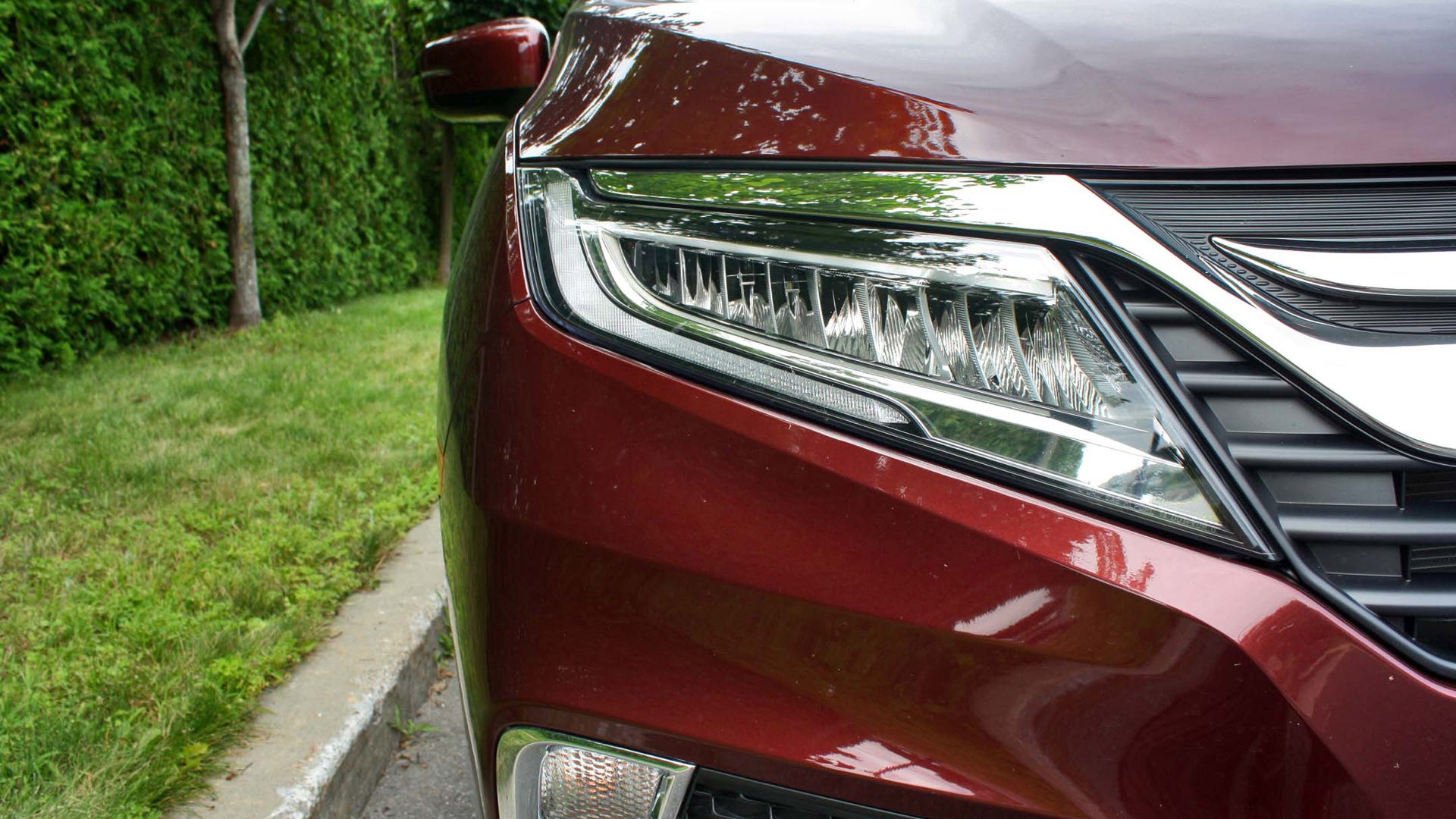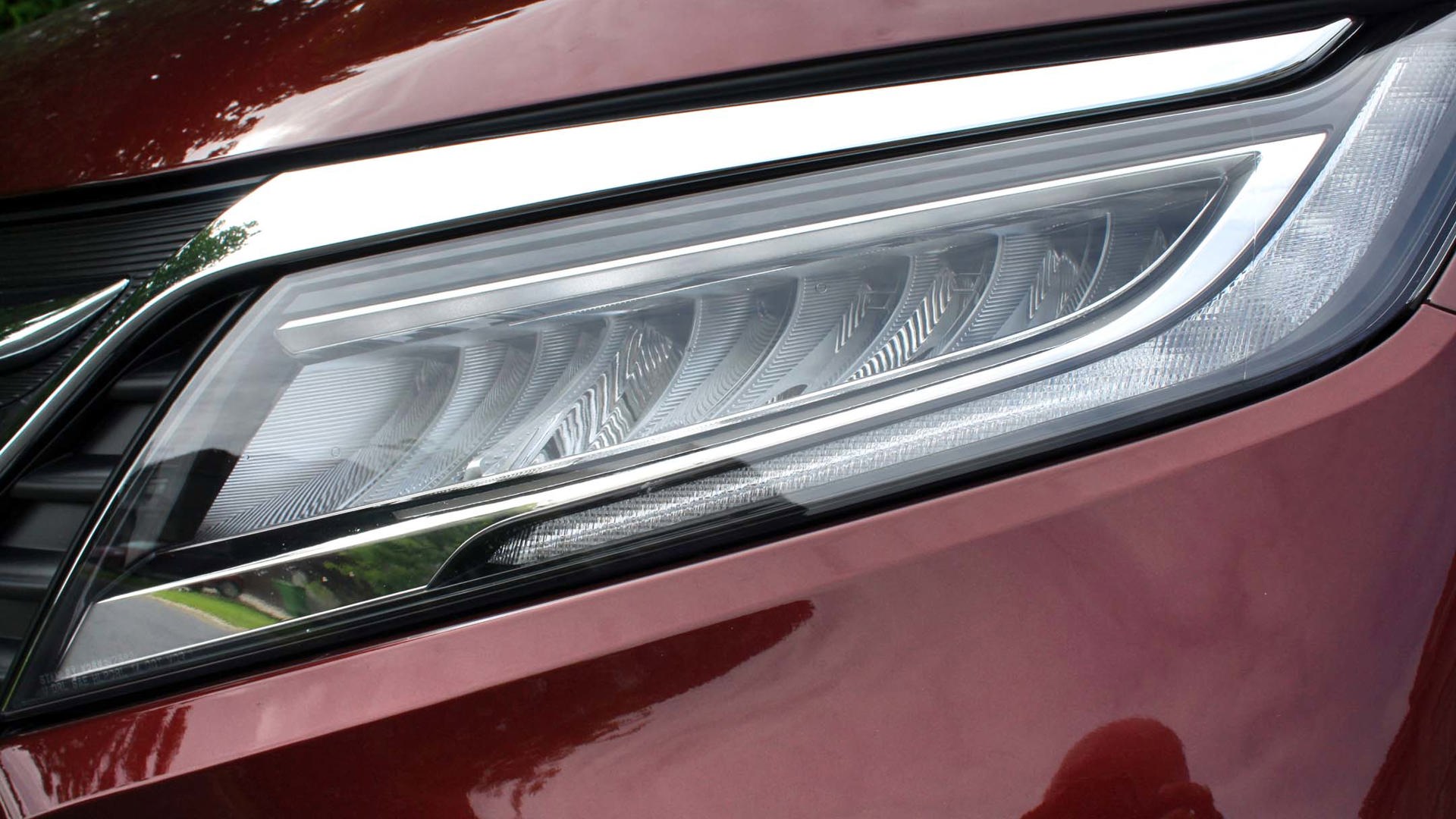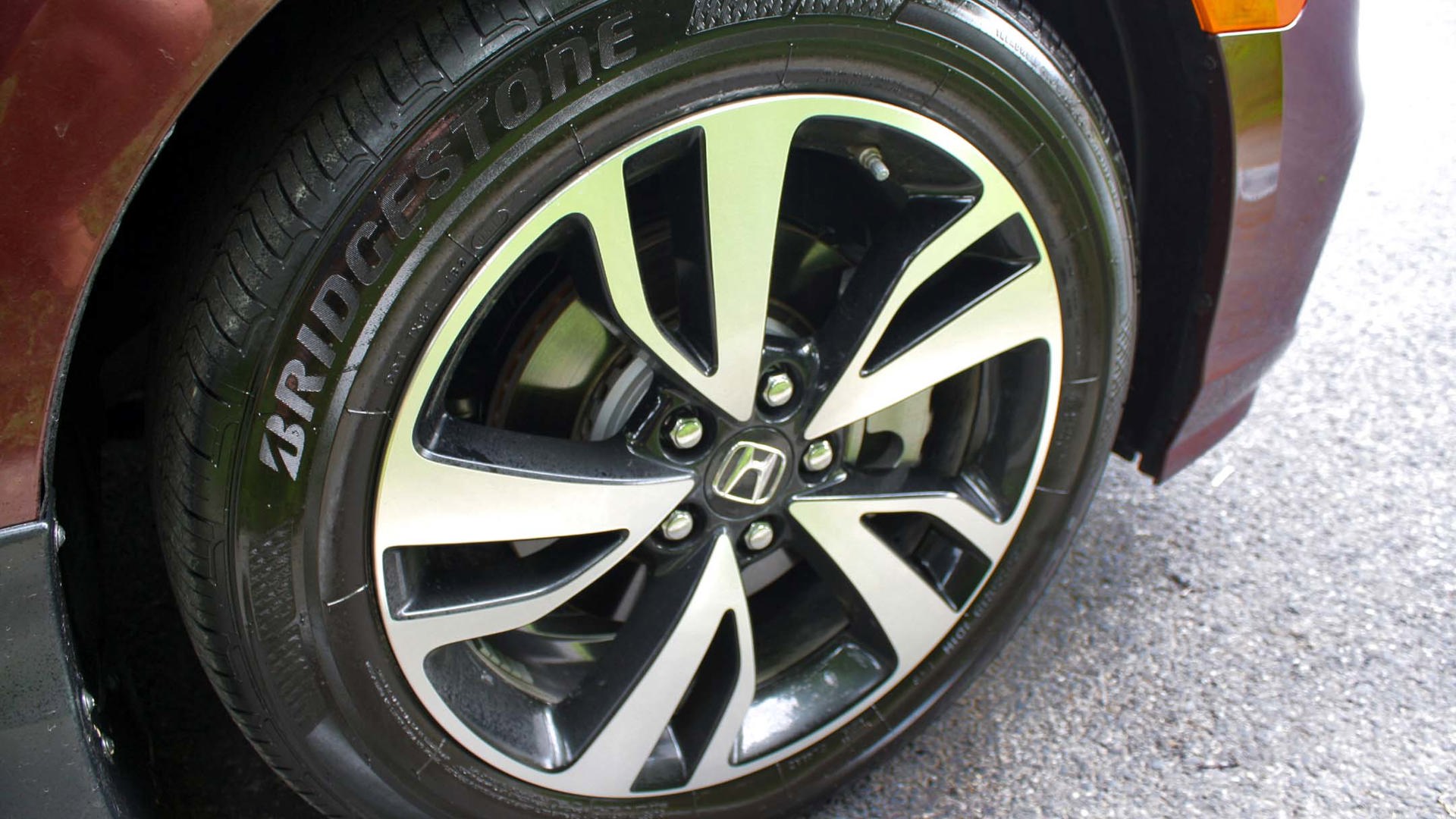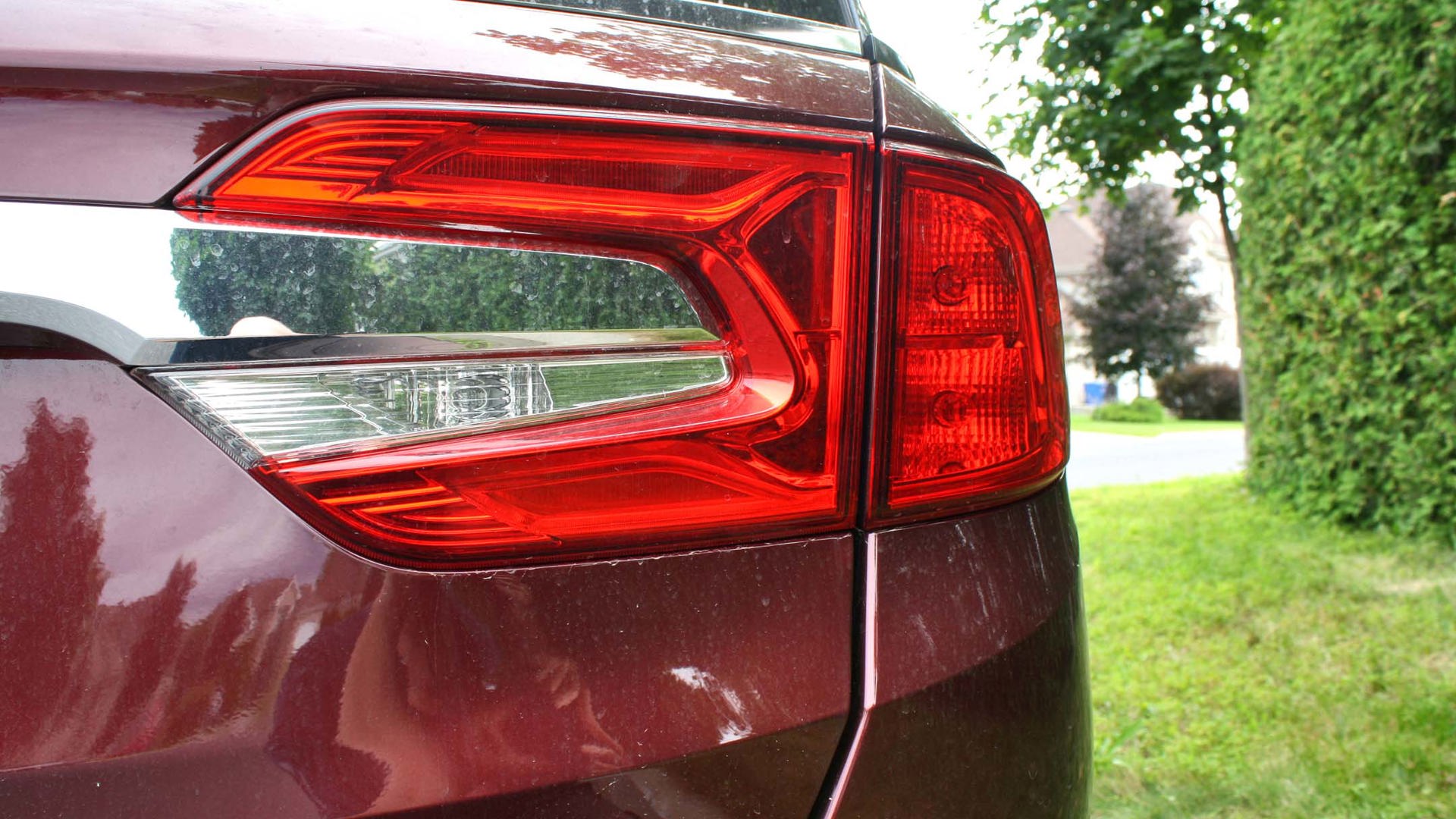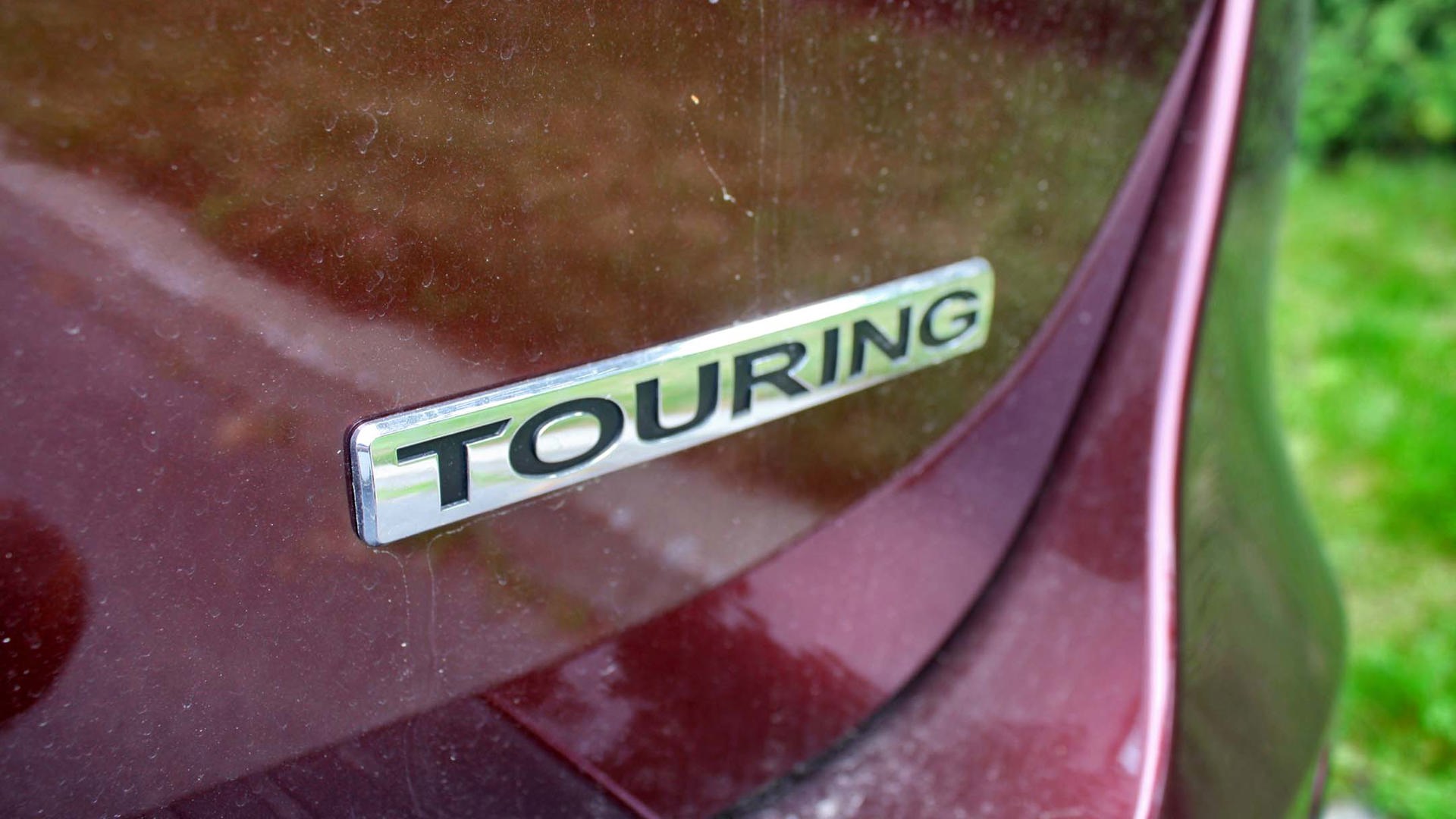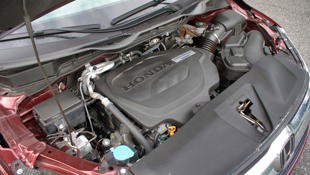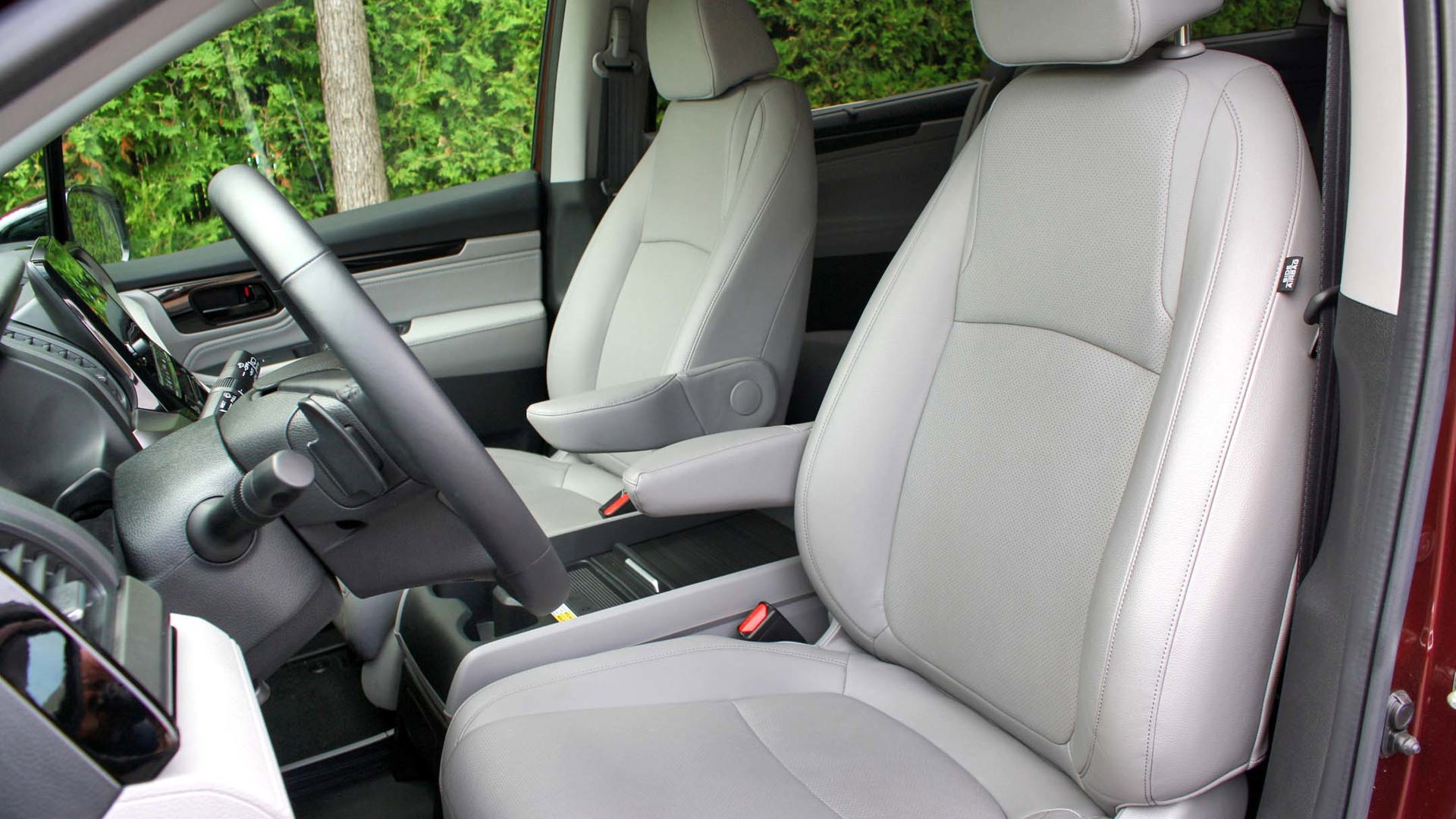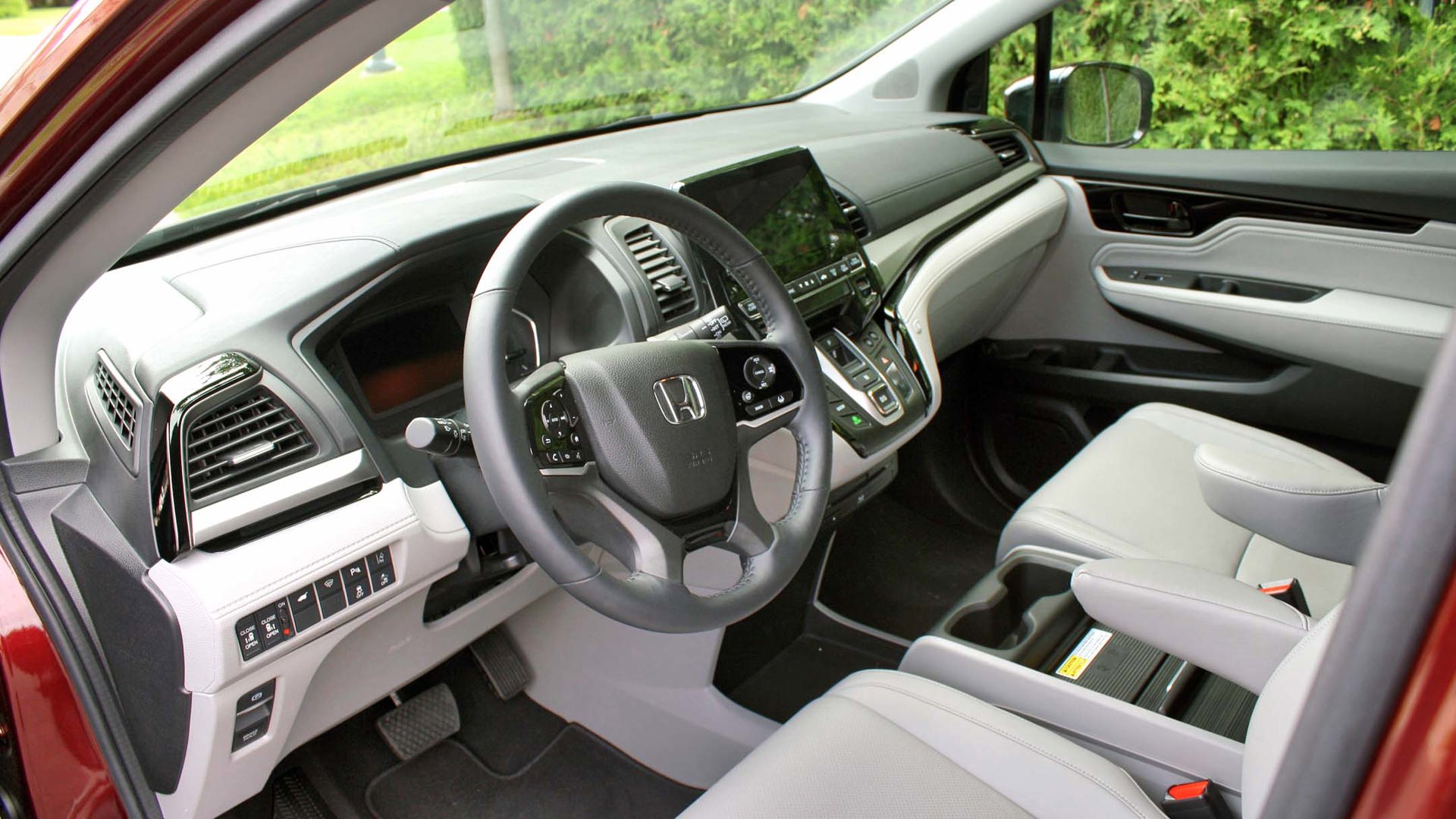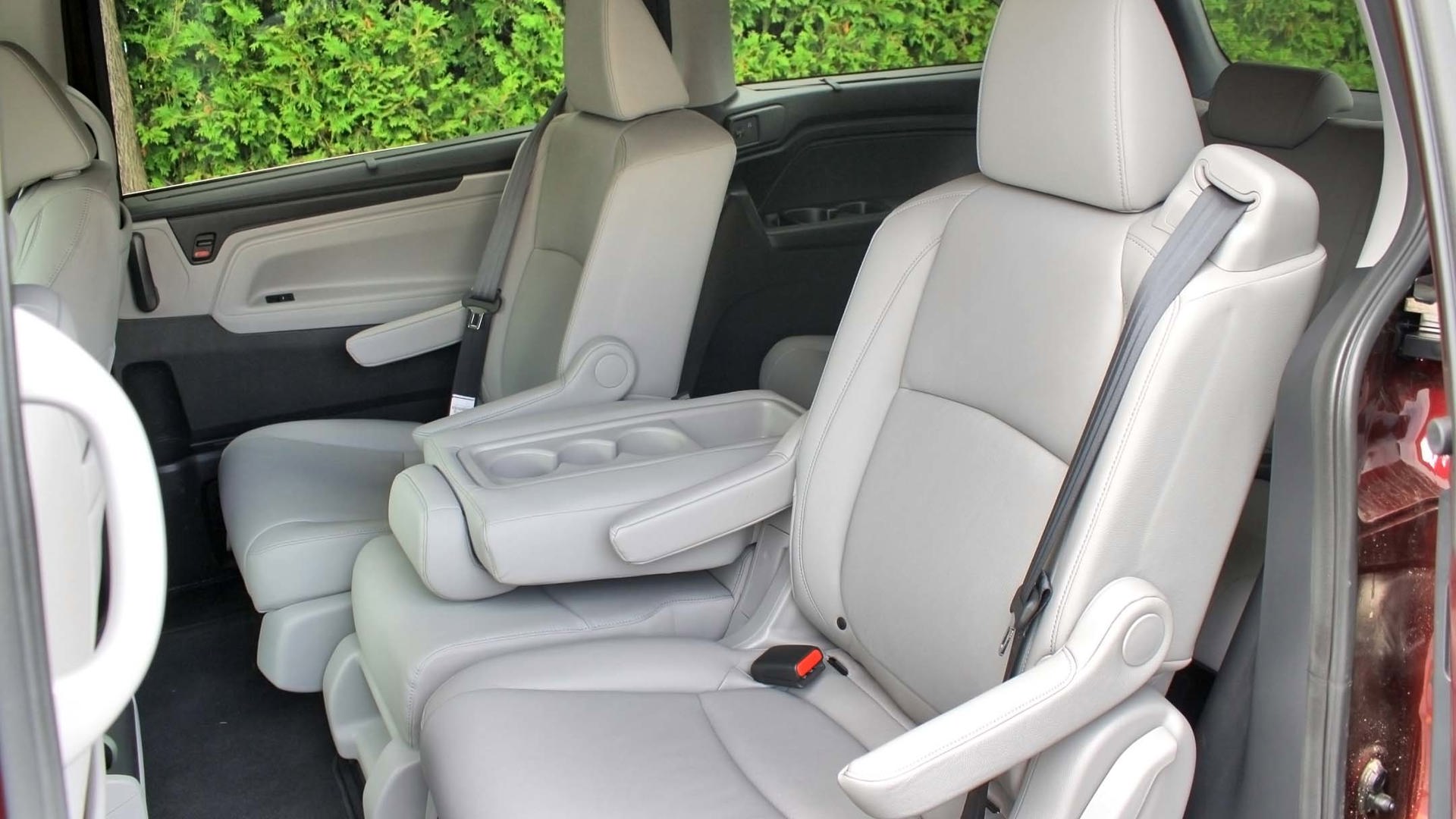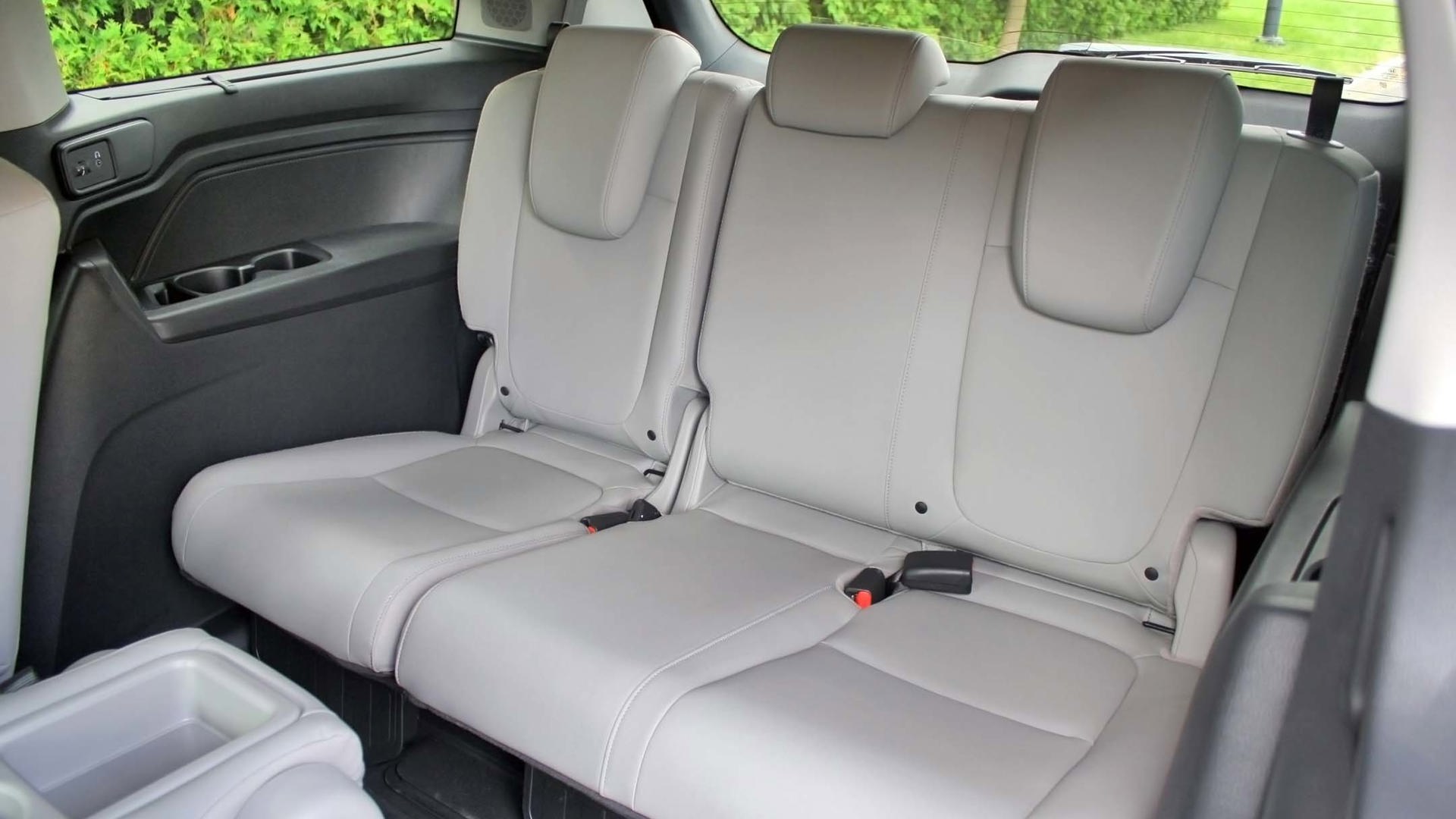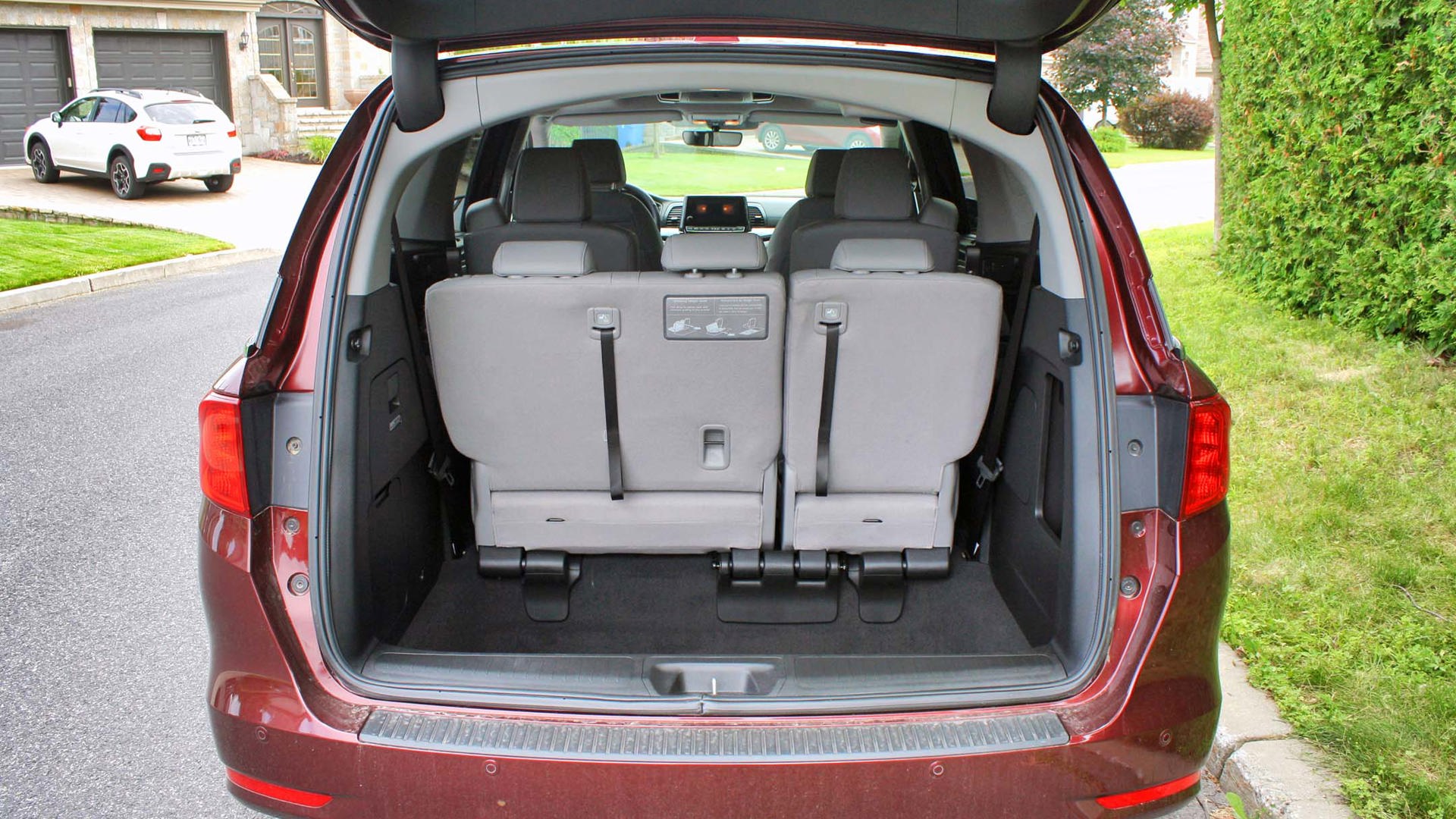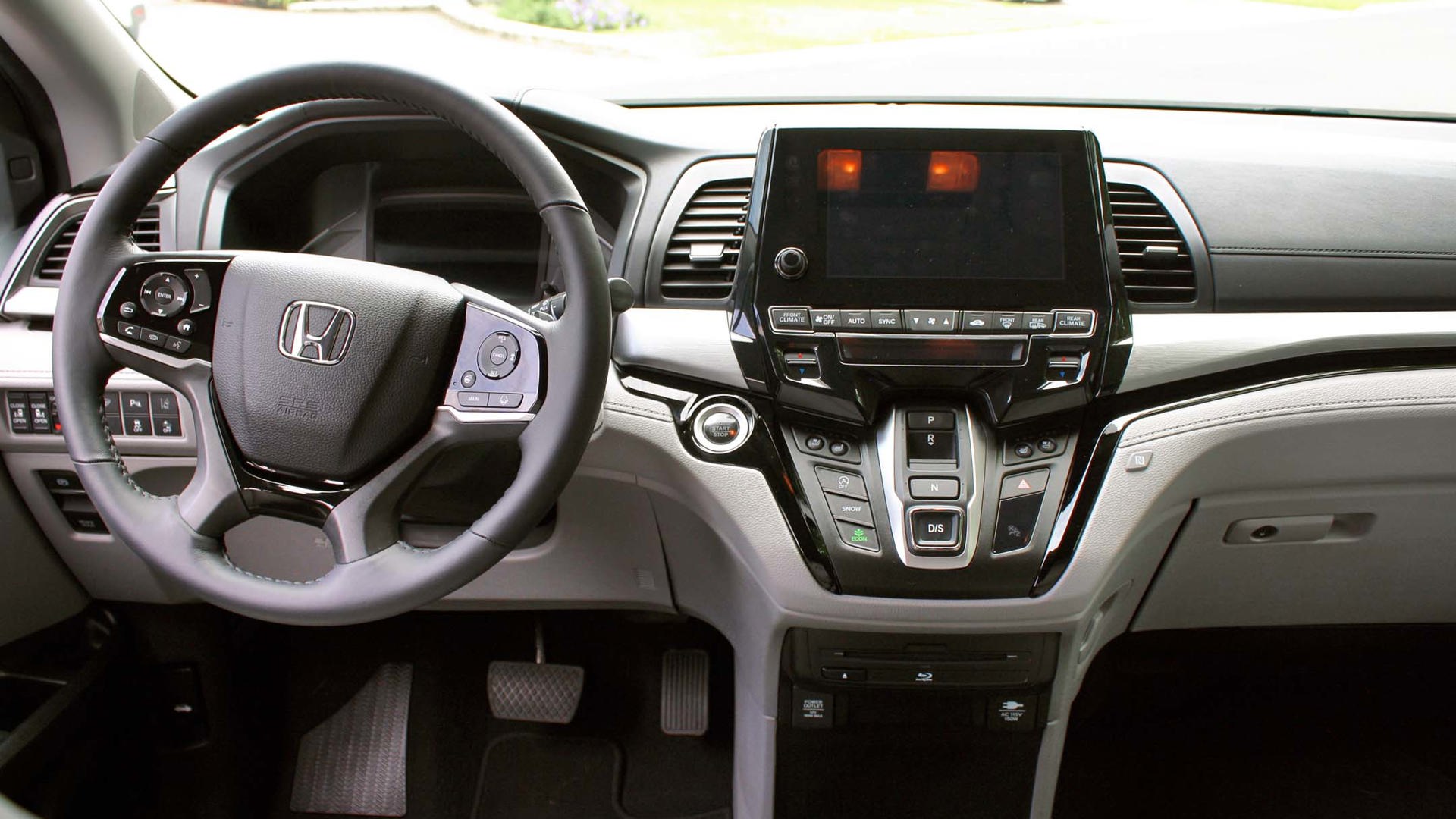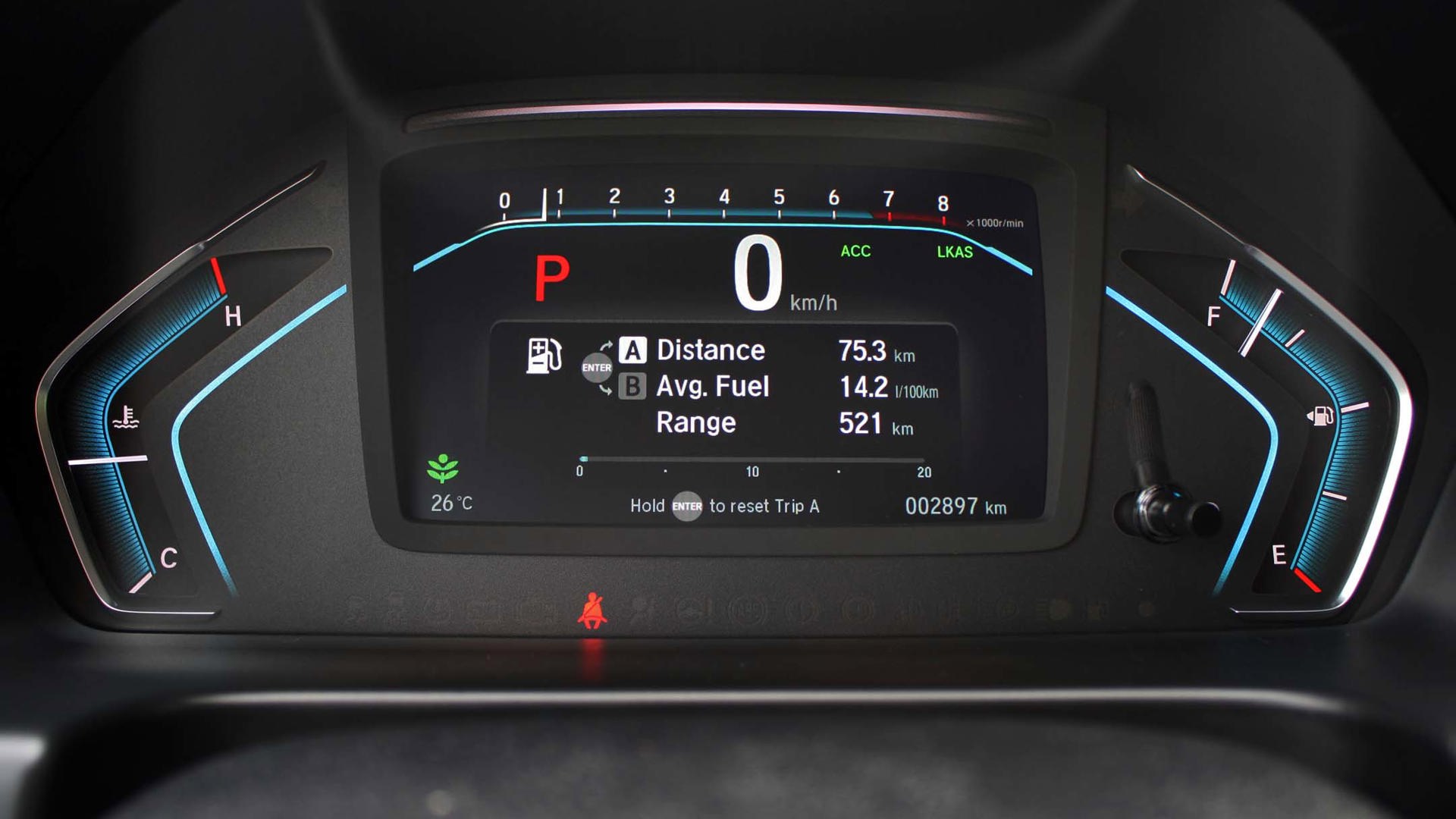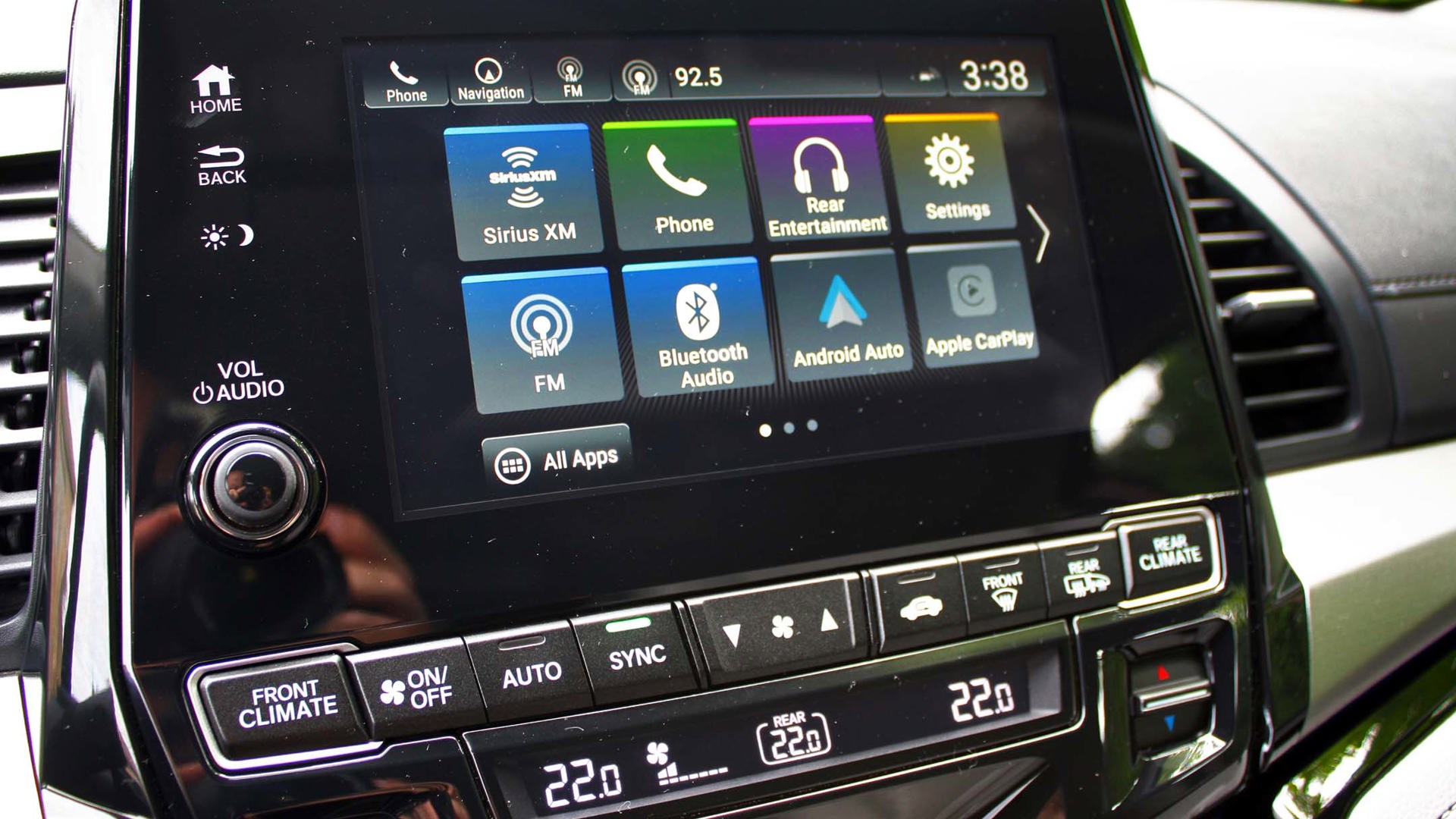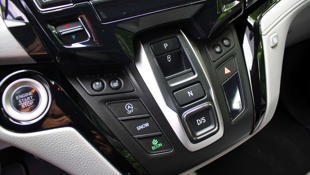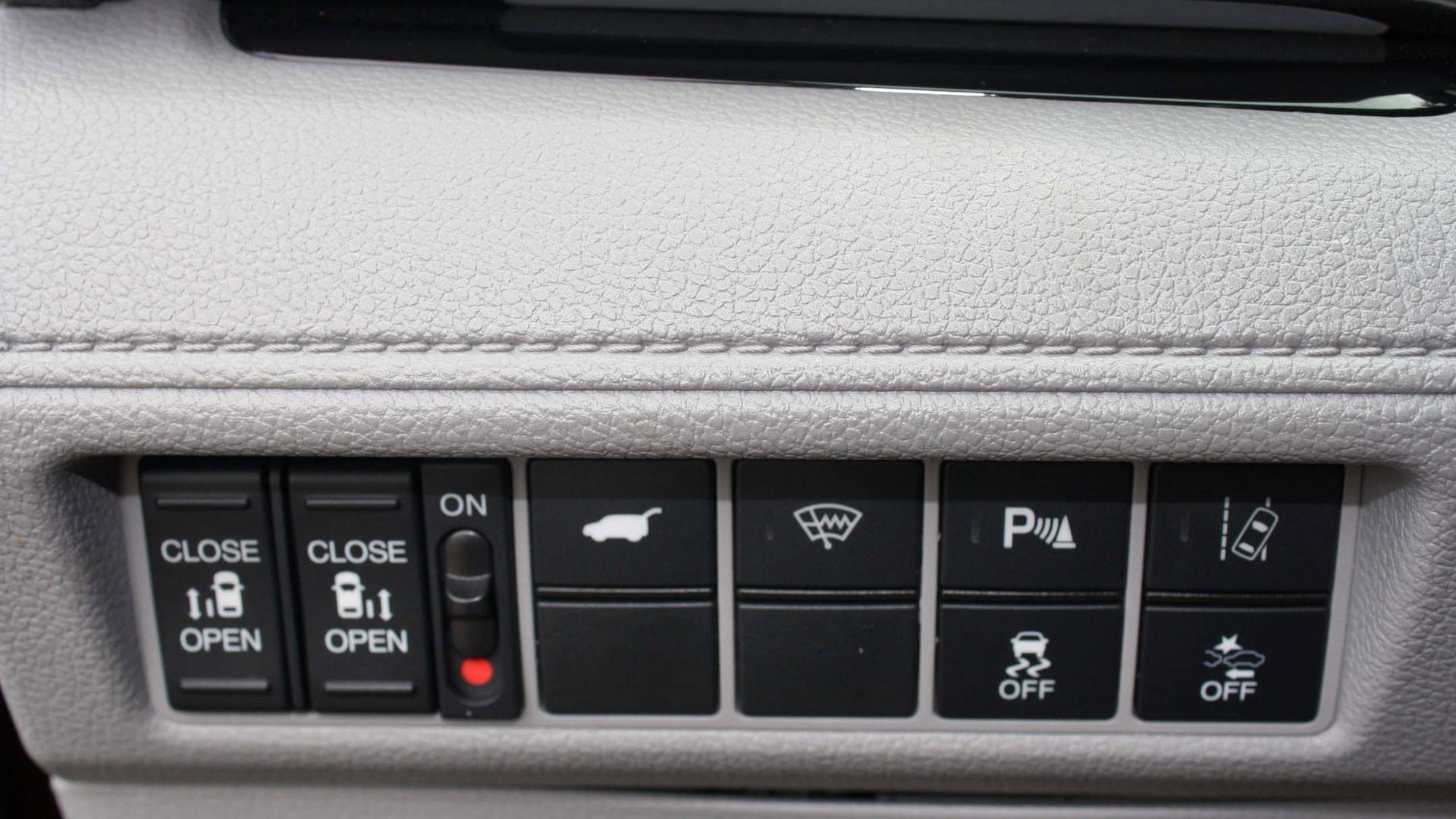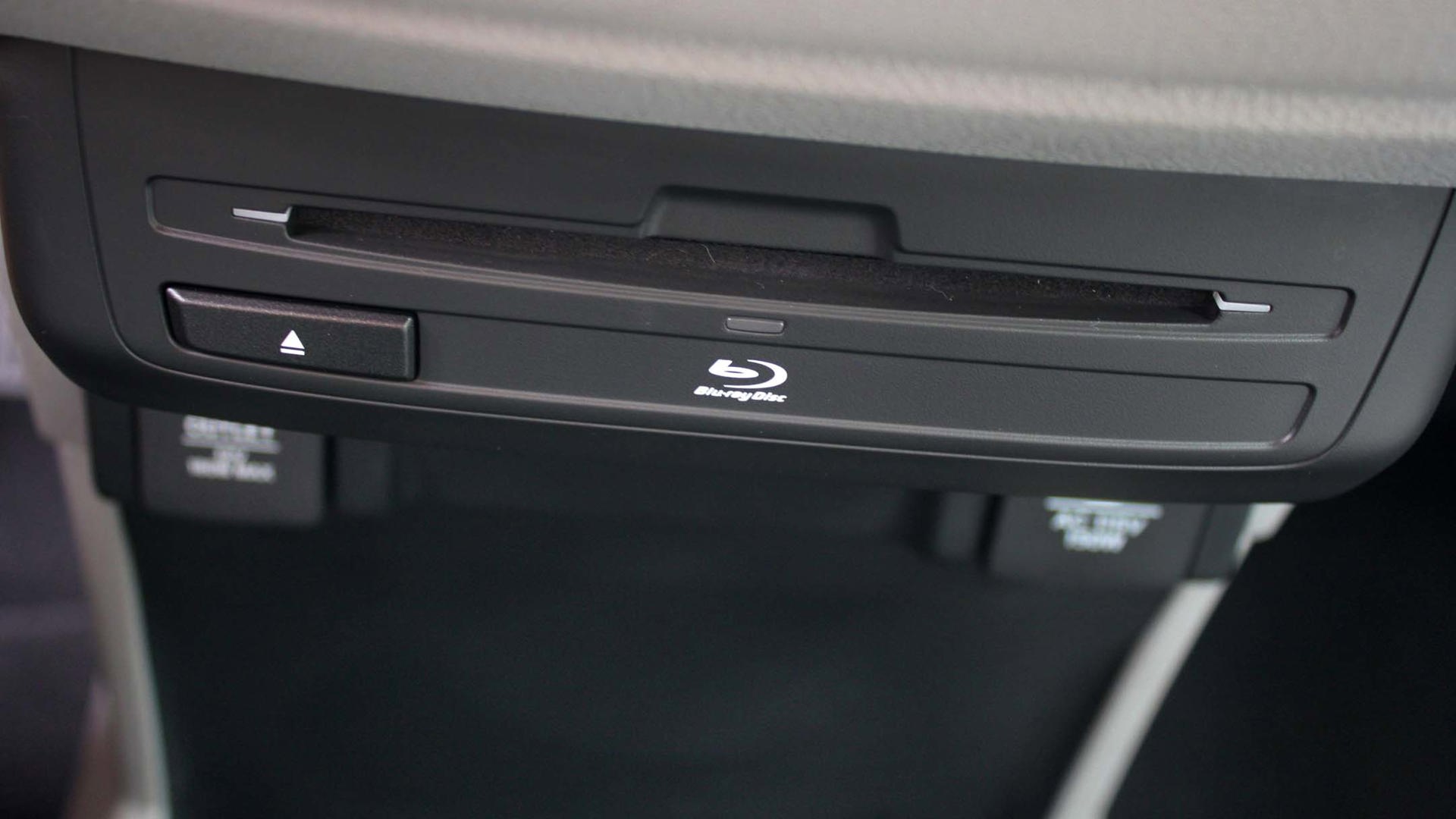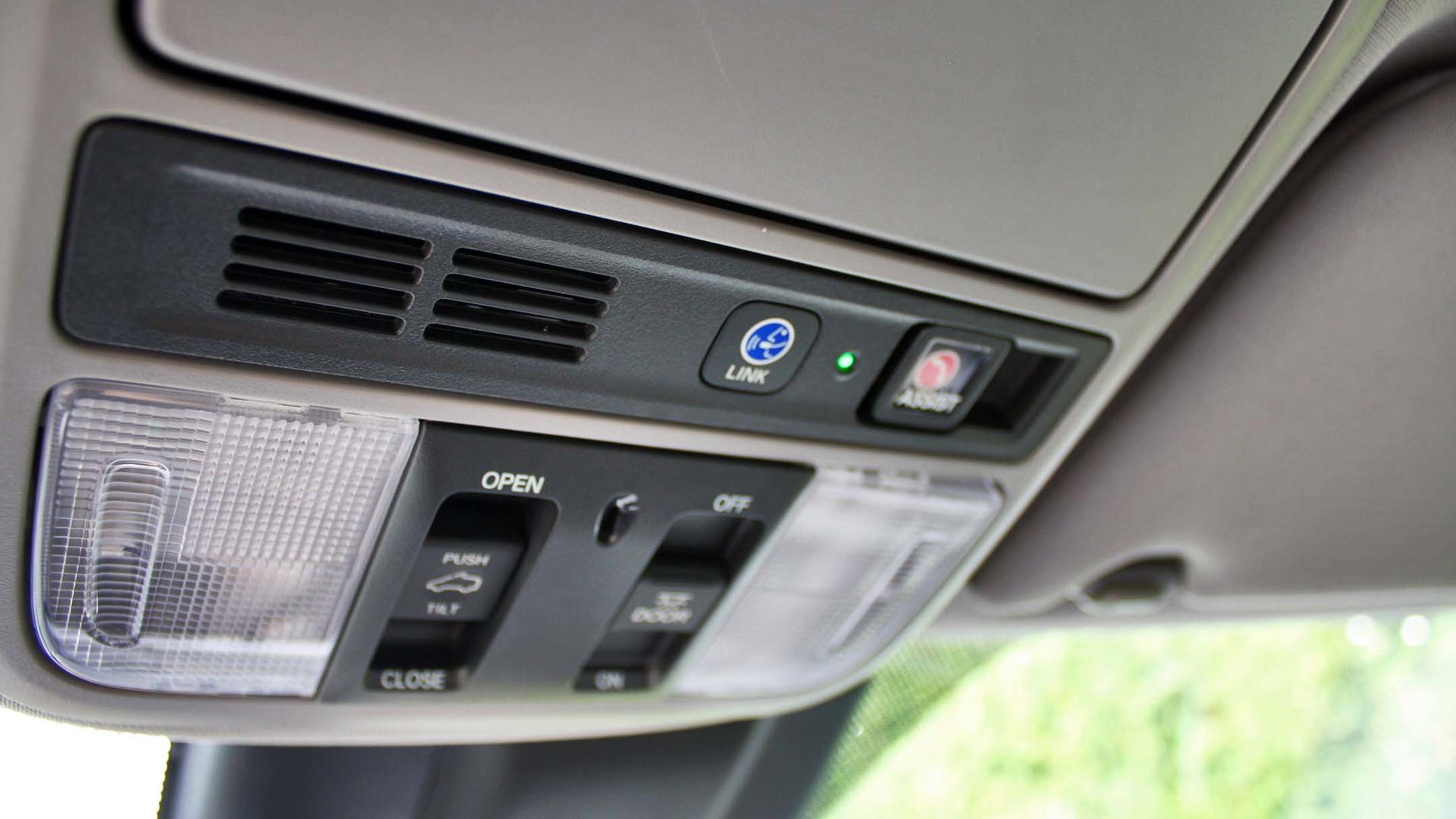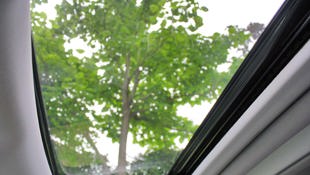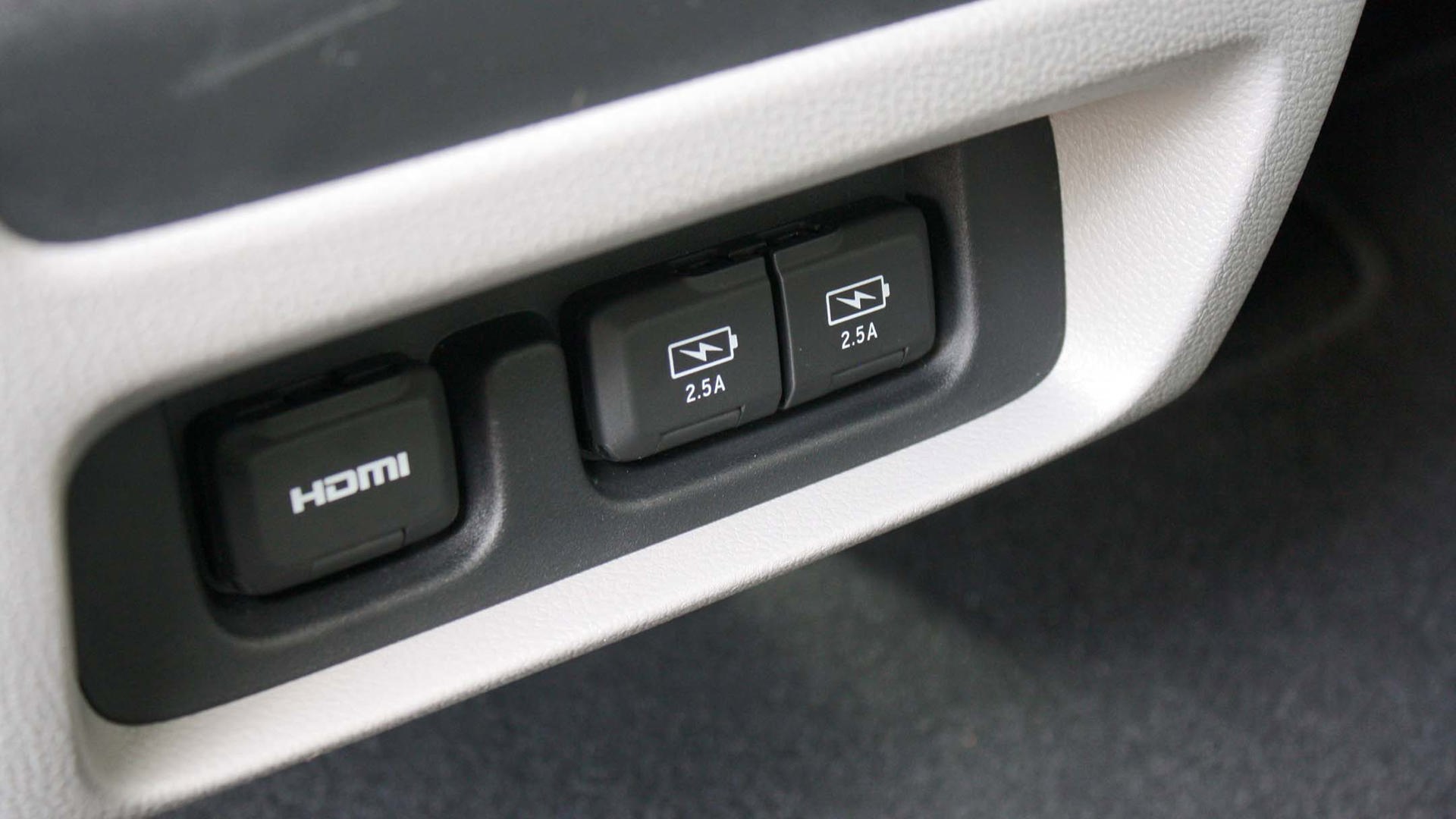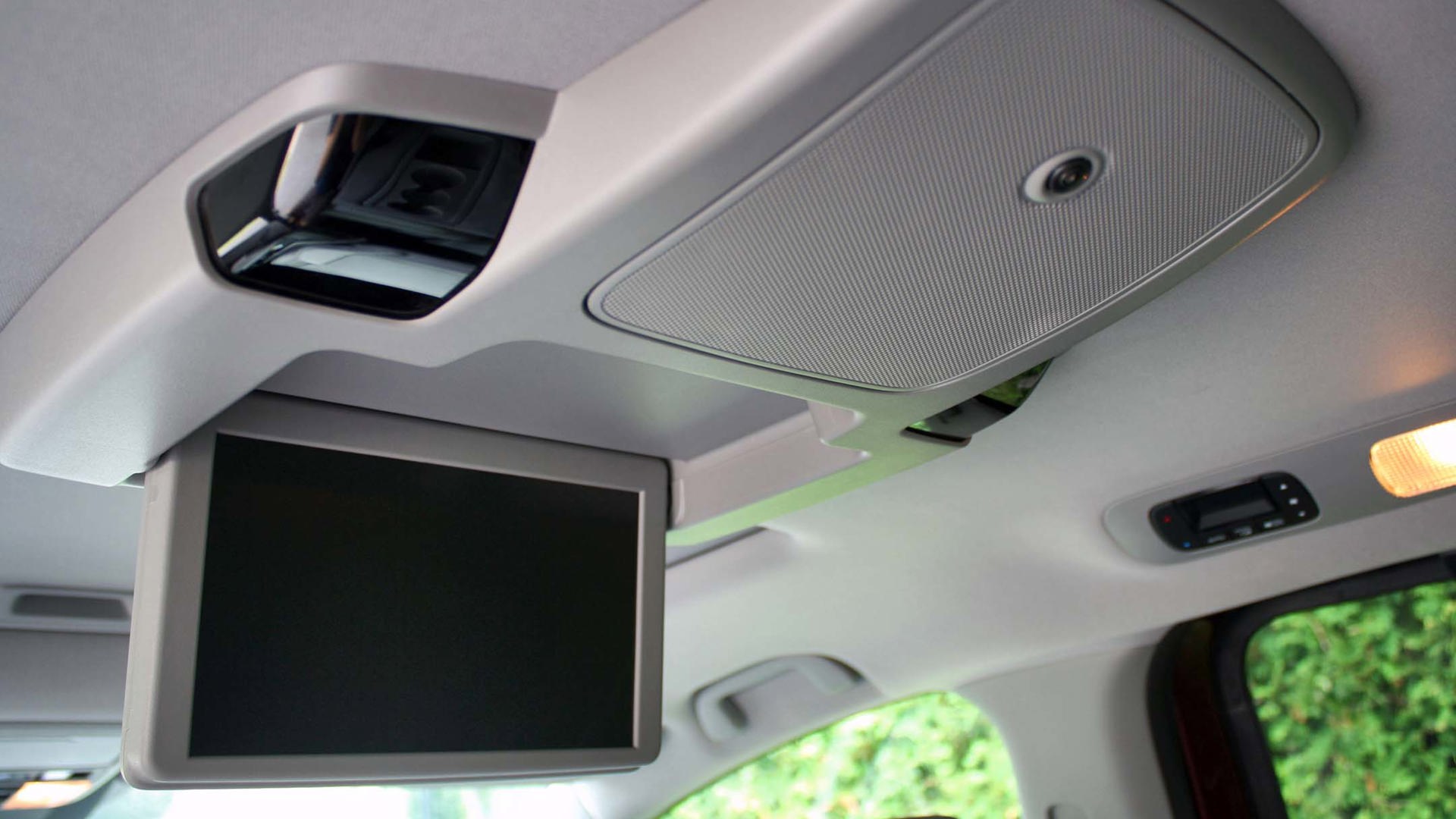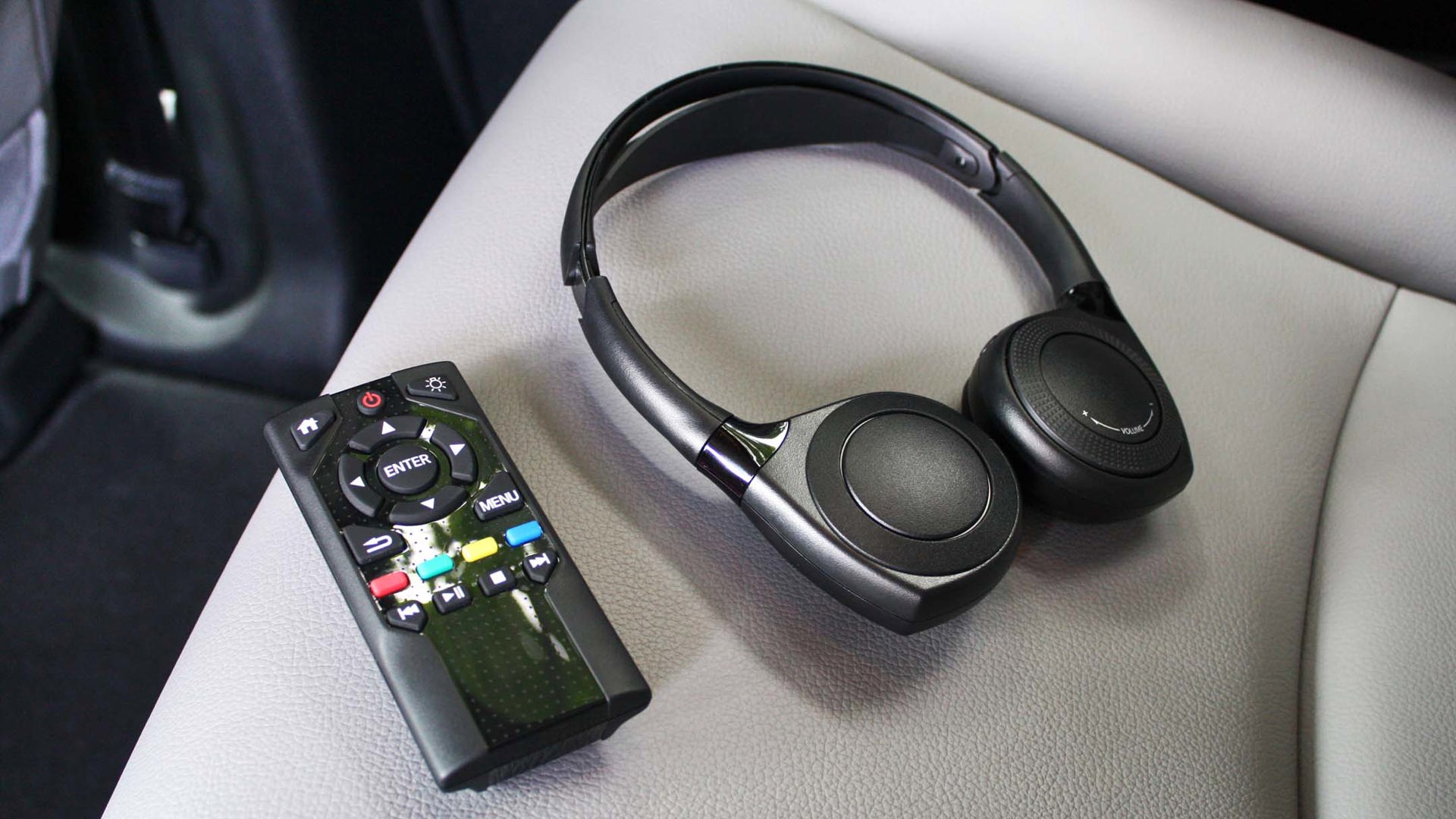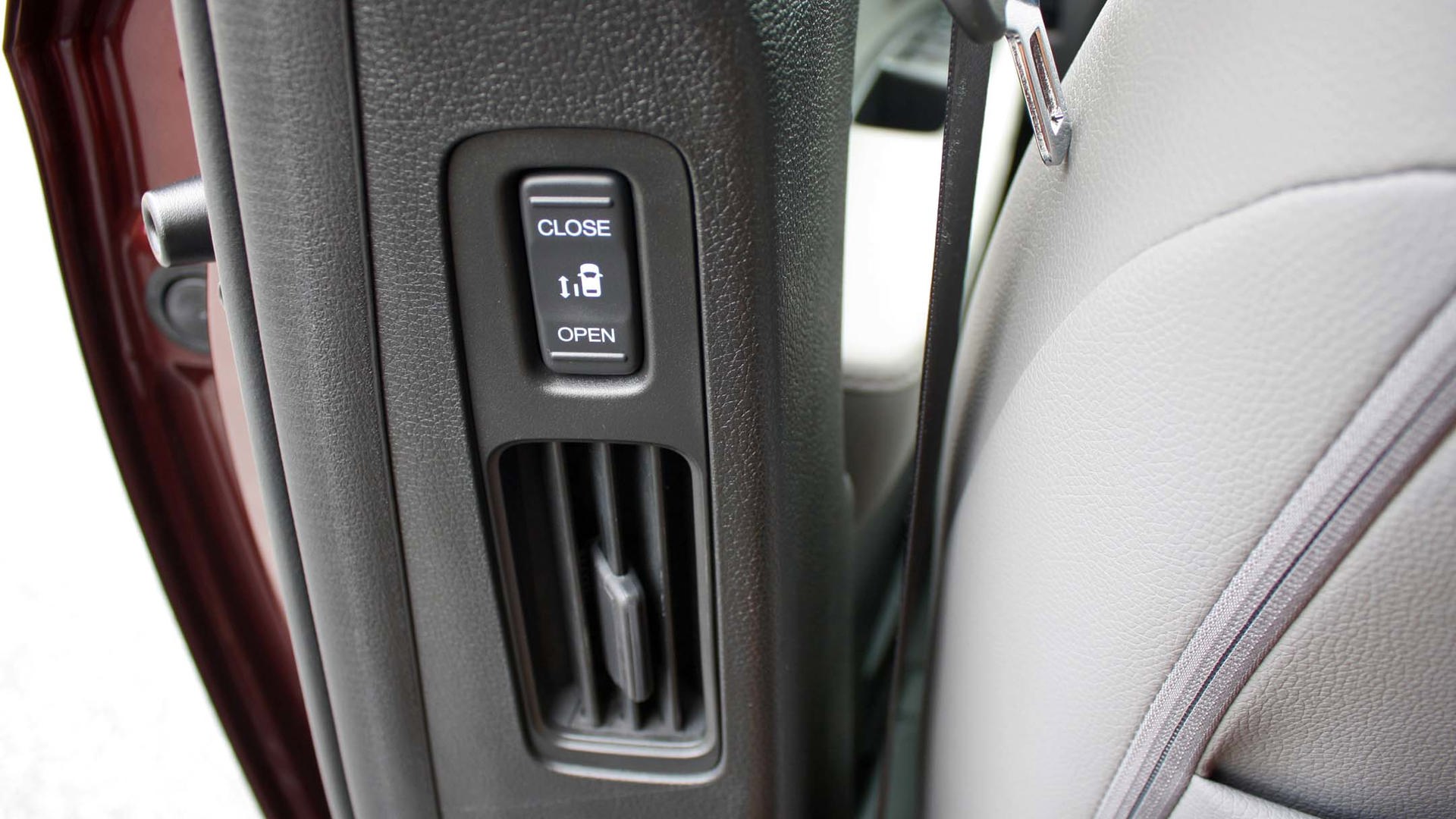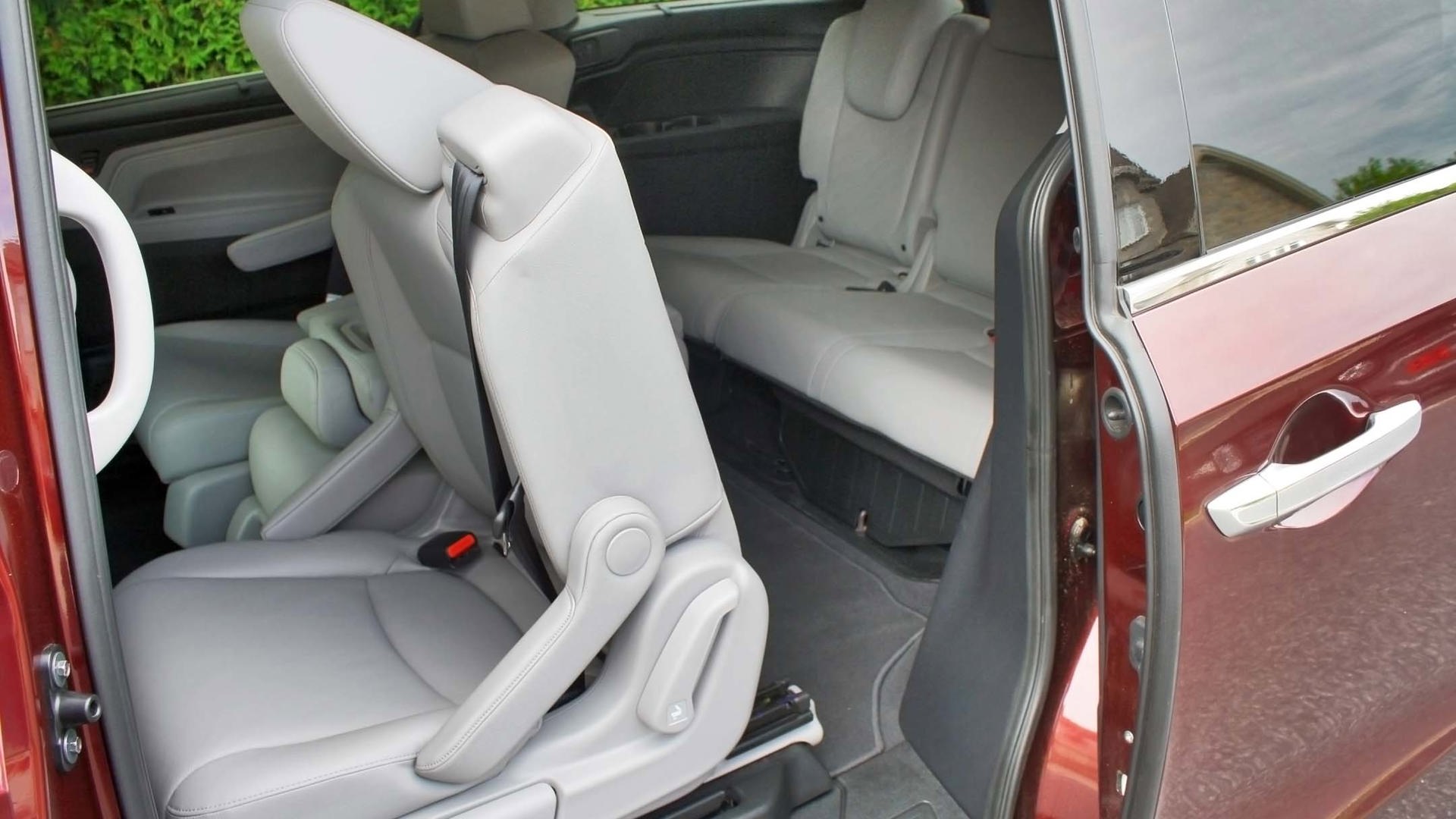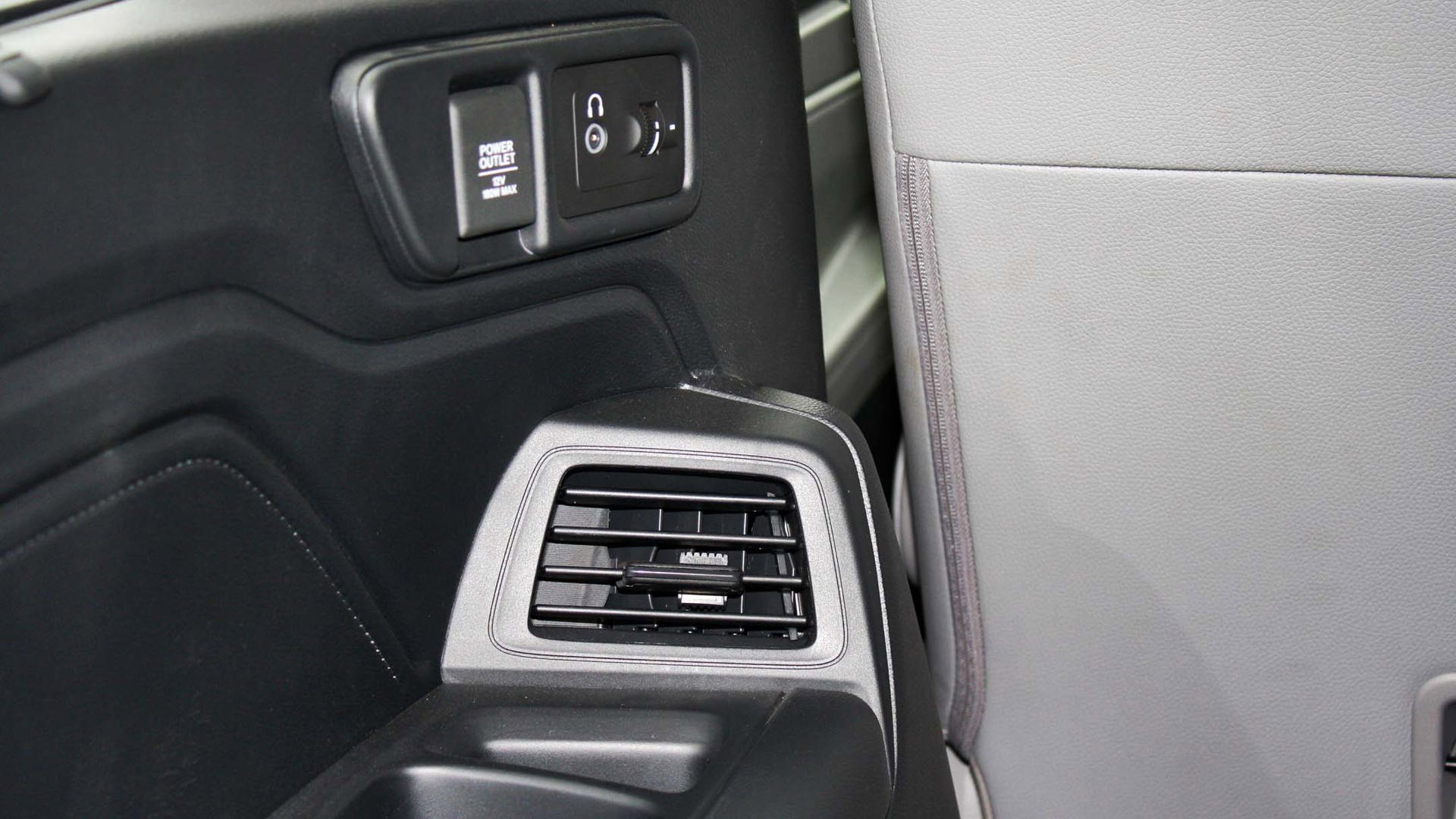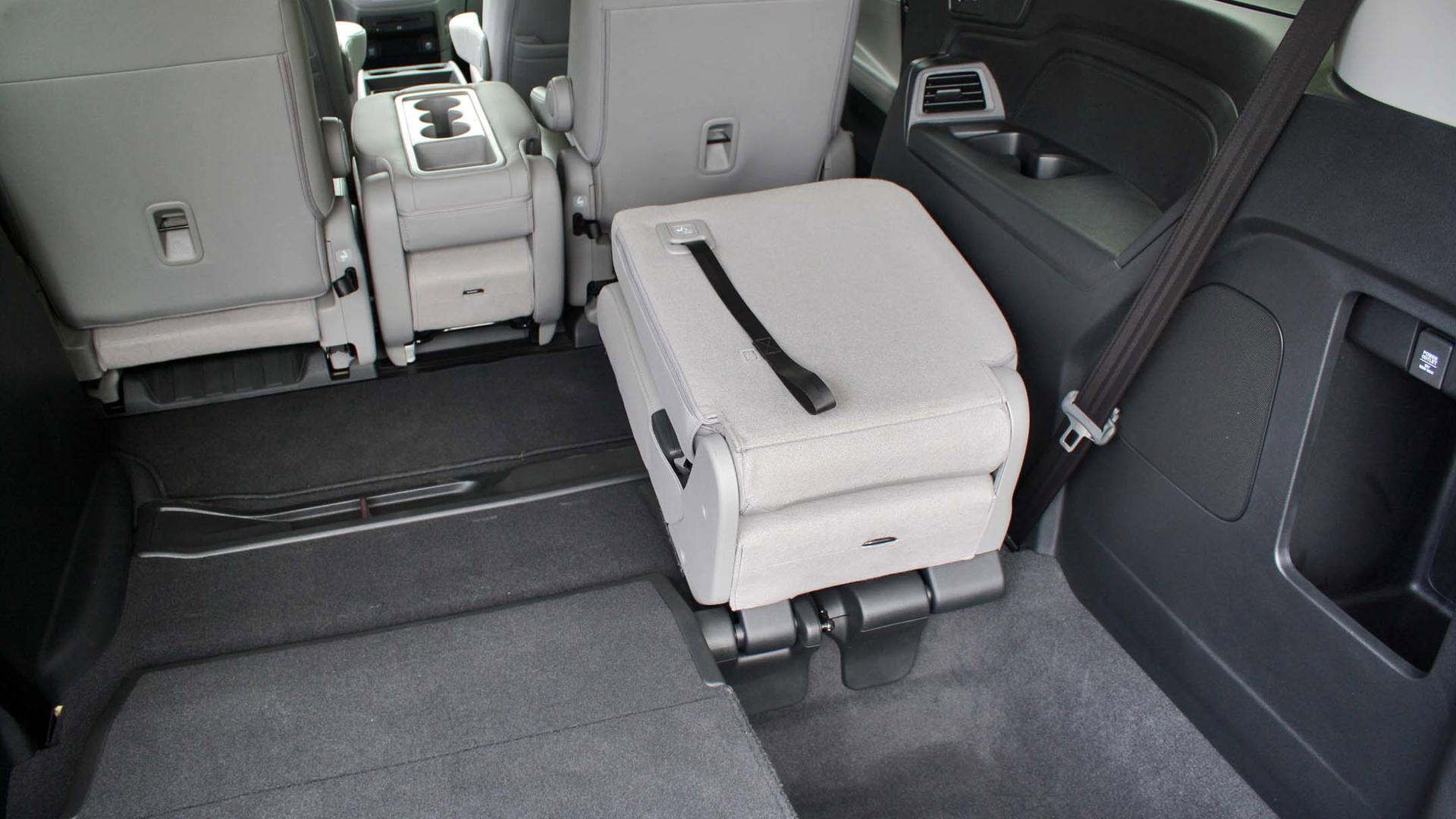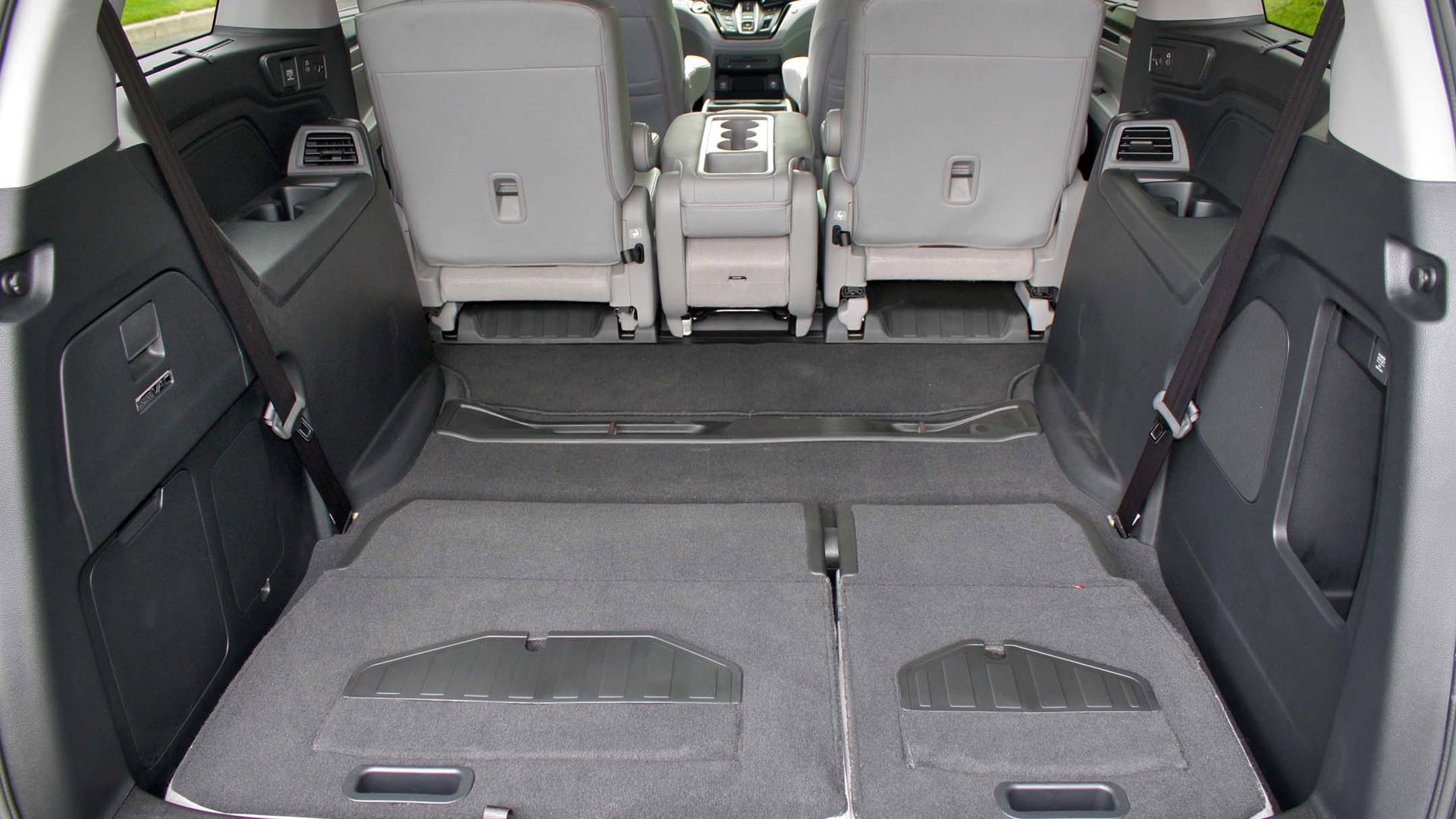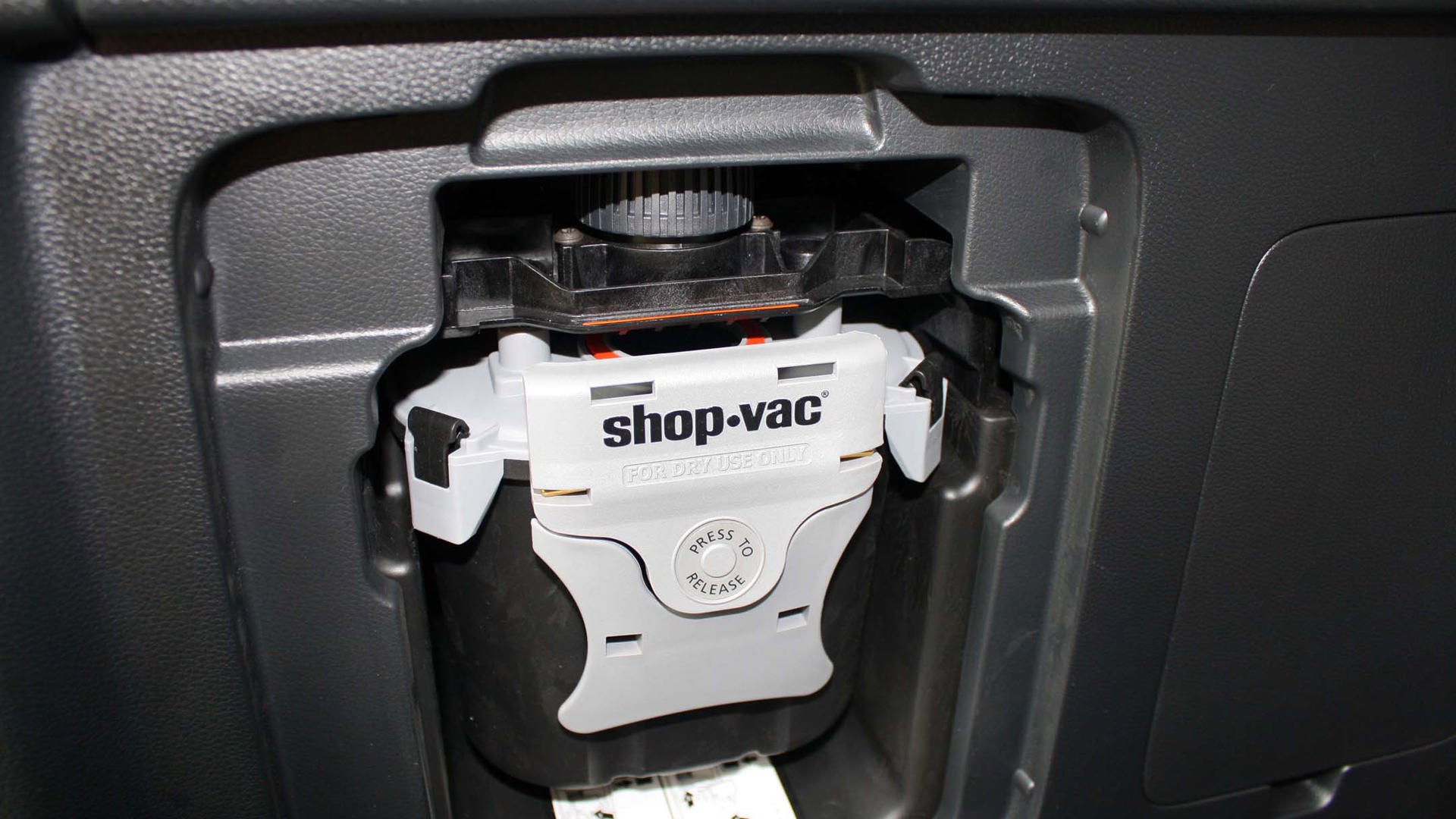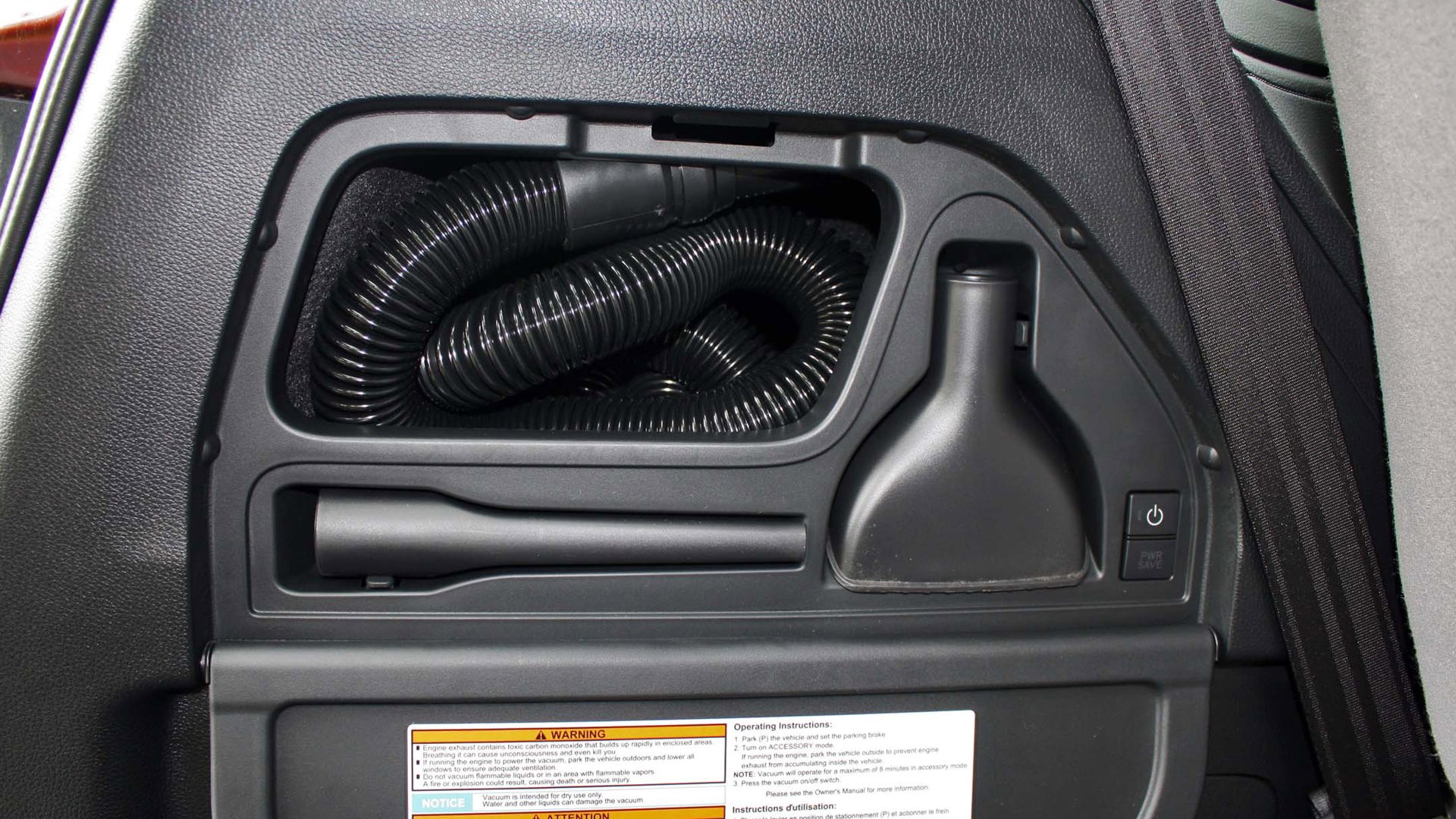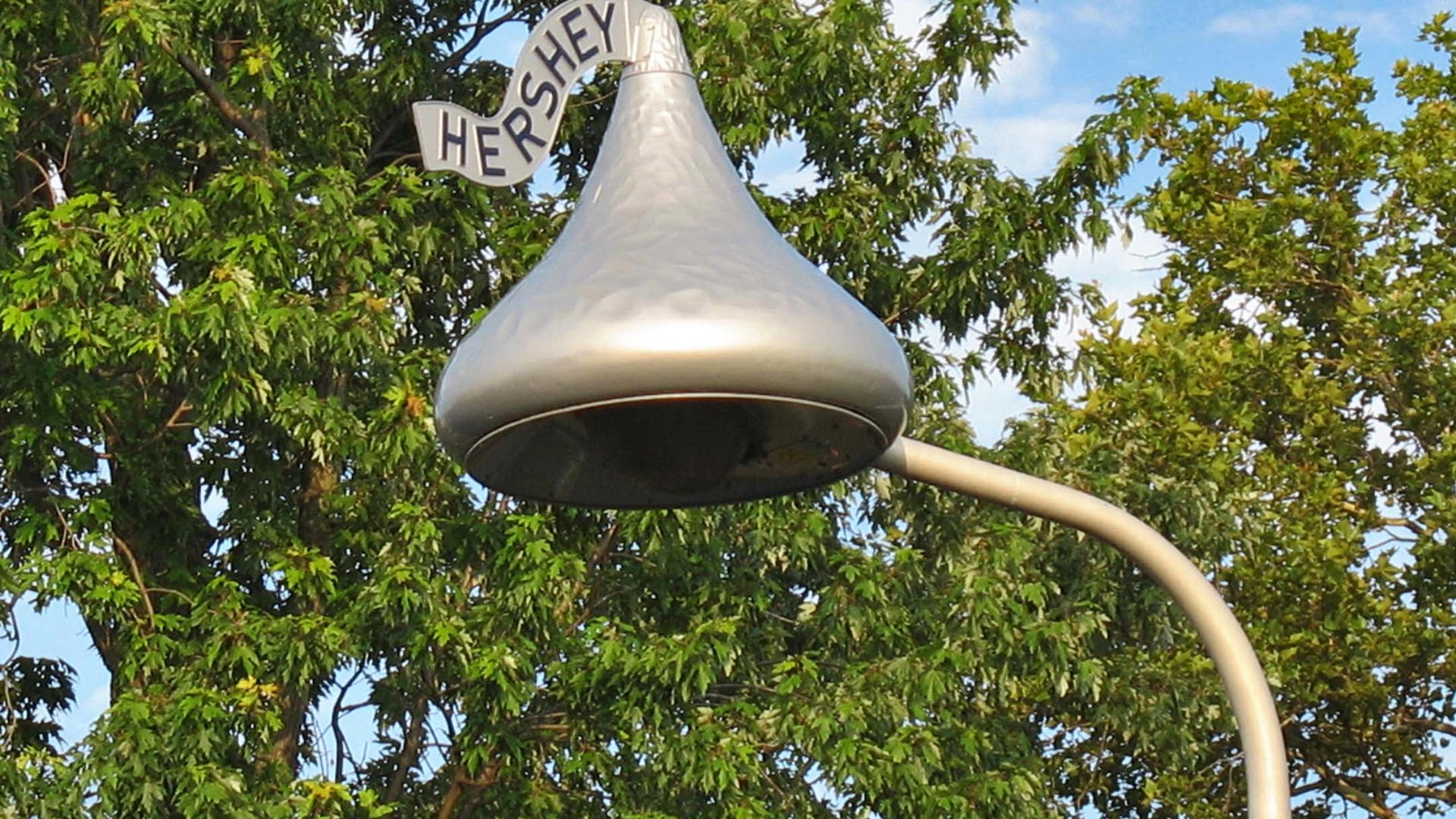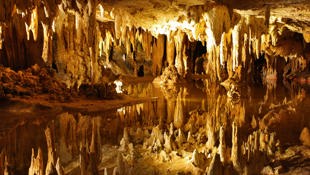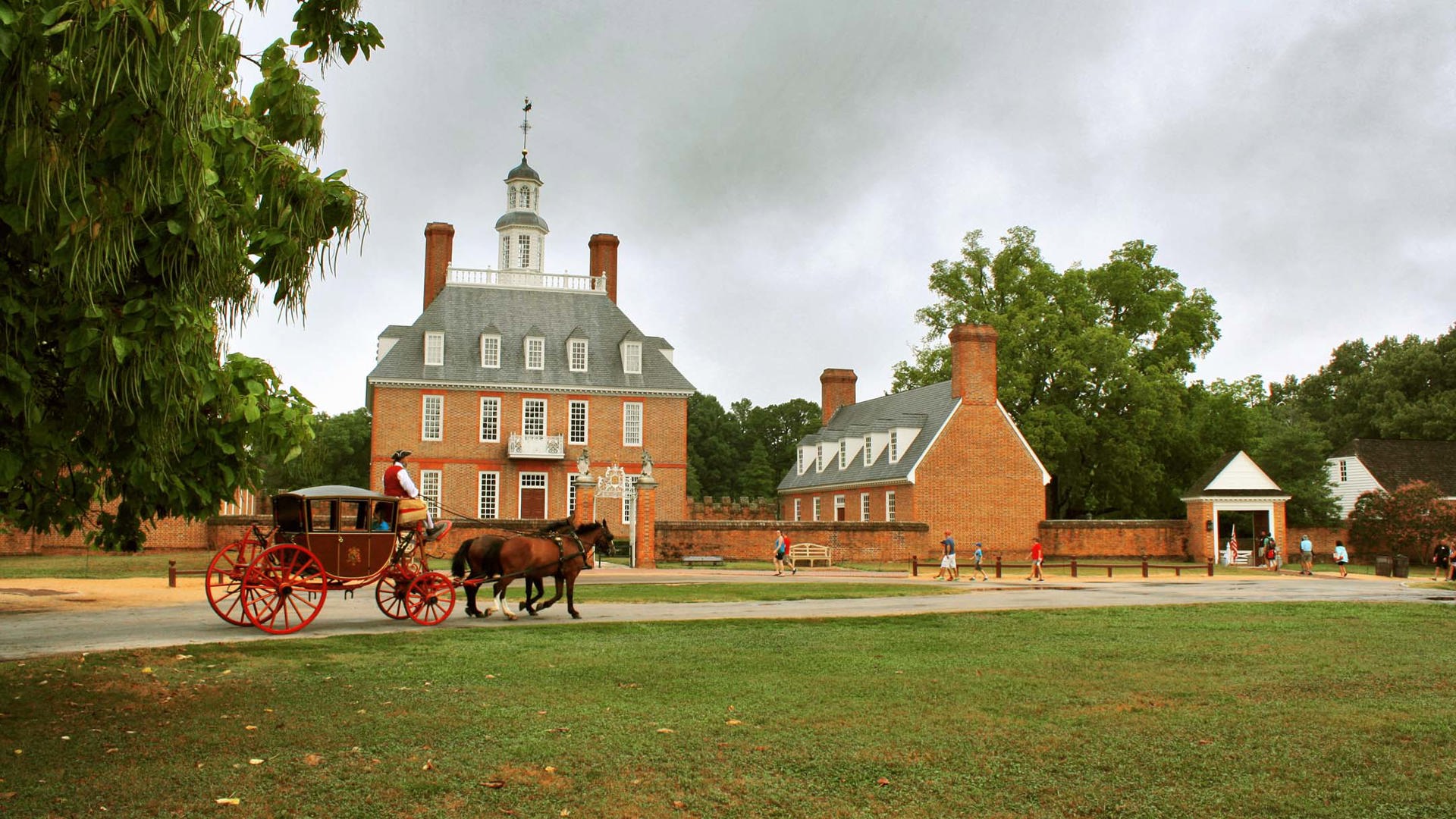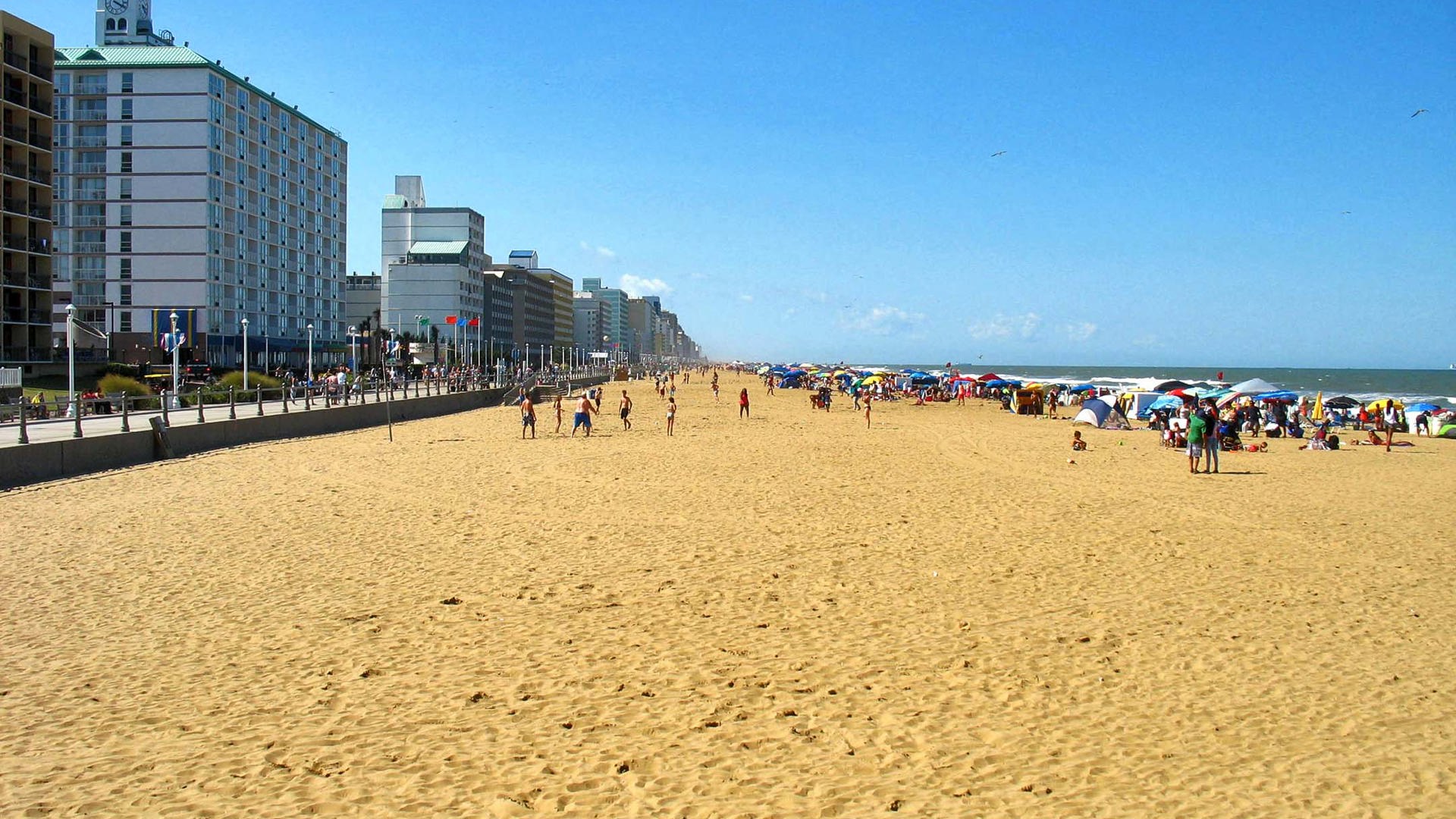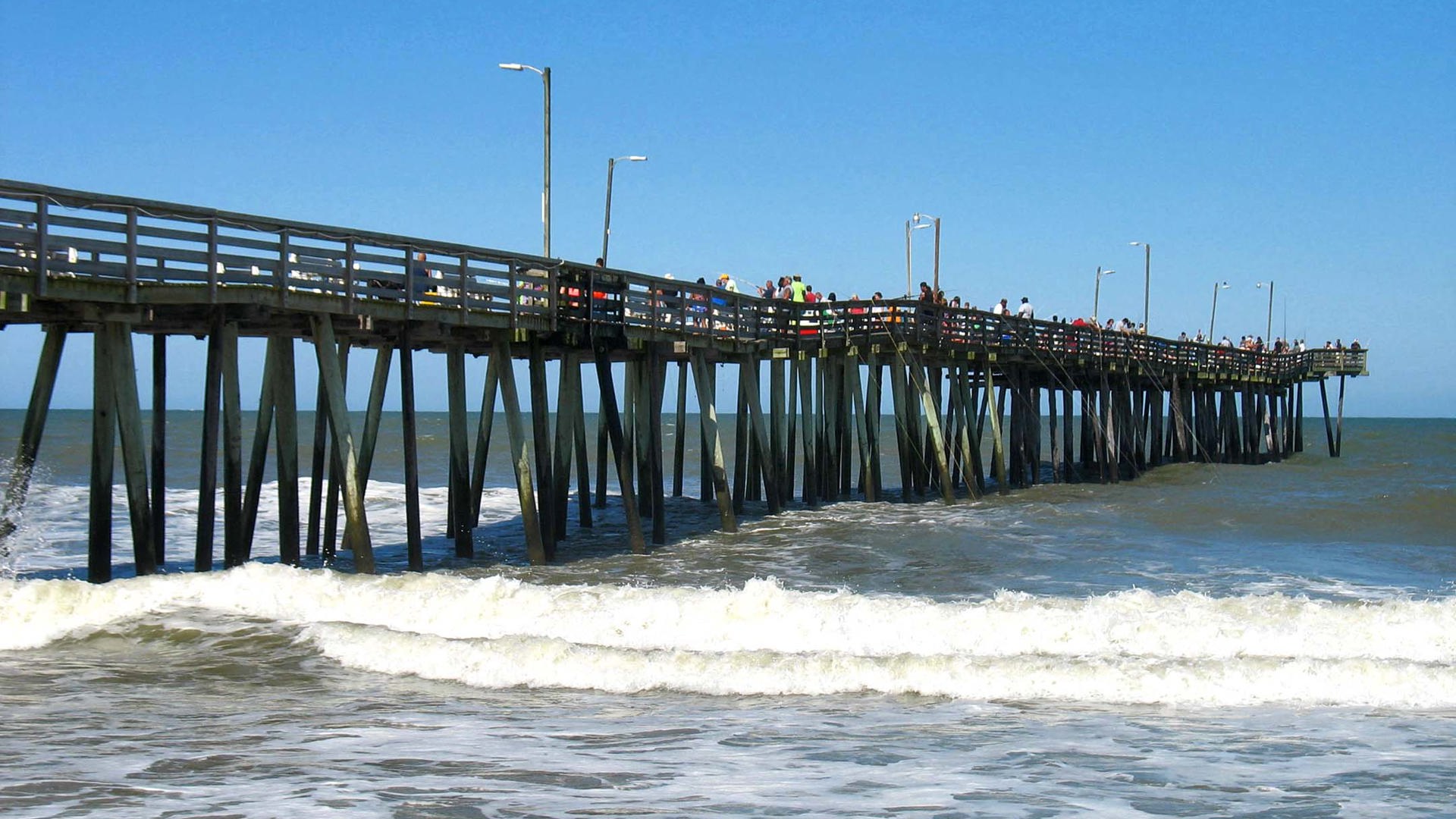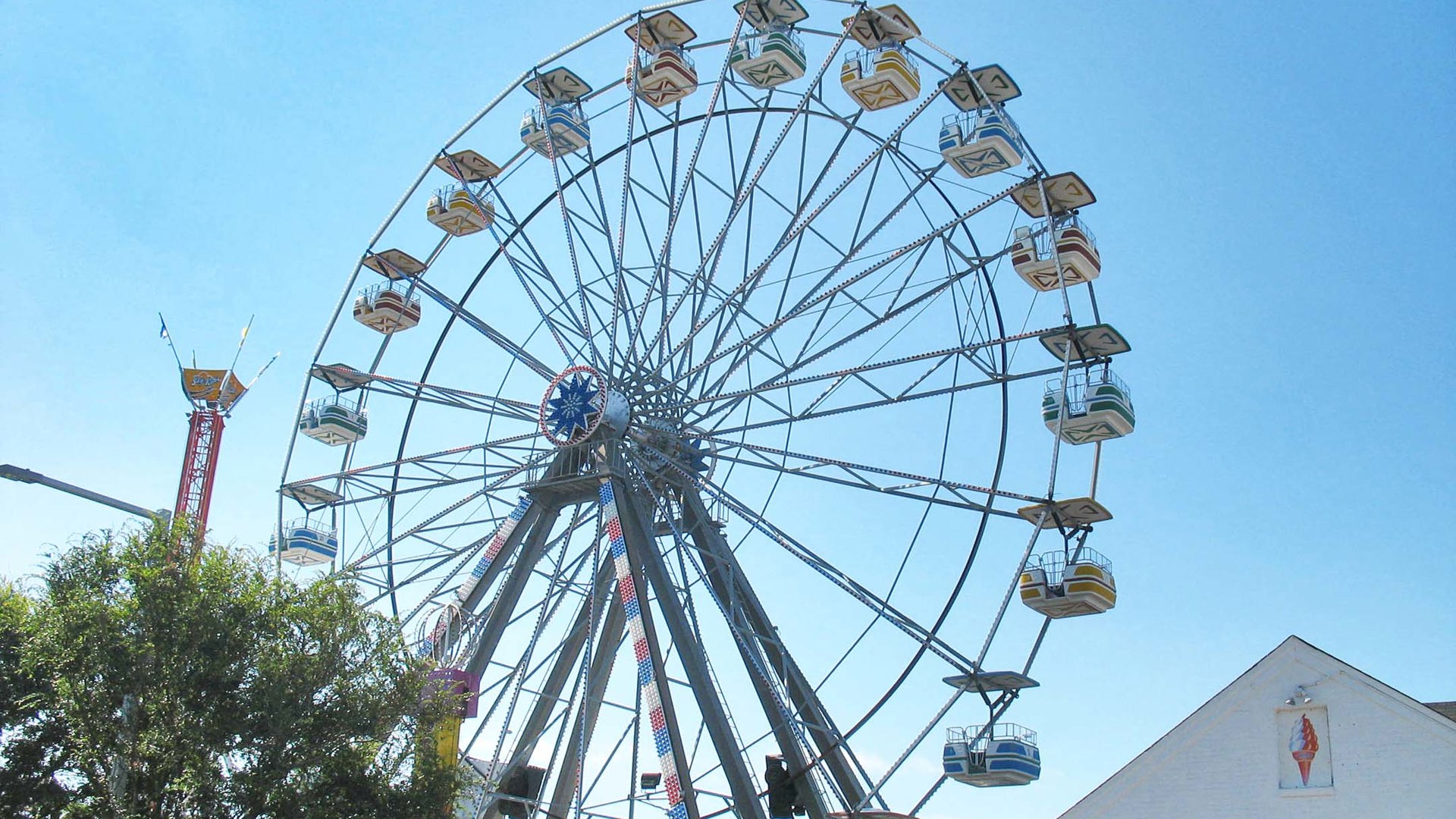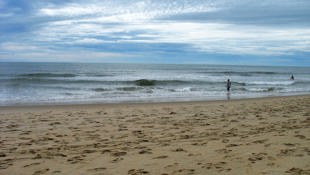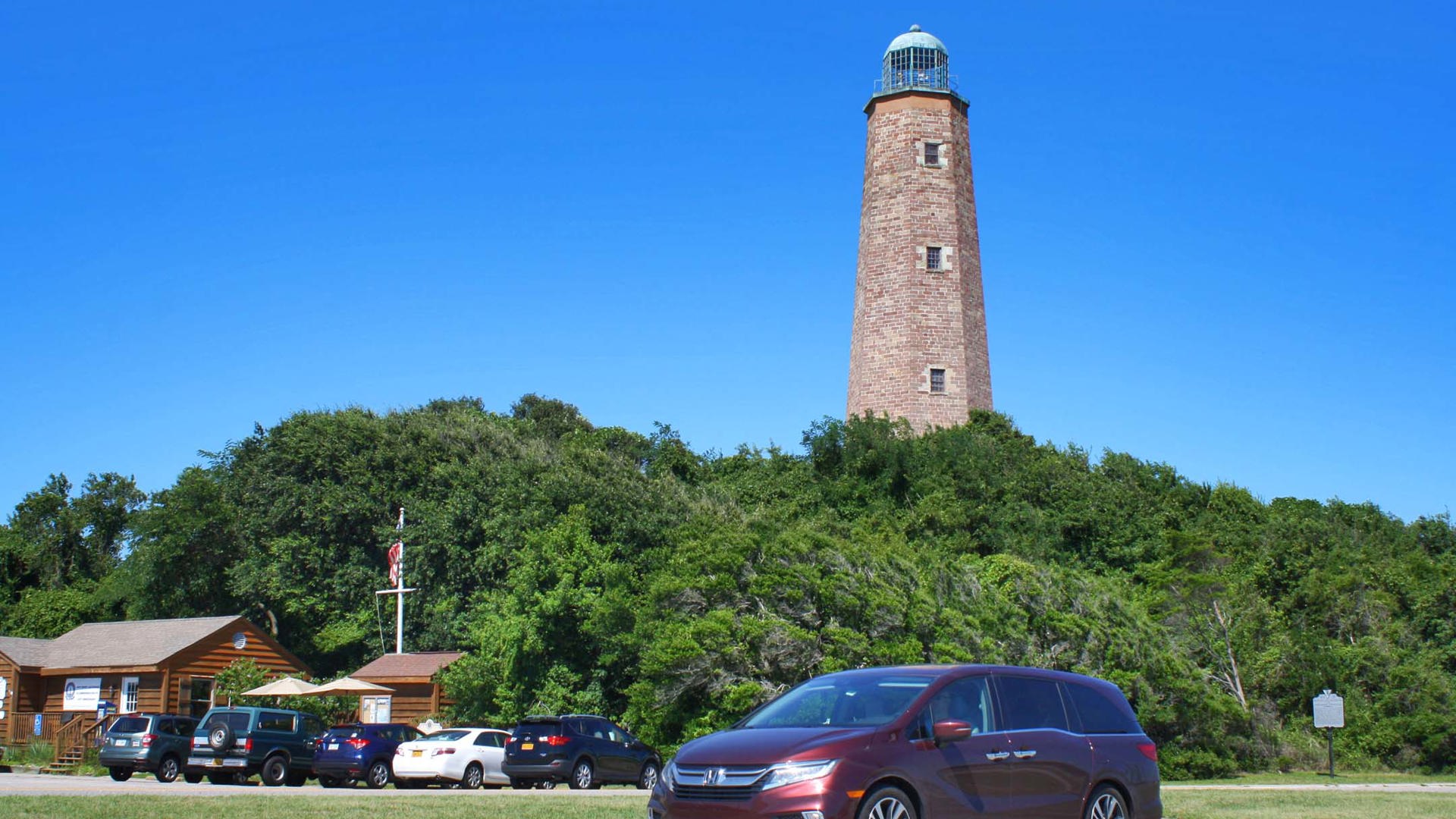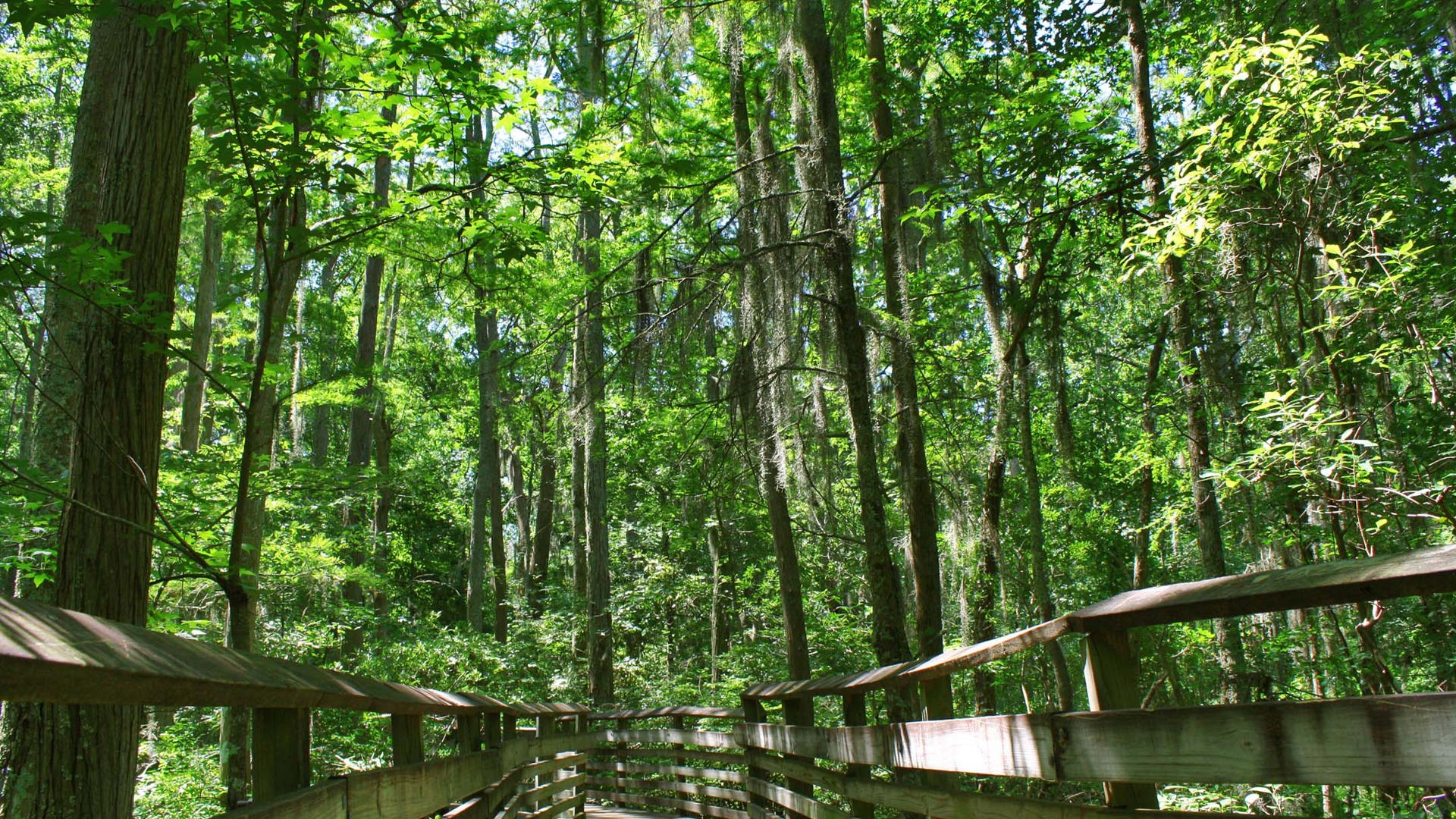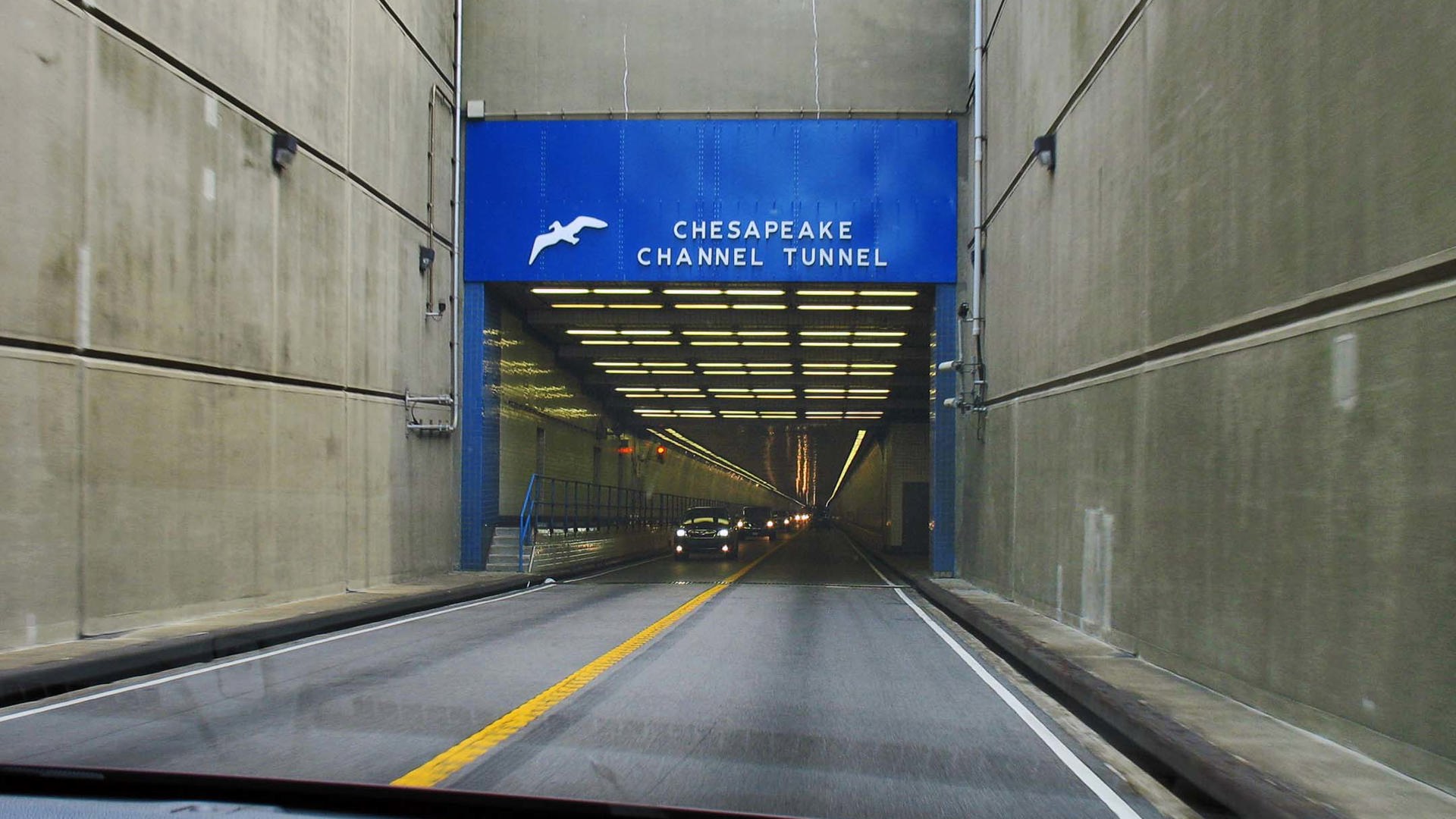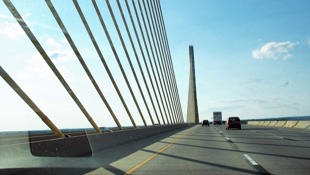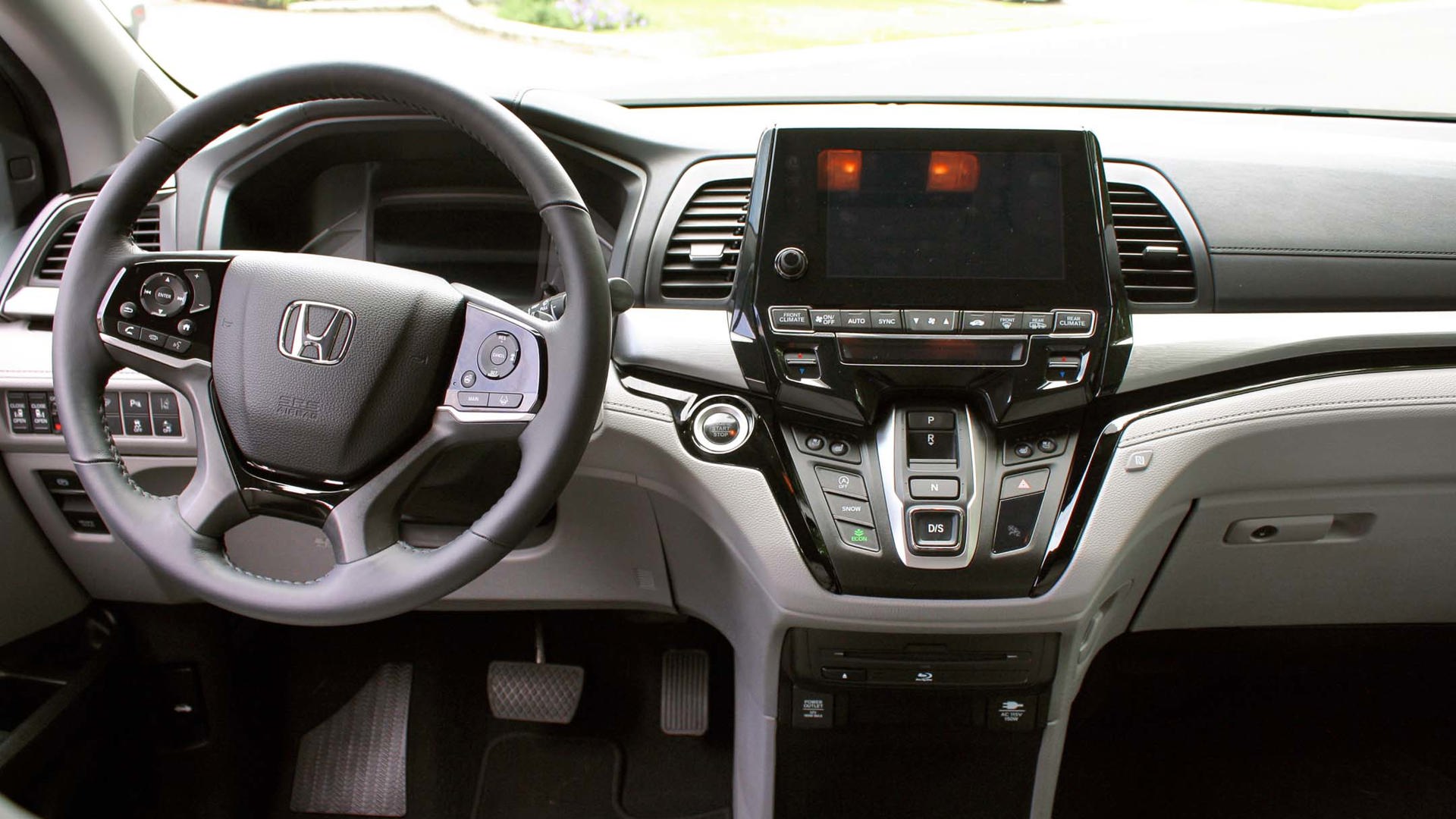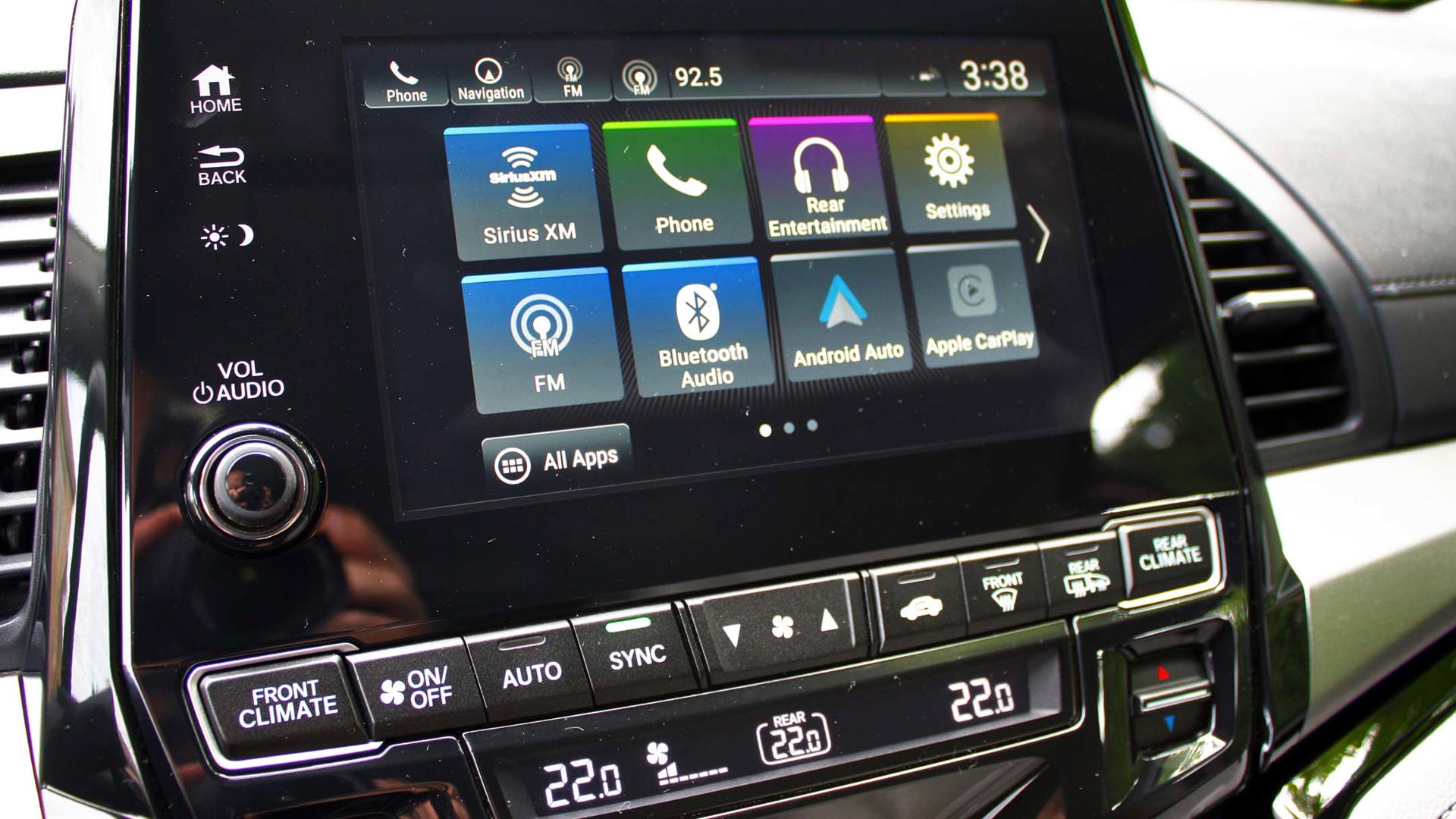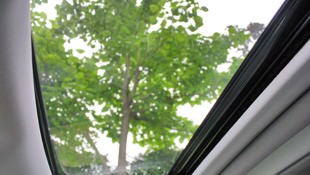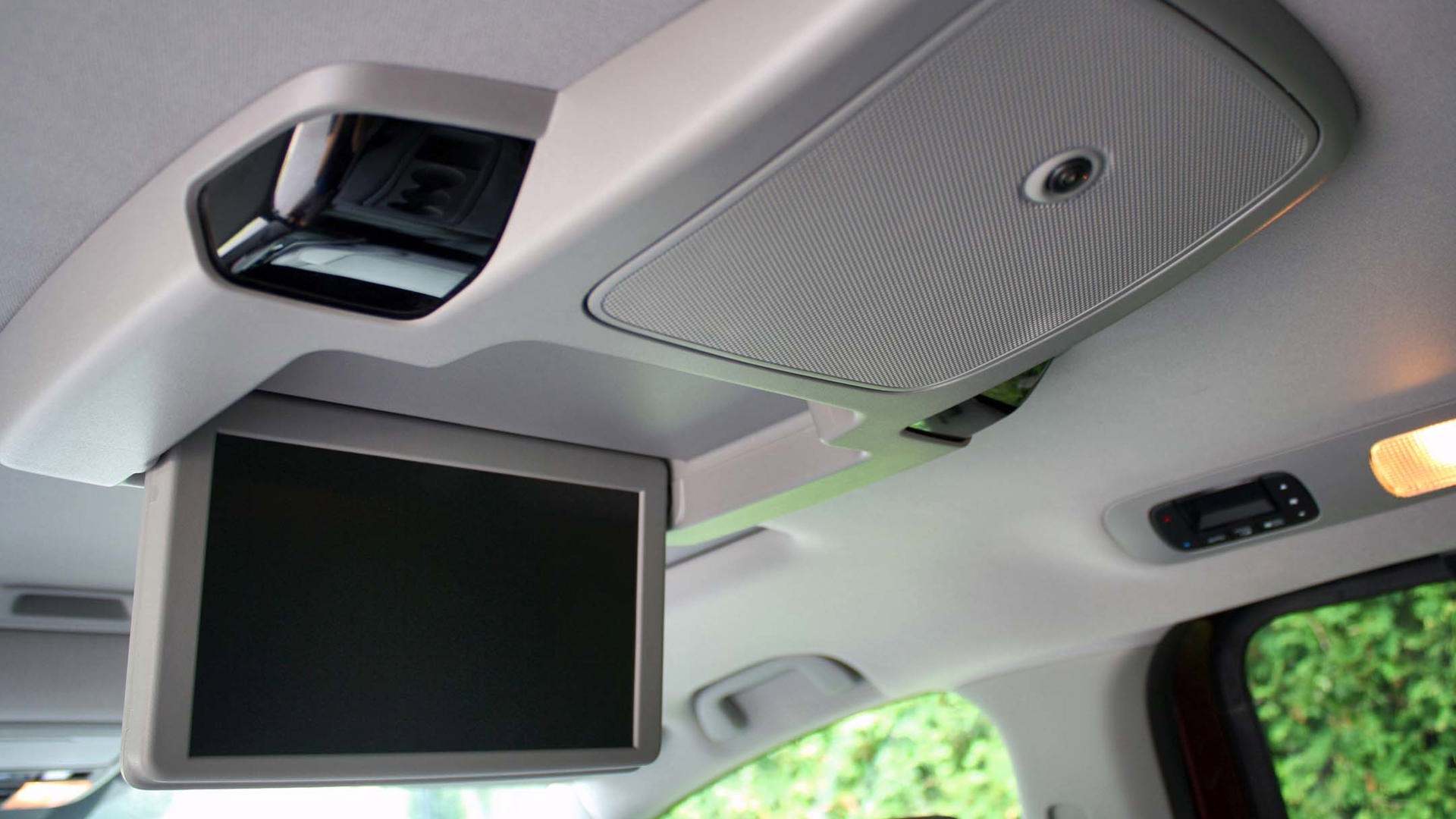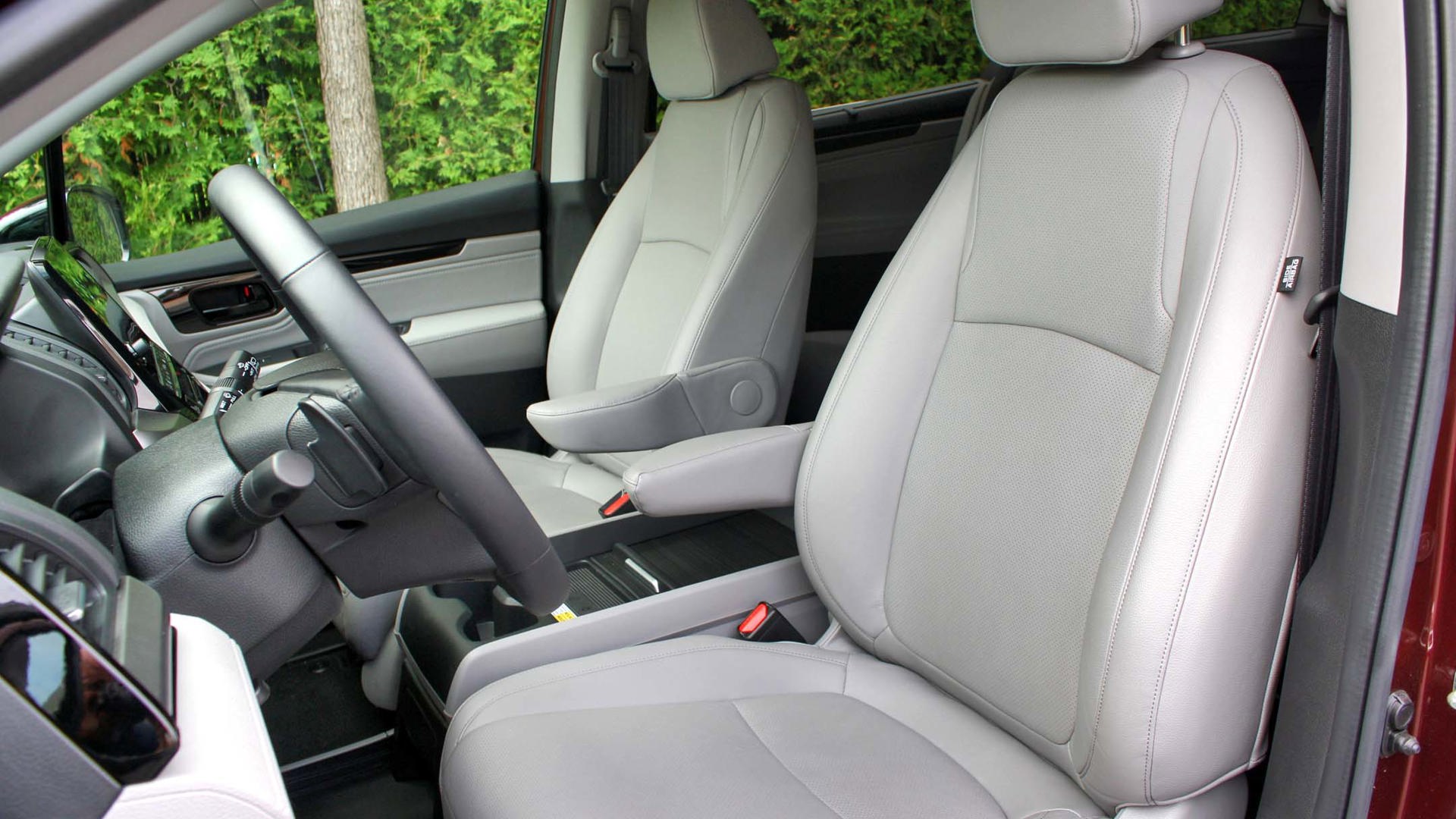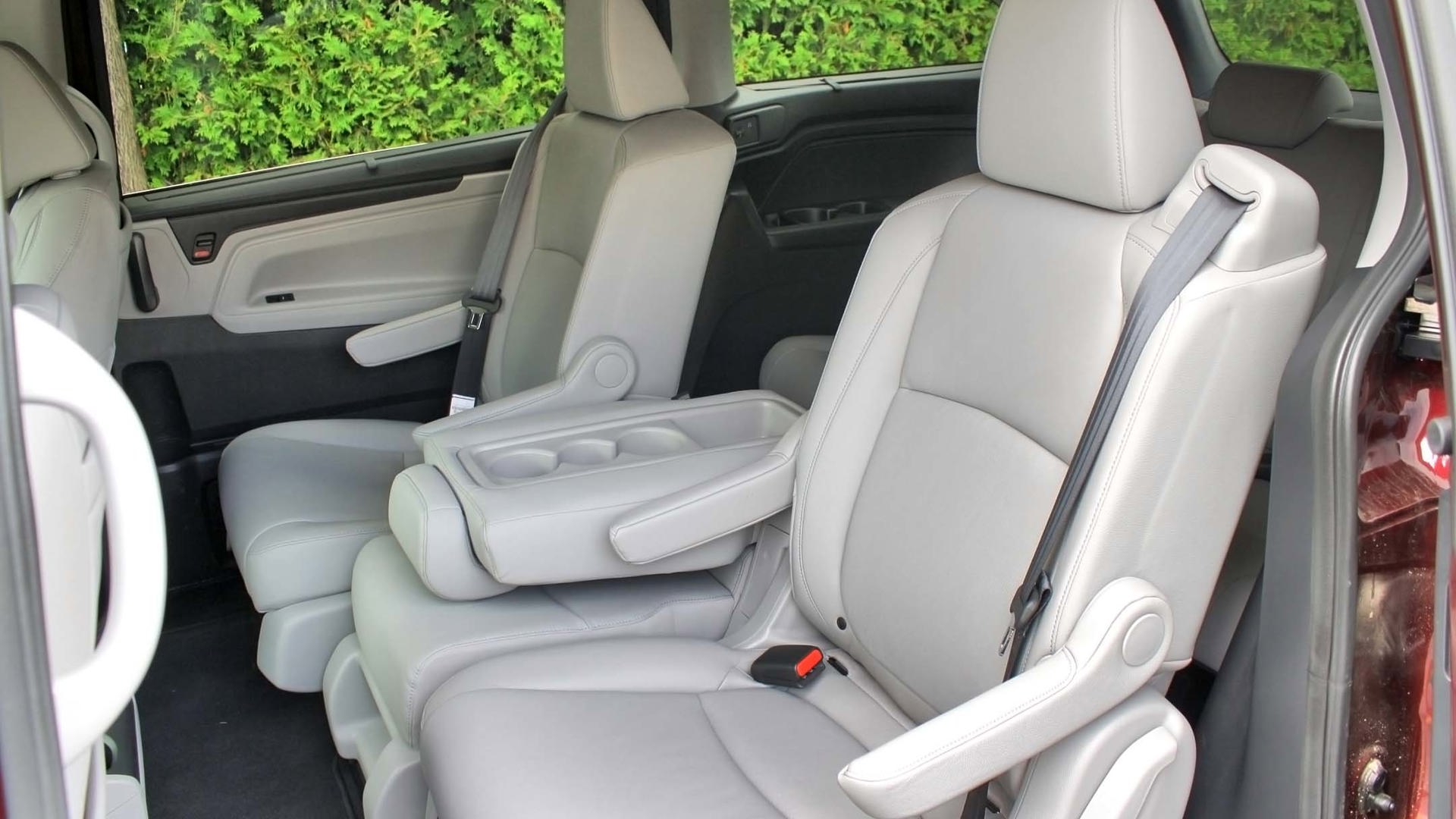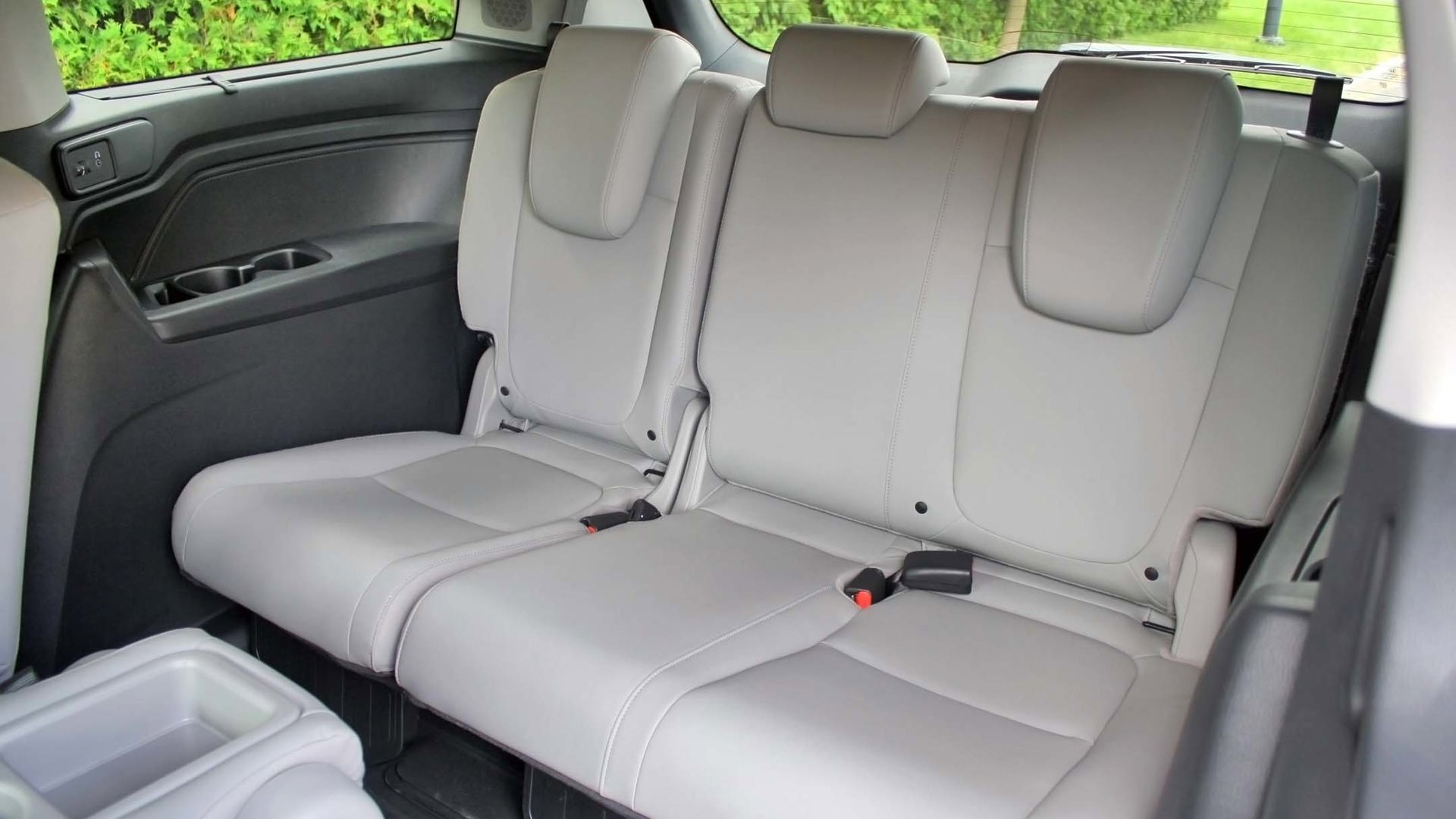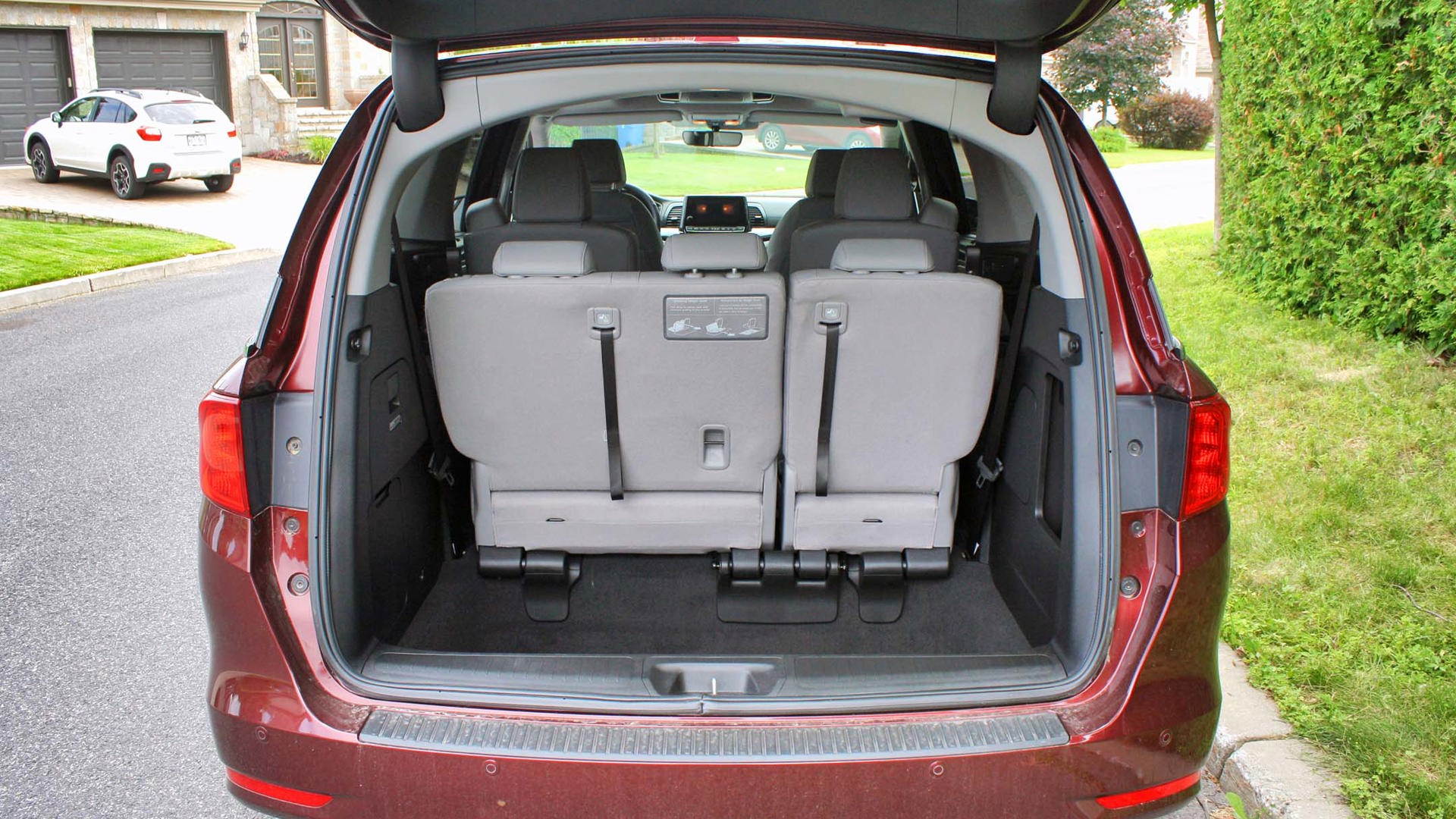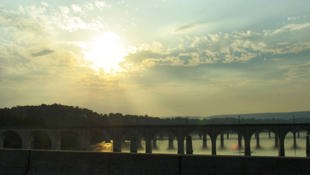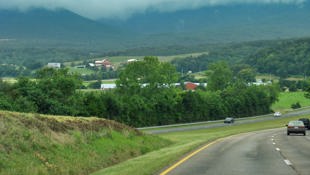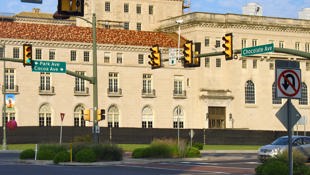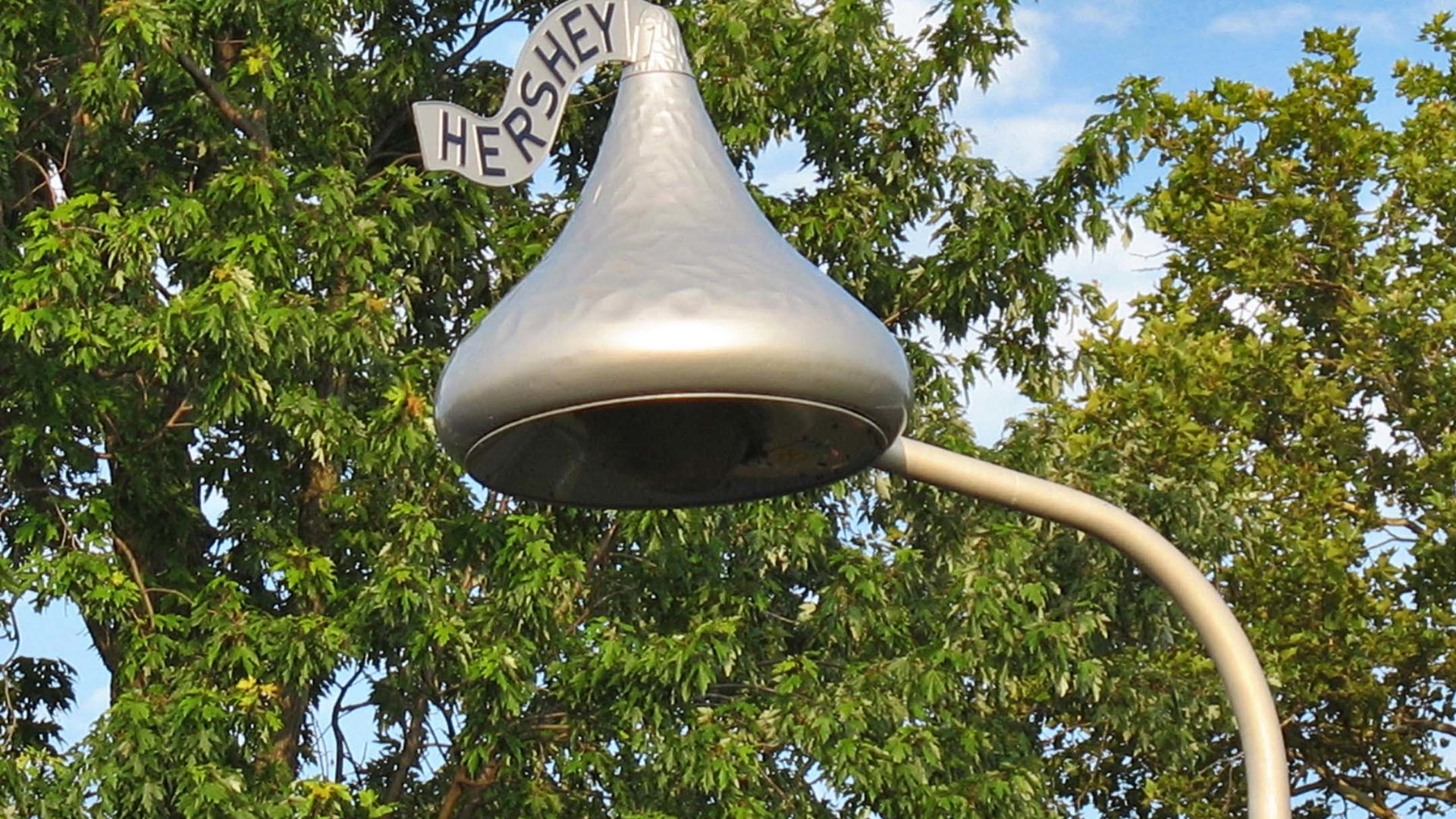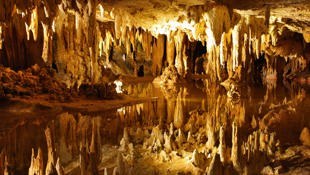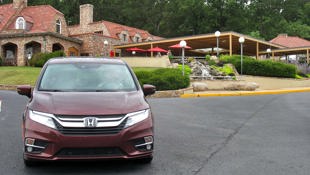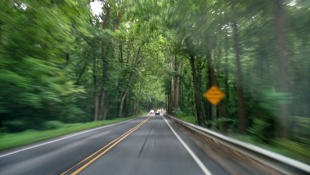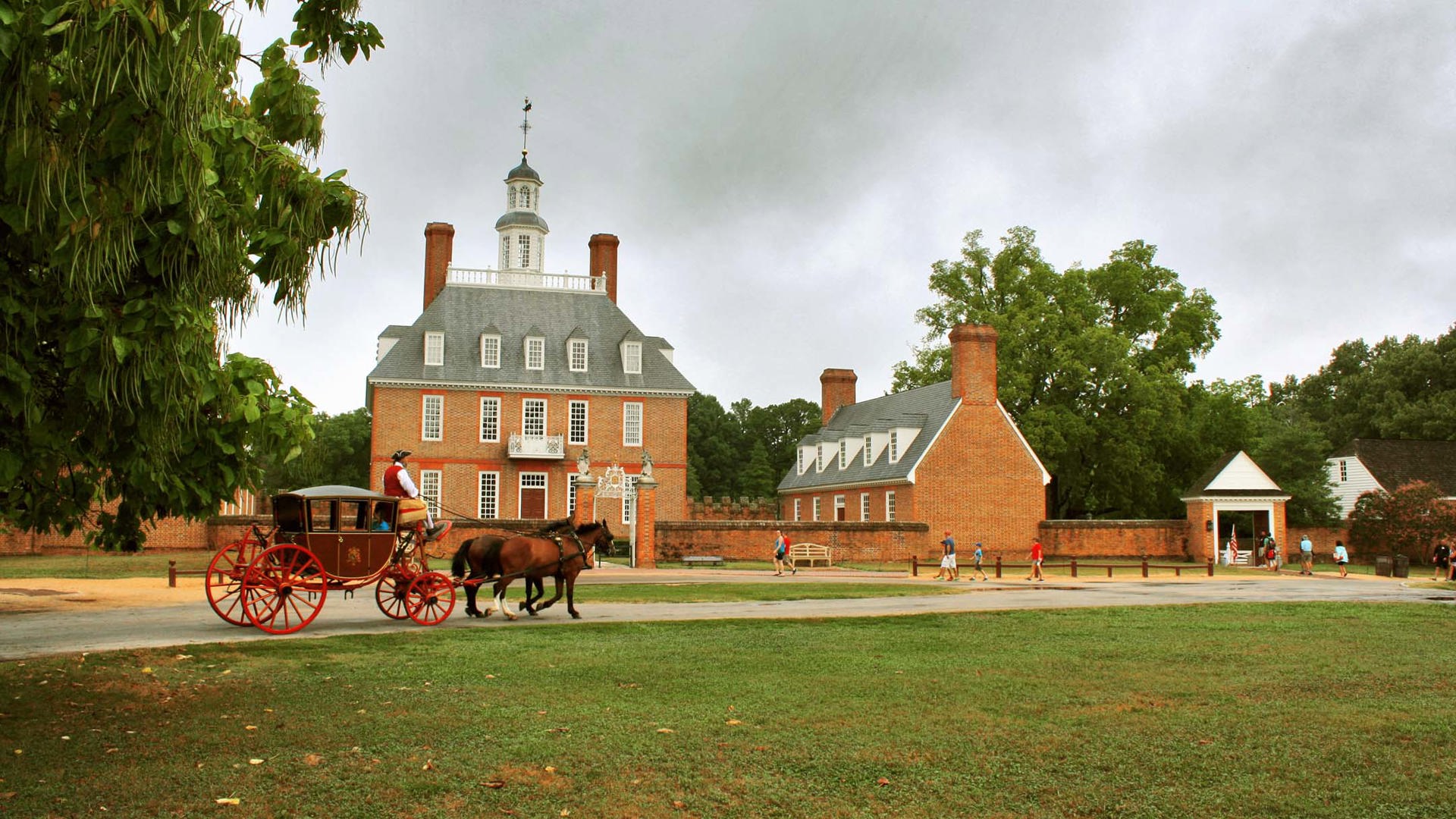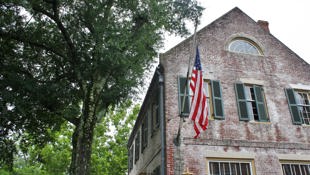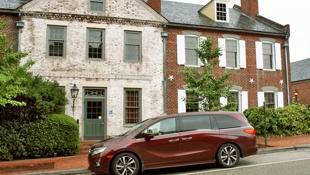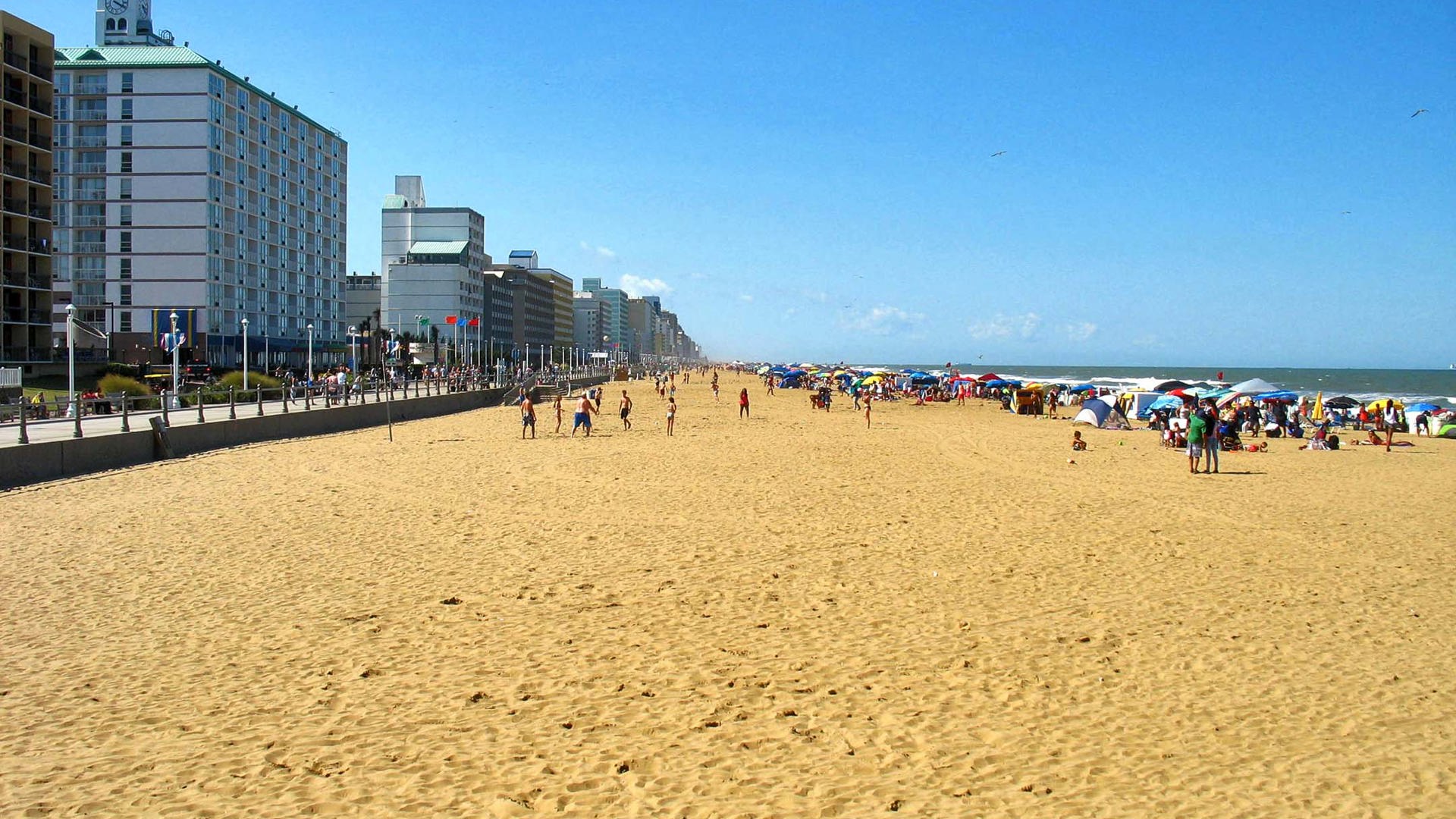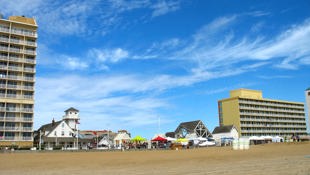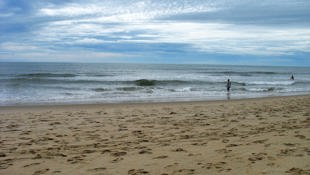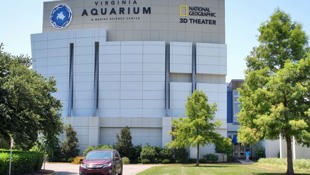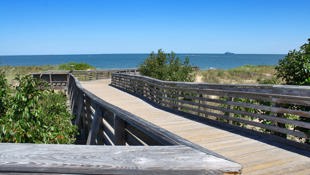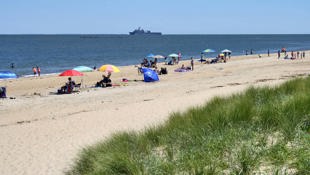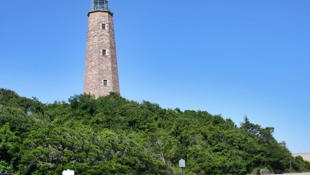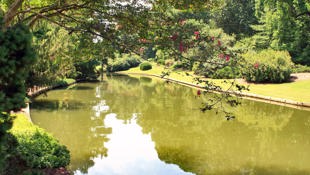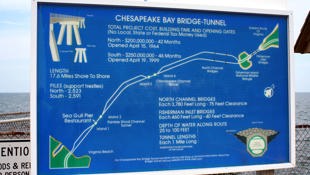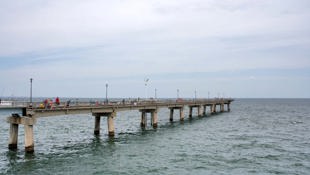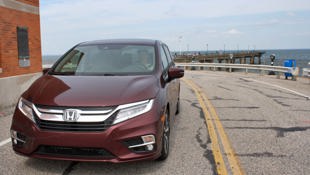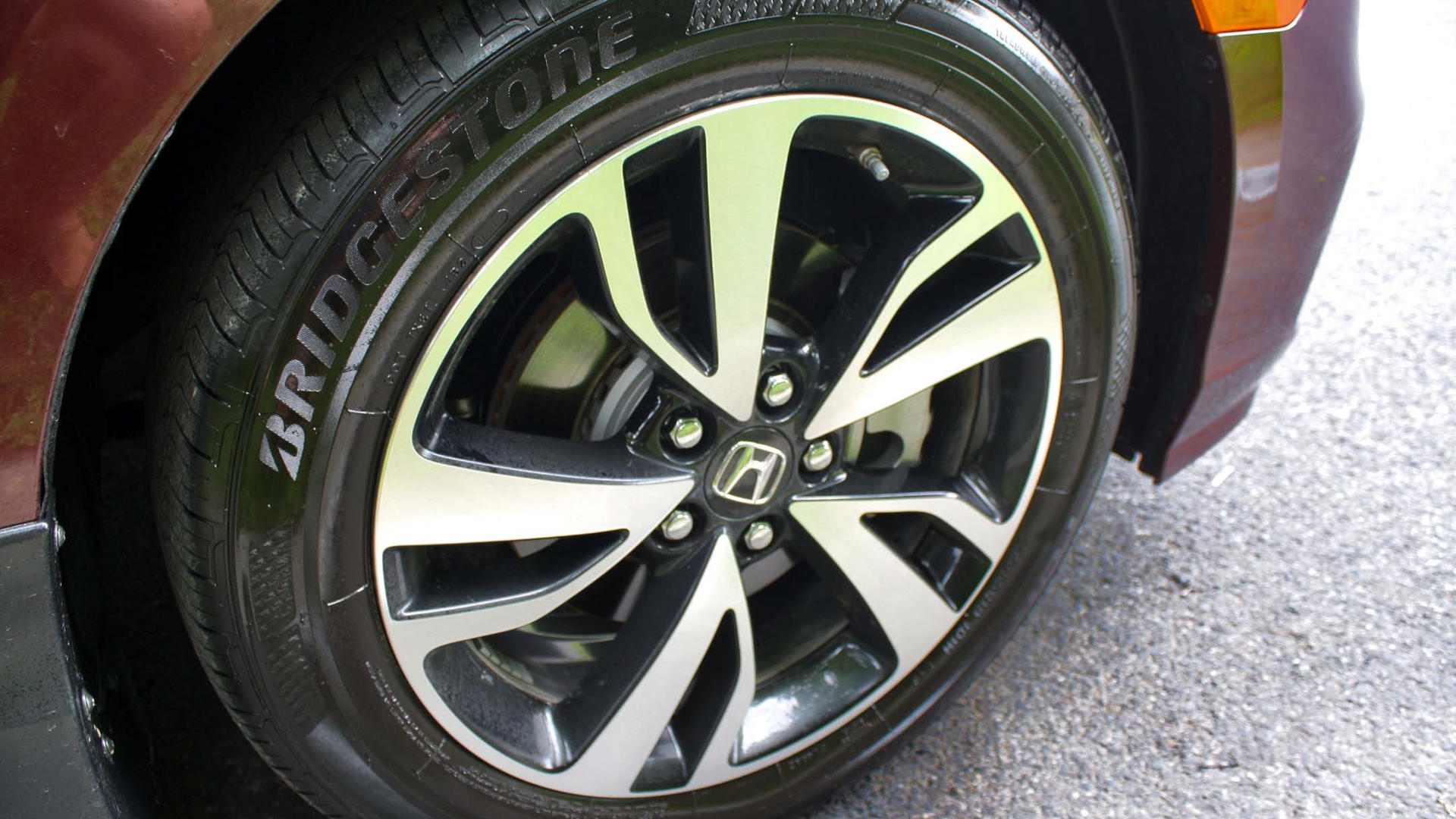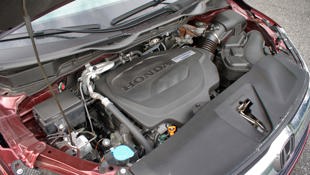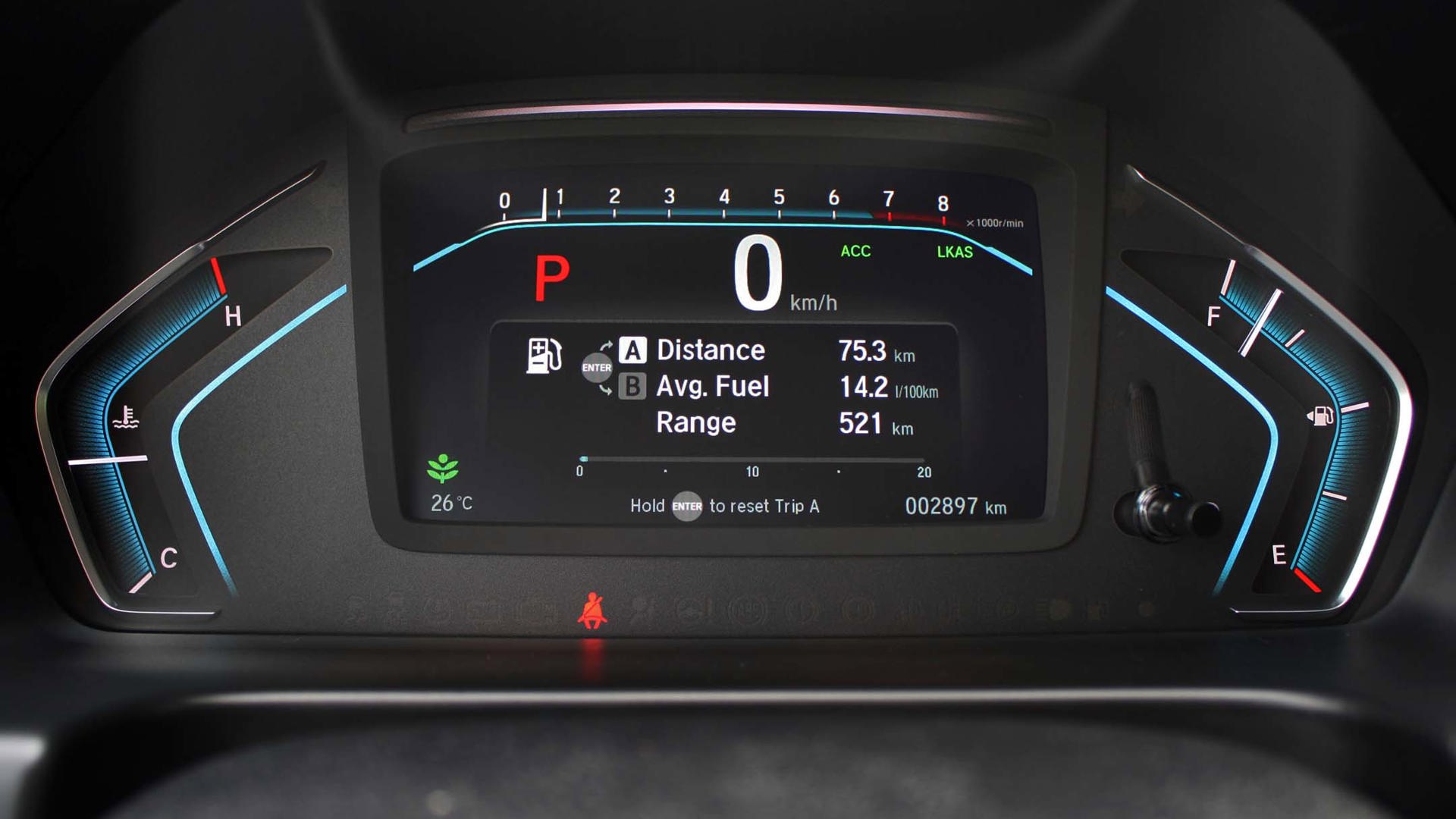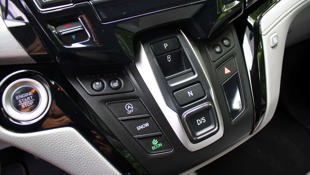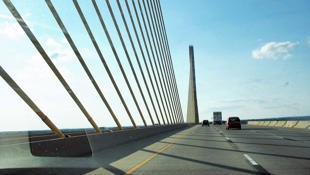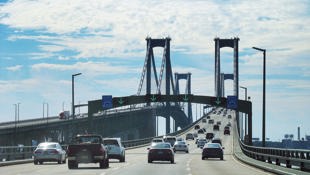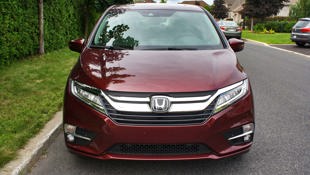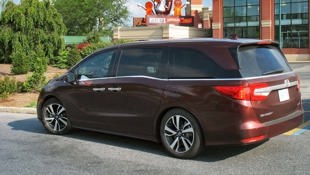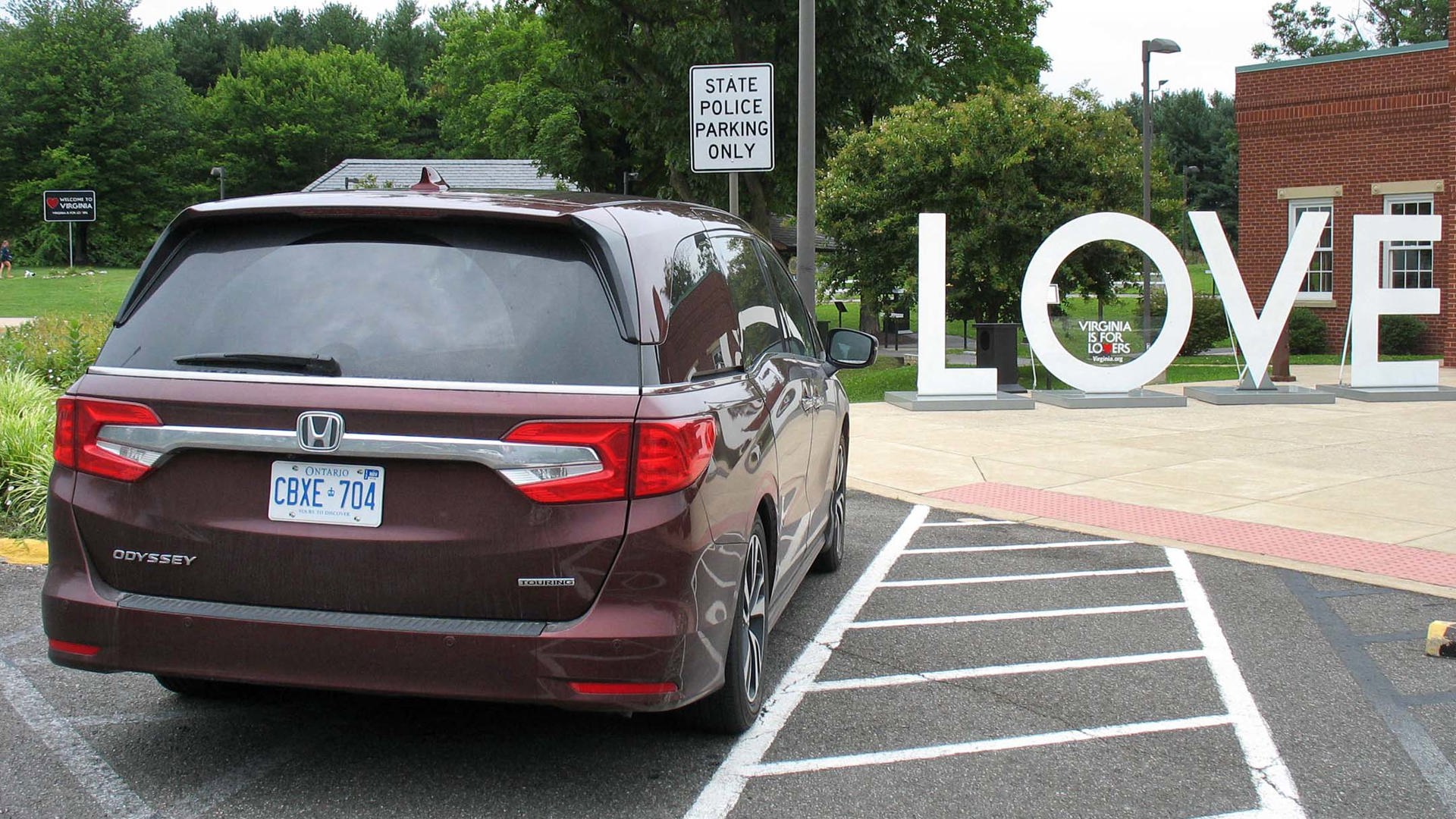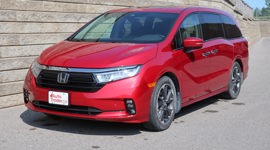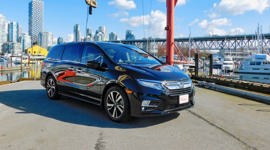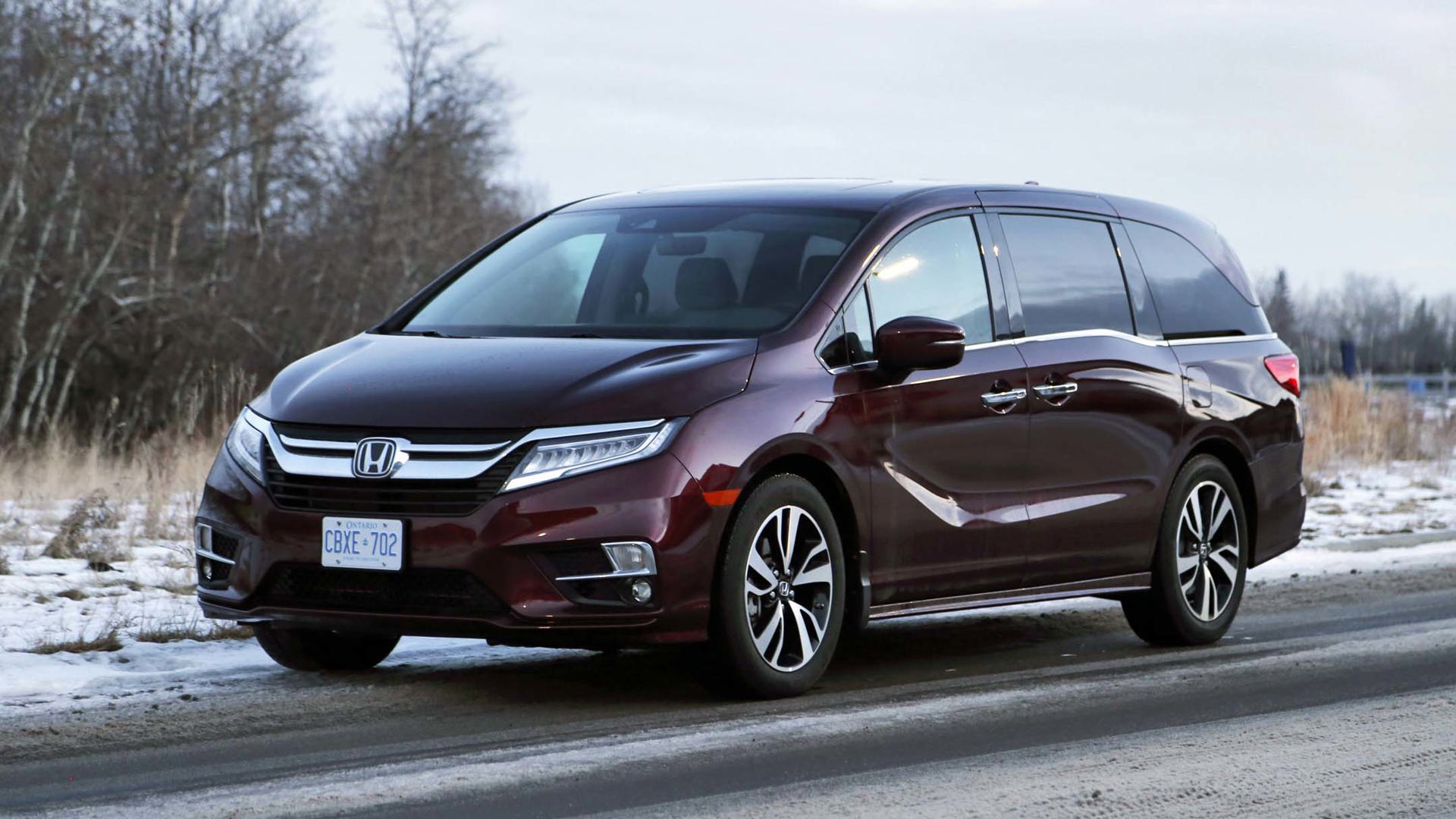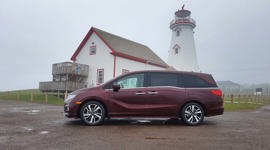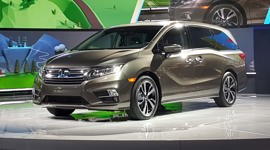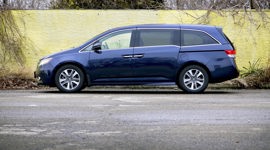 AutoTrader SCORE
AutoTrader SCORE
-
STYLING7/10
-
Safety8/10
-
PRACTICALITY10/10
-
USER-FRIENDLINESS7/10
-
FEATURES9/10
-
POWER8/10
-
COMFORT7/10
-
DRIVING FEEL8/10
-
FUEL ECONOMY7/10
-
VALUE9/10
The pretty customs officer had the cold, all-business attitude one would expect from an Iron Curtain guard from the Cold War. “Anything to declare?” “Yes, ma’am, I’m a junkie.” “What?!” “A minivan junkie, ma’am.” No, I did not exactly say that.
The HondaVAC is a gimmick that doesn’t suck – precisely because it does.
I did declare that I wanted the sun to come out – but I did not get even a hint of a smile. It has been a rough non-summer in Quebec, with rollercoaster temperatures and unstable skies. In a quest for uncharted vacation territory (for my family, anyway), we plotted a route that would take us down to the famed Virginia Beach resort area (and its statistically better weather), dipping our toes into Southern culture. Y’all ready for the ride?
Our RUV
I can declare to you, dear reader, that I am, in fact, a minivan junkie. Back in 2003, I traded my German sedan for a new Odyssey and never looked back. Feeling the stigma of the term “minivan”? Just think of a minivan as an RUV – a Road-trip Utility Vehicle. There, stigma removed.
Our teen trio grew up in the back of Odysseys, and love the first-class comfort of a minivan’s vast passenger compartment. On the parenting side, we love that all our cargo fits right behind the third row. Is there a more perfect family to put the new fifth-generation 2018 Honda Odyssey through its paces?
Our tester was a Touring model in nail-polish-palette Deep Scarlet Pearl with light grey accents. Just past break-in mileage, this top-trim example came loaded with all the tech features one could want, but more importantly it features Honda’s new, groundbreaking in-house 10-speed automatic, complete with paddle shifters. I was looking forward to spending some time with it after the herky-jerky experience I got from the ZF-sourced nine-speed found in lower Odyssey trims and our last vacation rig, an Acura MDX.
And speaking of boxes, the new Odyssey’s wrapper makes one forget that this is basically a family bus. The floating rear pillar is better executed than on lesser cars, the one-piece rear window glass curving around to meet the rear windshield. Tucking the sliding door’s tracks under the glass freed up space for highly sculpted side panels that I fear may not age all that well in the long run, victims of fashion or door dings. The new raised front end shares a strong family resemblance with the Pilot, giving the new Odyssey a more “butch” appeal.
As a whole, the new Odyssey looks very slick and aerodynamic. The massive rear taillights and big chrome bar are this design’s weakest point, in my personal opinion. The modern look is completed by 19-inch alloys (lower trims have 18’s).
Previous-generation interior plastics did not leave one with the quality impression felt in other top-trim minivans. No such issue here – the 2018’s furnishings had me looking for an Acura badge. The heated/ventilated leather power seats (12-way driver’s) look as if they were poached from a high-end furniture store. The vast floor is covered in rich, thick charcoal carpeting and the top of the dashboard is made of a soft, no-glare leather-like material. The double screens are gone, replaced by a single 8-inch high-resolution (720p) unit perched high on the centre stack – where it easily washes out in the sunlight. The infotainment electronics are Android-based, and the Odyssey is the first to use them – look for this system to trickle down to other Hondas.
The impressive Touring-exclusive audio kit will have you wishing the kids would turn off the rear entertainment system. With 11 speakers, including a subwoofer, and 550 watts, this magic bus can really rock.
HVAC is controlled through good ol’ buttons and toggles, no need to flip through the three screens of options on the fingerprint-magnet touchscreen.
See anything missing? As with the Pilot and MDX, Honda has replaced the traditional shifter with a row of buttons. My wife remarked that it would be very easy to hit one when your hand hovers around the lower console. Set as they are amidst other buttons, a tech-challenged passenger may not even realize that these are transmission controls (“No Grandma, ‘P’ doesn’t mean ‘Phone’!!”).
Behind the first row is all the room you’ll ever need. We kept the middle second-row seat in place (folded as a console), forgoing the new Magic Slide feature. More storage is found in the sliding doors (whose power operation is eerily silent) and in the front seatbacks, with no fewer than two pockets per seat. All side windows have built-in blinds, even in the adult-friendly third row (an SUV’s penalty box this ain’t).
Above your head up-front, the sunroof is so small you’ll hardly notice it. While we feared that the three lone USB ports would have our gadget-toting trio worried about battery usage, there are numerous 12V sockets and 120V household plugs to provide power to everything we brought. Thanks to the Magic Seat’s storage well, the trunk swallowed our suitcases and beach gear with zero effort, and in fact our cargo barely reached three-quarters of the third-row seat height. Try that in an SUV (with the third row up, the Odyssey offers 929 litres of trunk capacity, more than double that of a typical three-row SUV).
Getting wet
The Lacolle border crossing between Quebec and New York is one of the busiest in the country. Yet on this cloudy and rainy Thursday morning, it was empty. If the lady in the booth did not smile, we sure did. Once you’re clear of the Plattsburgh area, I-87 enters the Adirondack region and offers the most scenic leg of a full day’s drive.
Get distracted by the scenery or the infotainment system, and the lane-departure assist will tug at the wheel to steer the driver’s attention back to the road ahead. However, despite the infotainment’s system use of Android technology – suggesting a smartphone-like experience – I found the touchscreen very slow to react, often requiring deliberate and repeated attempts to get the “buttons” to work. “Tug-tug-tug,” goes the steering wheel.
At speed, the slick bodywork and improved soundproofing makes the cabin a very serene place to gobble up mile markers. With not much scenery past the mountains, the girls used the Blu-ray player/10.2-inch entertainment system in the back, leaving us adults with only the front speakers to work with, which was not as bad as expected. The trio had fun with the “How much Farther” app, so the infamous question never came up.
Rain was off and on for most of this drive, so the automatic setting for the windshield wipers was a blessing, although I never found a perfect middle ground between lazy and hyperactive.
Instead of driving straight south for 12 hours to reach our final destination, we plotted a two-night inland detour that would take us through the Shenandoah Valley and towards the Luray Caverns. This corner of Pennsylvania is dairy-farm central, the very reason Milton S. Hershey based his famous Hershey Chocolate Company there. Here you can cross the intersection of Chocolate and Cocoa Avenues, under streetlights shaped like Hershey’s Kisses. Once you see the Hershey’s-themed attraction park and the prices on the myriad products for sale in Hershey’s World, the smell of tourist trap starts to overpower the chocolate-perfumed air in the main building. A free Disney-type ride teaches you how chocolate is made, complete with animatronic farm animals and Hershey products. It made us feel like we were in a mad villain’s abode in a children’s movie.
The Luray Caverns, discovered in 1878 by Andrew J. Campbell, were the main reason for our inland trek. Yes, the sideshows, green-screen photo ops, souvenir stands, and $27 tickets give the place a tourist-trap aura, but once underground you’ll realize why these caves get enthusiastic coverage from National Geographic. The 1.5-mile underground loop, accessible only in guided group visits, is well lit and dry. The caves look a bit too clean to be real at first glance, but with no fresh-air access to the caves, there are no bats, insects, or vegetation to make things gloomy down there. Enjoy the magnificent stalactites and stalagmites, slowly dripping their way to a mineral union. Chambers open to the public are huge, with vaults towering up to 164 feet above the floor.
The humid heat from outside doesn’t make it 300 ft underground, which made for an intense contrast when we walked back outside. The Odyssey’s triple-zone HVAC system was more than up to the task, with the cabin cooling down impressively fast. Airflow is improved over previous generations, thanks to additional ducting at body level. Third-row passengers get well-situated vents ahead of the armrests, while front-row buckets benefit from mechanical ventilation. Even set at the top of the three available intensity levels, the seat vents up front were never intrusive yet relieved us of Sweaty Back Syndrome.
The second main attraction in this area, visible from the cavern’s parking lot, is the Shenandoah State Park’s Skyline Drive, set on the crest of a rocky linear mountain range that towers 3,000 ft above the valley. Alas, when we returned aboveground, the top of the mountains were hidden by clouds and fog.
Skipping the currently non-scenic drive, we programmed the Odyssey’s navigation system for our hotel in Richmond, VA, and picked the quickest route. Unlike what we experienced last year in the MDX, the new-gen Honda nav system offered logical choices, and allowed us to program it on the go, with our pick of up to three different routes for each trip. Instead of backpedalling to the interstate, the shortest route had us cutting through rural areas and over one of the Shenandoah notches that cross the park.
This is where I finally found a playground for the Odyssey’s paddle shifters. Much to my surprise, the 10-speed box never seemed lost in its Neil Pert-worthy gear set. Yes, there’s a lot of shifting going on when moving from a stop, but shifts are crisp and clean, with a nearly dual-clutch quality about them. Using the flippers triggers a display of what gear you’re in. Early launch drives on slower roads reported that 10th gear was seldom seen, but I can attest that the Odyssey does stick with 10th on endless interstates, the V6 loafing along at 1,500 rpm at 120 km/h.
The Odyssey downshifted effortlessly; and with the downhill part snaking down to a much lower elevation, the paddles were helpful to trigger engine braking. Honda is known for its mechanical engineering wizardry and the homegrown 10-speed automatic sure looks like a hit to me – let’s hope it trickles down to lesser trims. The fifth-gen Odyssey has a completely different rear suspension than the Pilot, and in combination with the 235/55R19 tires and precise steering, made for an entertaining bus on the back roads.
Beach buggy
After a restful night, we set sail towards the coast under more rain. Along the roads to Virginia Beach you’ll find old plantation homes and the “Historic Triangle” formed by the colonial towns of Williamsburg, Jamestown, and Yorktown. Even if you’re just driving through the region, the historic district in Williamsburg is worth a stop. Bypass the visitor center’s free but remote parking lot and head for the parking garage at the corner of Henry and Prince George. At US$1 an hour, it’ll save you quite a walk.
There are no admission fees to the colonial area itself. You can walk around, visit the shops and taverns – only specific buildings are reserved for ticket holders. It’s a great way to spend a two-hour lunch break, travelling back in time and watching actors play out the daily lives of early settlers. It was a very serene experience, right down to the fine mist that was coming down.
Virginia Beach fills up with people on weekends and we feared the traffic jams we had experienced accessing other beach towns. No such problem here. We found ourselves on urban highways with up to six lanes per direction, easily digesting the coastal traffic. Nav Lady properly instructed us to use the center express lanes, and we made such good time that we arrived early.
The radar-assisted cruise control works pretty well on open interstates, with thumb-triggered presets for distance to choose from. However, as soon as traffic increases, the Odyssey becomes a bit paranoid and doesn’t seem to know if it wants to lift the throttle or brake hard when another vehicle enters its path. On many occasions where I would have left on a “dumb” cruise control, I had to go back to manual driving to avoid making my crew seasick with the Odyssey’s self-braking.
We rented our beach HQ from a local agency called Anchor Realty. Virginia Beach’s oceanfront is lined with concrete high-rise hotels, but the old beach-town vibe is present right across the street where most buildings are traditional low-rise, with a mix of old and new. Our beach house for the week was a condo just a block and a half from the water. Set on the top floor of a newer building, it had three bedrooms, two baths, a modern kitchen, and all the amenities one could want, including beach buggy and gear.
After all the rain we endured, we woke up to sunny skies that never let go for the remainder of our vacation – relief was finally here! Free of luggage, the Odyssey’s vast trunk became our beach cubby and our gear stayed right there. Of course, this brought a lot of sand into the Odyssey, which was part of my plan actually. The HondaVAC rose to the challenge at the end of our stay, easily gobbling up all the sand inside the car, front to back. This is a gimmick that doesn’t suck – precisely because it does.
Atlantic Street is the three-mile-long main drag along the waterfront, and it’s a bit of a circus, as expected, with souvenir shops, frozen custard stands, the requisite haunted mansion, and of course Impalas rattling their bumpers off with R&B bass.
Our condo was nicely set back from the street noise, as was the boardwalk, cut off from the street with hotel after hotel. The beach itself is a seemingly never-ending ribbon of sand, so vast it never seems crowded.
The dolphin-themed merchandise is no fraud here – a mere look at the horizon will reveal pod after pod of the friendly swimming mammals. This is an open ocean beach, so mind the waves because their strength may surprise you (red flags were up for part of the week). Water is warm and the bottom is free of seaweed, shells, and rocks. The boardwalk itself is a vast concrete area with a separate bike path on which you’ll see some of the coolest beach cruisers. The only things to interrupt the sound of the waves on this side of the Great Hotel Barrier are the fighter planes.
With an air force base just south of Virginia Beach and the Norfolk Navy base nearby, the blue skies are constantly broken up by low-flying, deafening jets on training missions. If you live under a major airport’s approaches, and are looking for a break, then VA Beach isn’t for you. The planes don’t let up until 11 pm.
Beyond the beach
Taking a break from the sun? Virginia Beach has a nice enough aquarium, with a short but fascinating clear glass tunnel under the main tank, where you can watch stingrays and sharks glide above your head. Two hours are plenty to visit the two pavilions and walk the wooded path between them. Add more time to throw the IMAX theatre into the mix.
Located further south, near the North Carolina border, is the beach community of Sandbridge. This is to Virginia Beach what Cape May is to Wildwood: a peaceful beach town with no loud crowds or tourist shops, just grassy dunes lined with classic beach houses and so much sand that they have to plough the streets. At the opposite tip of VA Beach is where you’ll find the pilgrims’ first landing spot. You can see two lighthouses, the historic but decommissioned Cape Henry Lighthouse that you can climb up, plus its working replacement nearby.
The twist is that both are located on an army base, so you’ll need your passports, driver’s licence, car registration, and your best “Yes, Sir!” to go in. They will also have you step out of the vehicle, and wait behind a line while they inspect the vehicle, after making you pop open all doors and the hood. Always interesting with a car whose prior whereabouts you know nothing of. The service members were friendly, and I bet they’re having fun drilling the tourists!
Once you exit the base, just a bit further north is the First Landing State Park. Oceanside you will find the Chesapeake Bay’s calm water and beaches, where you’ll easily spot more dolphins and large ships going over the famous Chesapeake Bay Bridge–Tunnel. Inland, across the road, is a marvellous network of shaded walking trails take will take you through woods and swamps sprinkled with Spanish moss. The peacefulness of the swamp trails was a welcome break from the boardwalk action scene.
Norfolk, or “Nor-f’lk”?
We all laughed at Nav Lady’s pronunciation of “Nor-f’lk”, skipping the “o”. Well, she had the last laugh as the locals do say “Nor-f’lk”. Most people associate Norfolk with its expansive Navy base, and there are many options to tour that base from land or water. Being more the peace-and-quiet types, we opted instead for Norfolk’s Botanical Garden, a vast green space located next to the airport (more plane noise!). Consider visiting the gardens in the morning, as the walking paths are out in the sun.
After baking in the parking lot for a few hours, the Odyssey’s HVAC system once again cooled the vast cabin in just a few minutes and Nav Lady took us to our next stop through surface streets. We spent our afternoon in the (overly) air-conditioned Chrysler Museum of Art. No cars in there, but there is an automotive link: this museum was renamed in honour of heir Walter P. Chrysler in 1971 after he donated most of his significant art collection to what was known as the Norfolk Museum of Arts and Science. Renovated and expanded in 2014, this is a very impressive facility where you can easily spend upwards of two hours ogling at the work of masters such as Rodin, Monet, and Gauguin, to name but a few.
In a separate building, the museum’s Glass Studio is a facility designed to let the public observe artists at work, using traditional and modern techniques; with the open ovens, you sure won’t freeze in there. A nice surprise: admission to the Chrysler Museum is free, as is parking. Indeed, the best things in life are free, and you can’t put a price on friendship. We spent a great evening that day with one of my wife’s childhood friends and her family, whose Coast Guard duties have them relocating every three years.
Bucket-list drive
All holidays come to an end, and sadly we had to point the Odyssey back north. The 37-km-long Chesapeake Bay Bridge–Tunnel (CBBT) was on my bucket list of must-do drives. Being a civil engineer, I find landmark bridges such as this fascinating. The bridge-tunnel is a combination of many structures, with two tunnel sections crossing under the shipping channels. Opened to traffic on April 15, 1964, all sections and structures were twinned for directional traffic between 1995 and 1999, except for the tunnels, whose two traffic lanes are in fact in the northbound tunnels. Work on one of the southbound tubes will get under way in the fall of 2017, costs estimated at US$756M.
Taking the CBBT saved us from the Baltimore/Washington traffic, and we made our way up through tax-free Delaware, stopping at the Rehoboth Beach outlets before calling it a night in Wilmington.
Luckily, the drive back home was free of nasty surprises. Nav Lady sailed us back home up through the Garden State Parkway, carefully avoiding the Newark/New York core area.
Spending eight hours on the road was a good place to review the Odyssey’s RUV attributes. The steering’s precision and straight tracking are solid assets when covering a lot of black ribbon. This is an improvement over the previous Odyssey.
Activating the lane-keeping assist saw the system make smooth arcs through highway turns when I loosened my grip on the steering wheel. After a few seconds, an audible and visible warning popped up to tell me to place my hands back on the wheel.
These partially autonomous driving features aren’t just for drowsy drivers. Weary of border traffic on this last day of Quebec’s infamous “construction holidays”, we opted for a “driving lunch”, so I had one hand on the wheel, and one on a tasty chicken wrap. Unknown to my wife and passengers, I had activated lane-keeping assist and loosed my left hand, but kept it on the leather rim. I could feel the steering moving beneath my hand, but my relaxed grip was sufficient to avoid any warning of impending doom. It became in effect a true driver’s aid, putting less stress on my left paw while we shared directional control.
I was still out of luck with the jerky cruise control, and had to right-foot it for a solid portion of the drive to avoid annoying passengers and following cars. In some instances, the radar still picked up slower vehicles after they left my lane, and it took its sweet time to resume the preset speed, with other motorists losing patience and passing me to the right.
And speaking of passing, I only had one instance of actual passing to do on a rural two-laner, and the drivetrain had no issues delivering the required oomph. May I say that for such a large family vehicle, the audio track from the 3.5-litre maestro is very pleasing at higher revs.
Also better than the previous generation is the ride, not that it was bad before, but rebound control and roll are very much improved, the new rear suspension design and sway bar showing their mettle. Brakes are also confidence-boosting once you get use to the soft pedal feel.
On the subjective side of things, Honda’s soundproofing efforts really shine, and that alone may justify moving up to a Touring model for families that spend a lot of time on the road (the top trim has acoustic side glass on top of the soundproofing improvements shared across the lineup). The Cabin Talk PA system is not that useful since white noise is kept in check.
The one feature that let me down somewhat is the driver’s seat. Tall vehicles have you sitting upright, with your buttocks supporting most of your upper-body weight, with little contribution from your back (the lower the car, the more you lean back, the more support one gets from the entire seat). So after two hours in the Odyssey I needed to stretch out for a break, or get out of the car altogether. At least the headrest is properly positioned, and doesn’t interfere with the back of my head, as it does in my 2012.
Sand dollars
When we got to customs, all gates were open, we just had three cars in front of us and we were greeted back home with a friendly smile. Y’all happy to be back, eh?
This trip took a toll – many tolls, in fact, to the tune of US$43.60. And herein lies a trap within the Odyssey’s navigation system: follow Nav Lady’s instructions, and you will whiz by toll booths in the express lanes, those designed for transponder users only. Nav Lady was consistent throughout the trip and always sent us down express lanes – and once through an automated gantry that does licence-plate tolling – cash users, follow the signs, not the nav instructions. As we do own a transponder, the reported tolls are the sum of the E-ZPass rates for the entire 3,000 km trip (cash rates would be a bit higher). The Chesapeake Bay Bridge–Tunnel toll is $15 by itself.
Before this trip, I was really looking forward to seeing what difference the 10-speed automatic would make on fuel economy on this real-world test. Returning the vehicle after a two-week loan, the trip meter displayed 3,055.7 km for a displayed average of 9.6 L/100km, midway between the highway and combined ratings. My calculator reveals 9.69 L/100km, probably the tightest gap I’ve seen with a press vehicle.
While not bad by itself, this number is pretty much in the same ballpark of what my 2012 Odyssey with a five-speed automatic does on our East Coast road trips. Looking at the Energuide figures, the nine-speed actually gets better numbers on the highway, where the 10-speed holds a slight advantage in the urban cycle. Here the subjective feel of the new transmission is where the added value is, but one would have hoped for better results at the pump.
The 3,000 km odyssey
Priced as tested at $52,115, the 2018 Honda Odyssey Touring is as loaded as a minivan can get, lacking perhaps only a seat massager for middle-aged dads. Otherwise, it leaves little to be desired and provides a more car-like experience than raised SUVs and crossovers. More importantly, the Odyssey offers the ultimate luxury of space, with plenty of room for a family to live, grow, and travel in. On Holiday Road, y’all can’t get any cooler than an RUV, even if it’s colour-matched to your wife’s toenails.
Trip costs
Totals
US$2,652.71
C$148.47
Fuel (regular)
US$172.11
C$13.47
Lodging
Comfort Suites Hagerstown, MD (1 night)
US$71
Comfort Suites Glen Allen, VA (1 night)
US$99
Anchor Realty Property #340 (1 week)
US$1,968
Ramada Newark, DE (1 night)
C$135
Admission
Luray Caverns
Adult tickets: US$27 (x5)
Virginia Beach Aquarium
Adult tickets: US$22 (x5)
Norfolk Botanical Garden
Adult tickets: US$12 (x2)
Youth tickets: US$10 (x3)
Tolls (E-ZPass rates)
US$43.60 (including $15 for the Chesapeake Bay Bridge–Tunnel)
| Engine Displacement | 3.5L |
|---|---|
| Engine Cylinders | 6 |
| Peak Horsepower | 280 hp @ 6,000 rpm |
| Peak Torque | 262 lb-ft @ 4,700 rpm |
| Fuel Economy | 12.2/8.5/10.6 L/100 km city/hwy/cmb |
| Cargo Space | 929/2452/3973 L behind 3rd/2nd/1st row |
| Model Tested | 2018 Honda Odyssey Touring |
| Base Price | $50,290 |
| A/C Tax | $100 |
| Destination Fee | $1,725 |
| Price as Tested | $52,115 |
|
Optional Equipment
None
|
|
